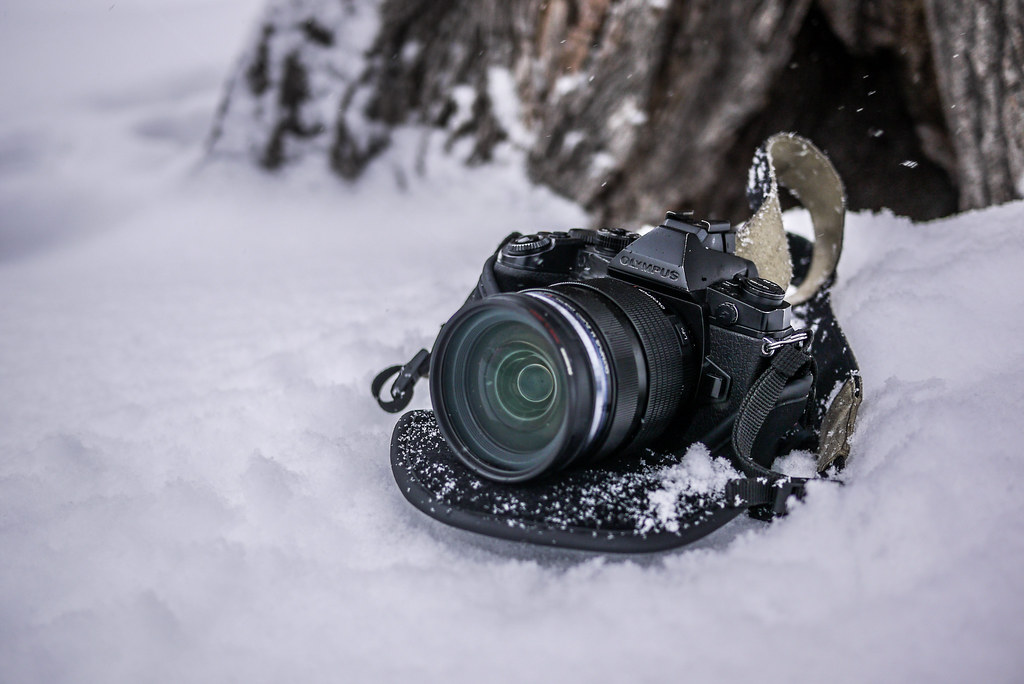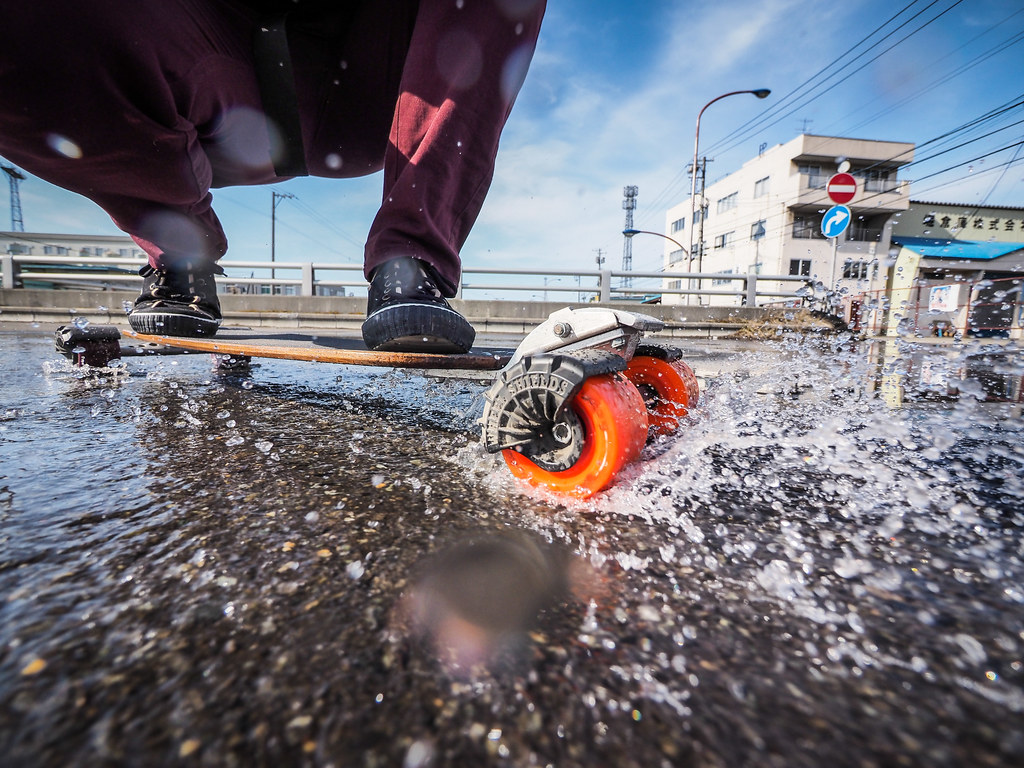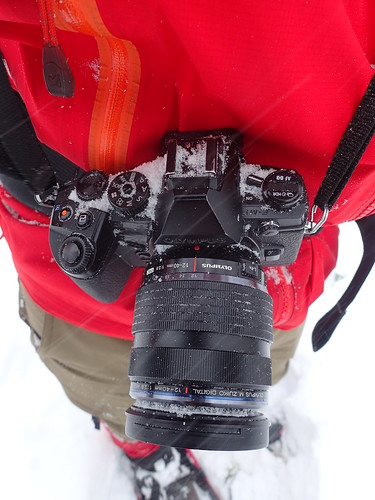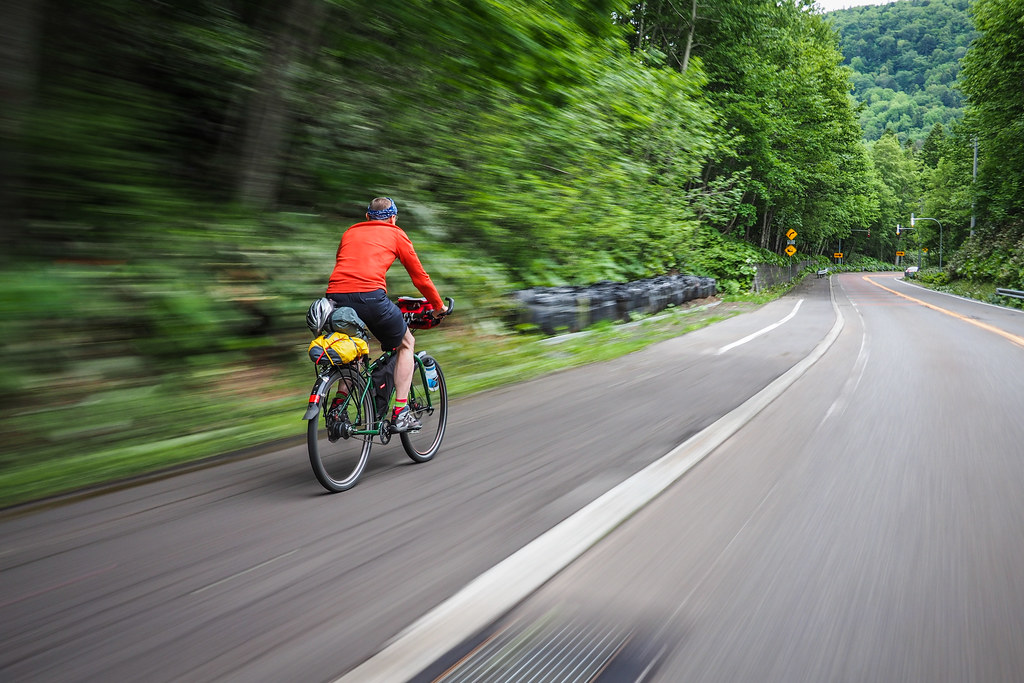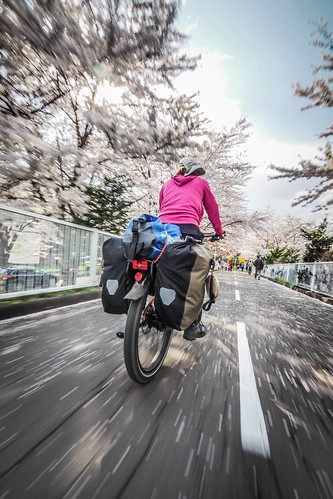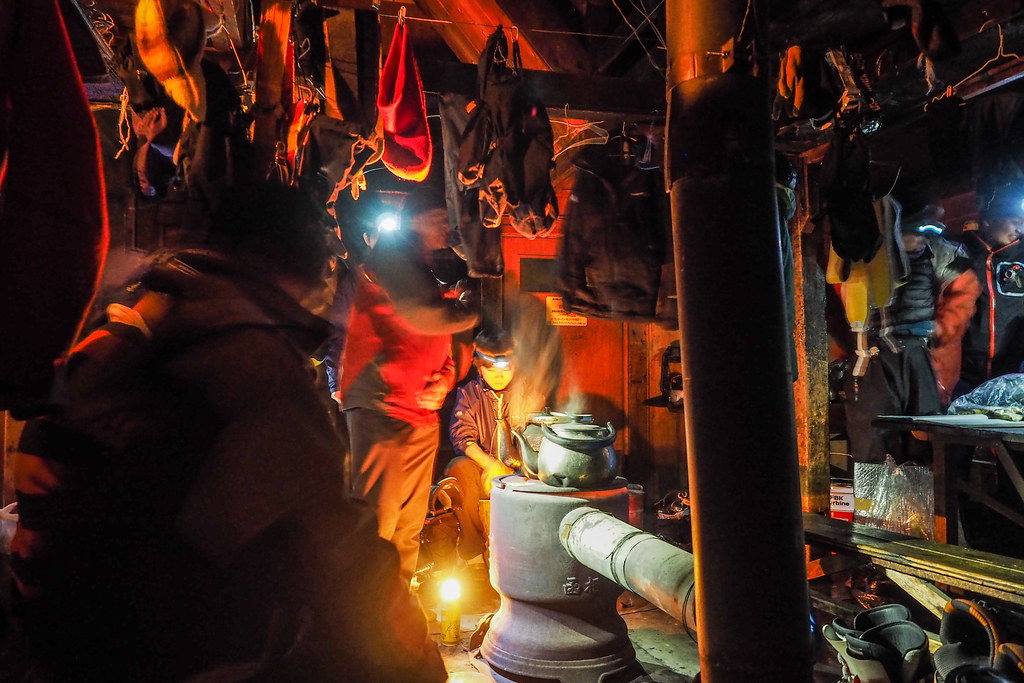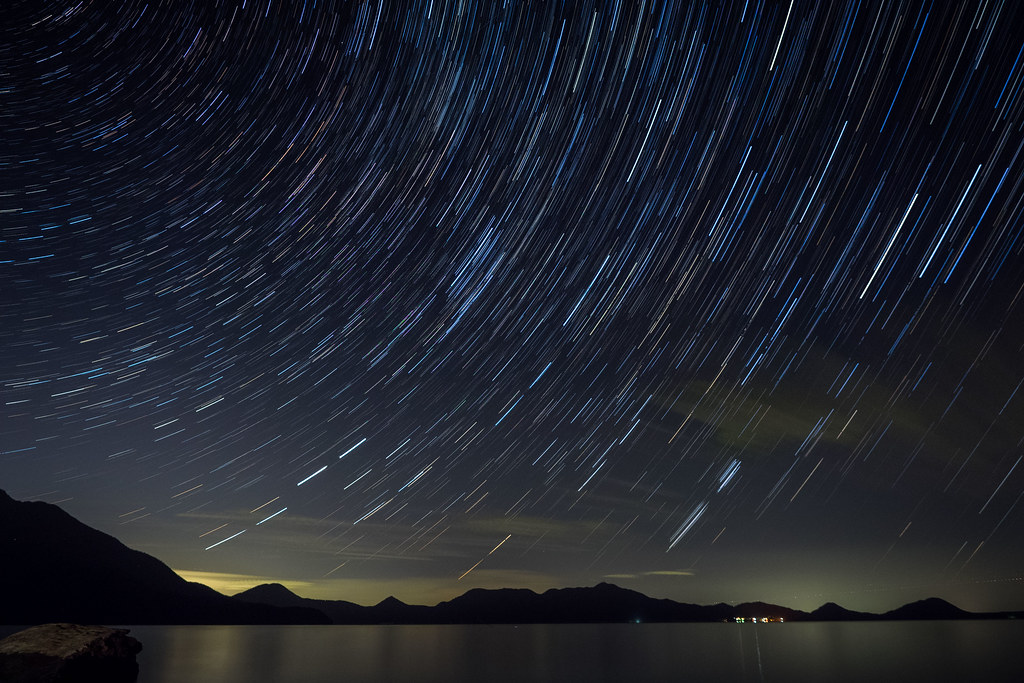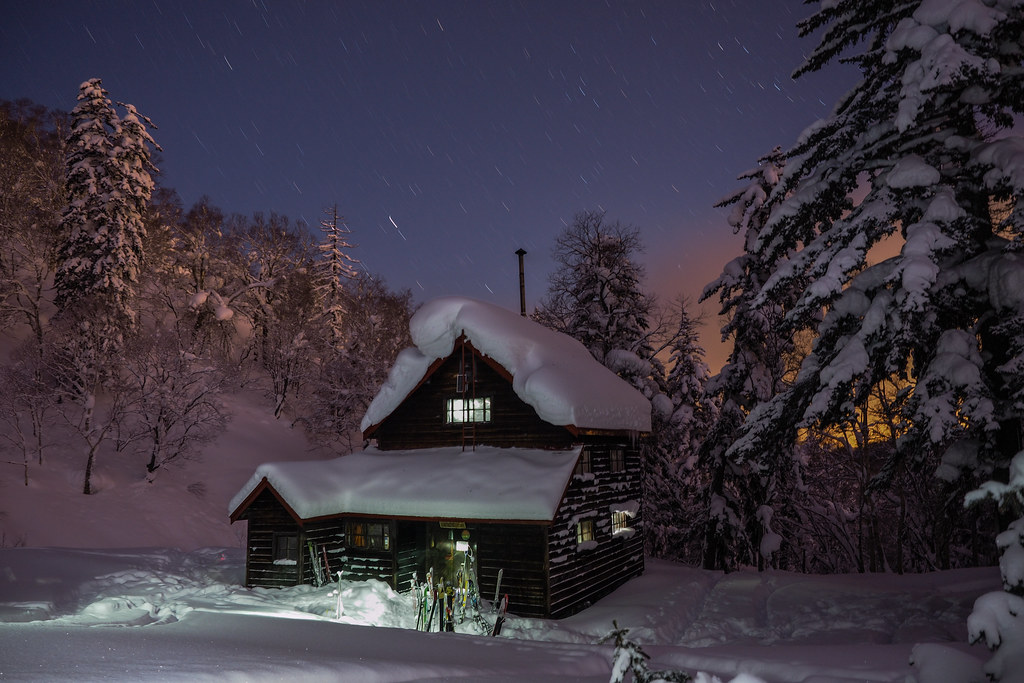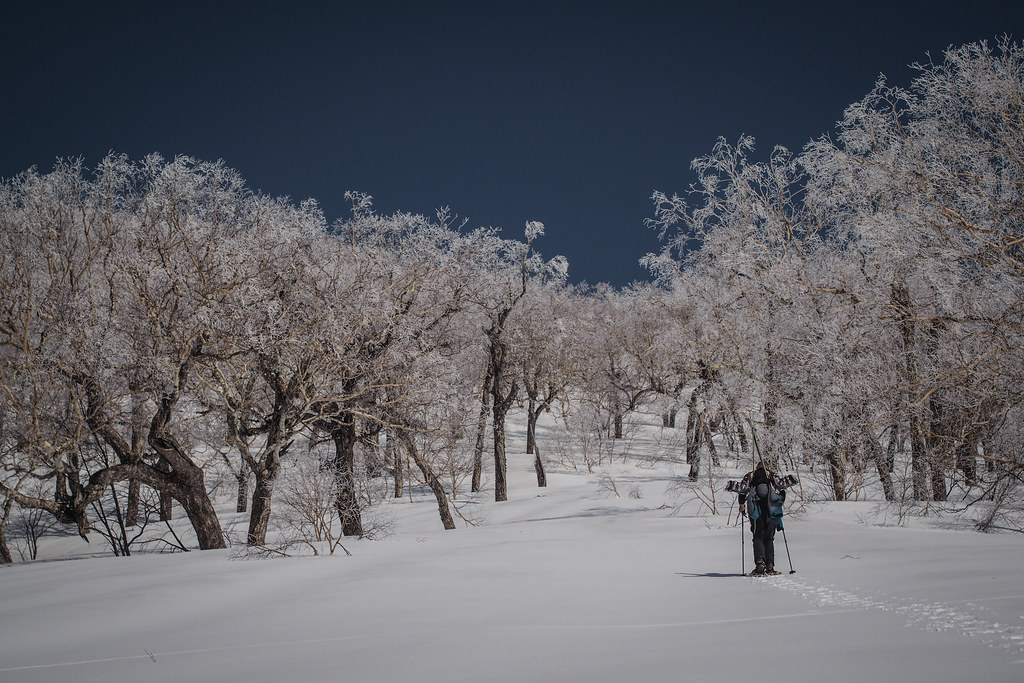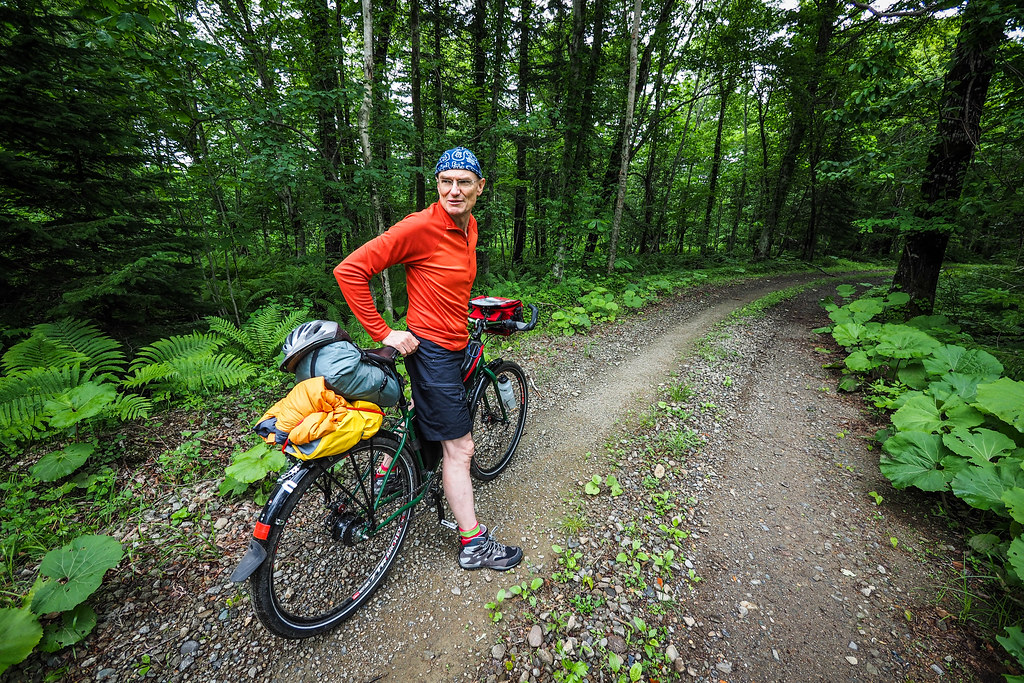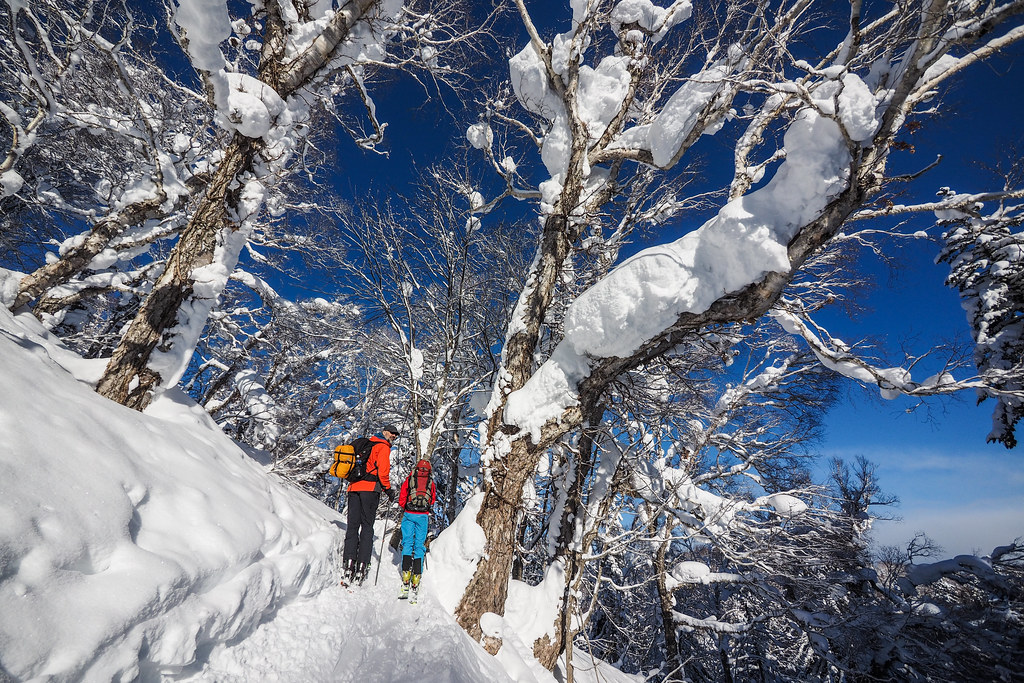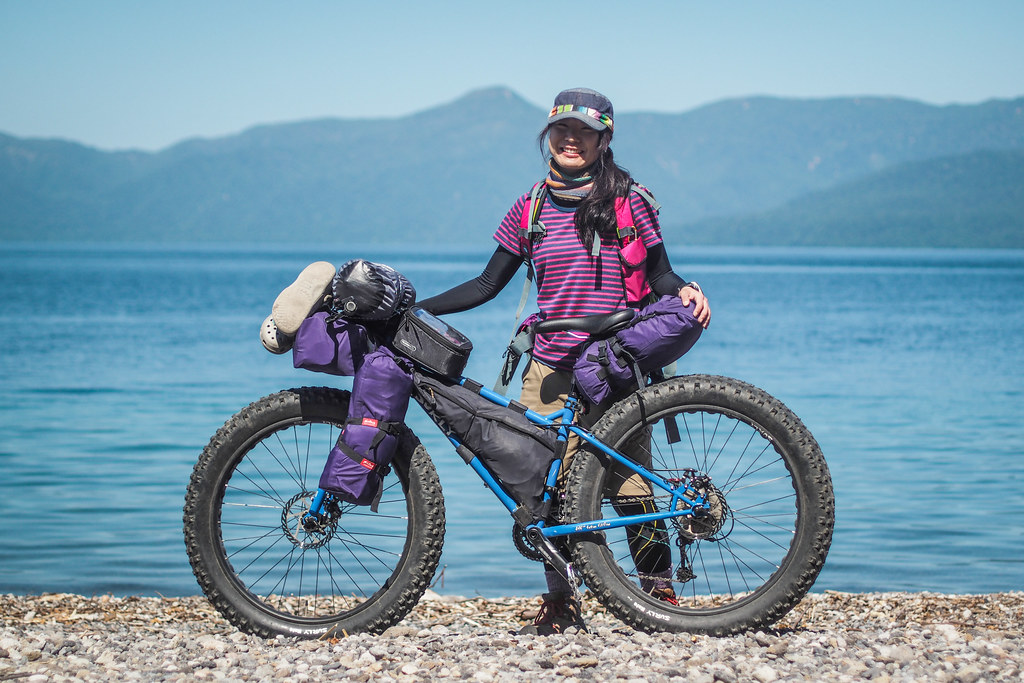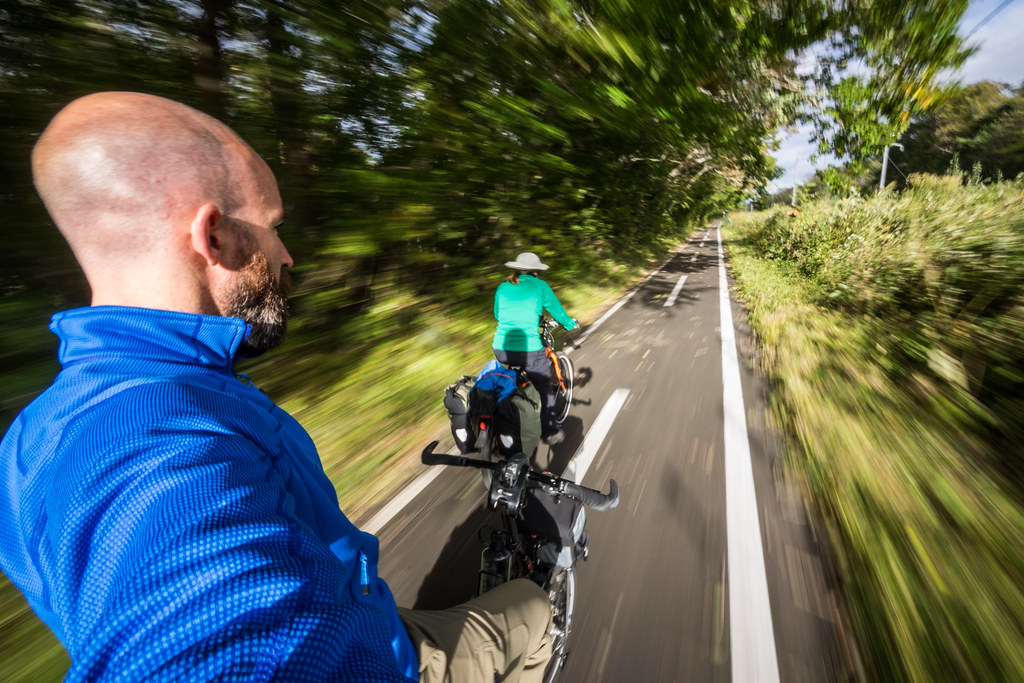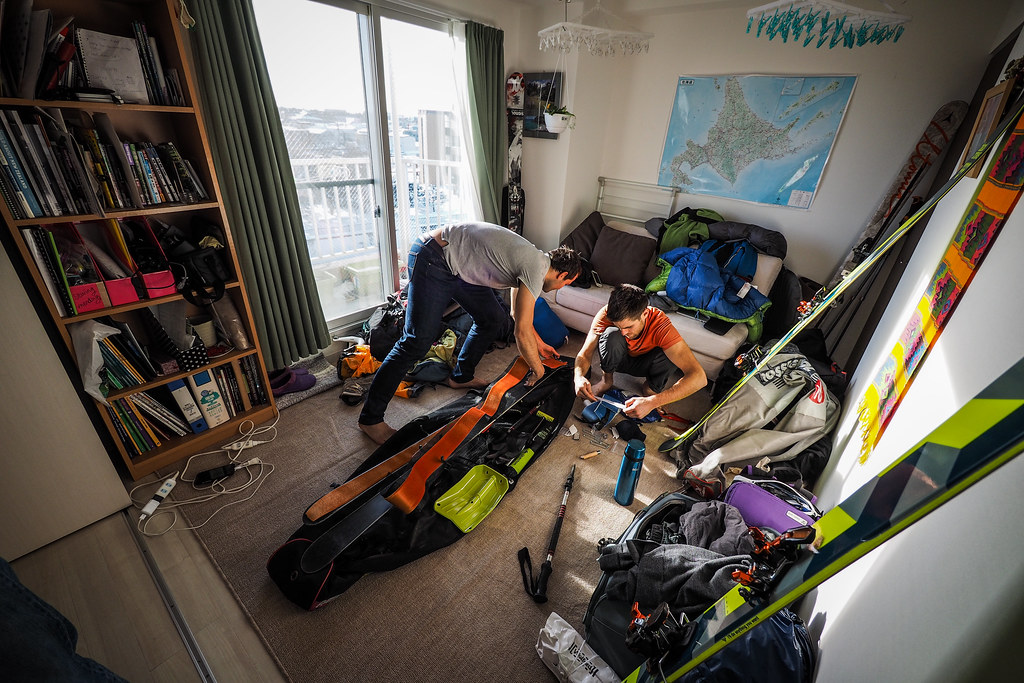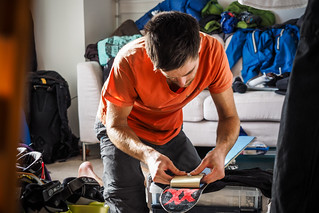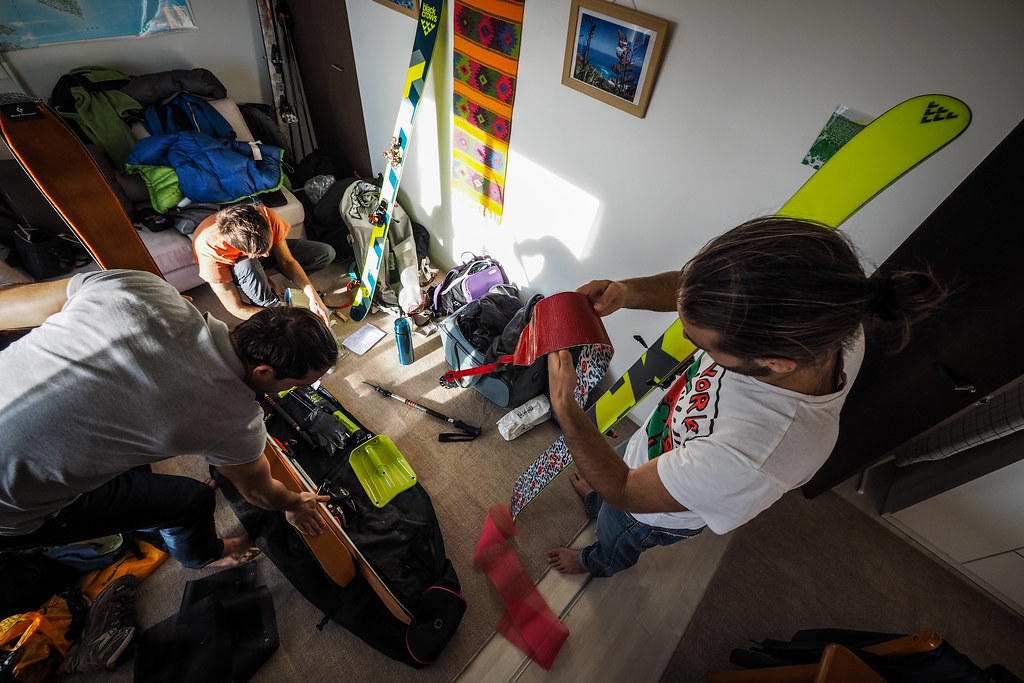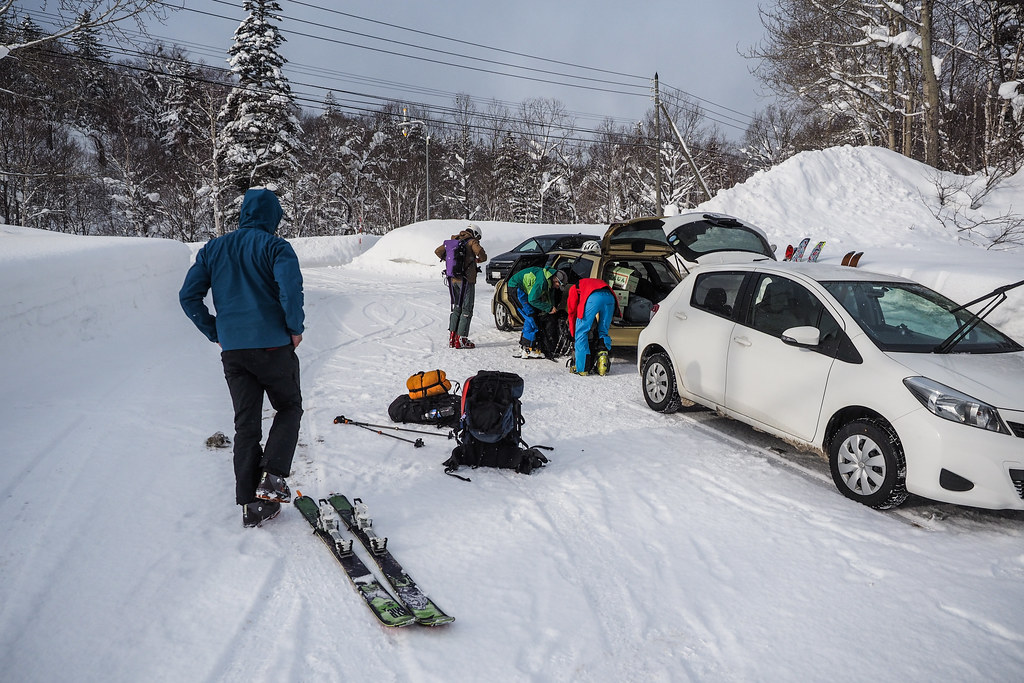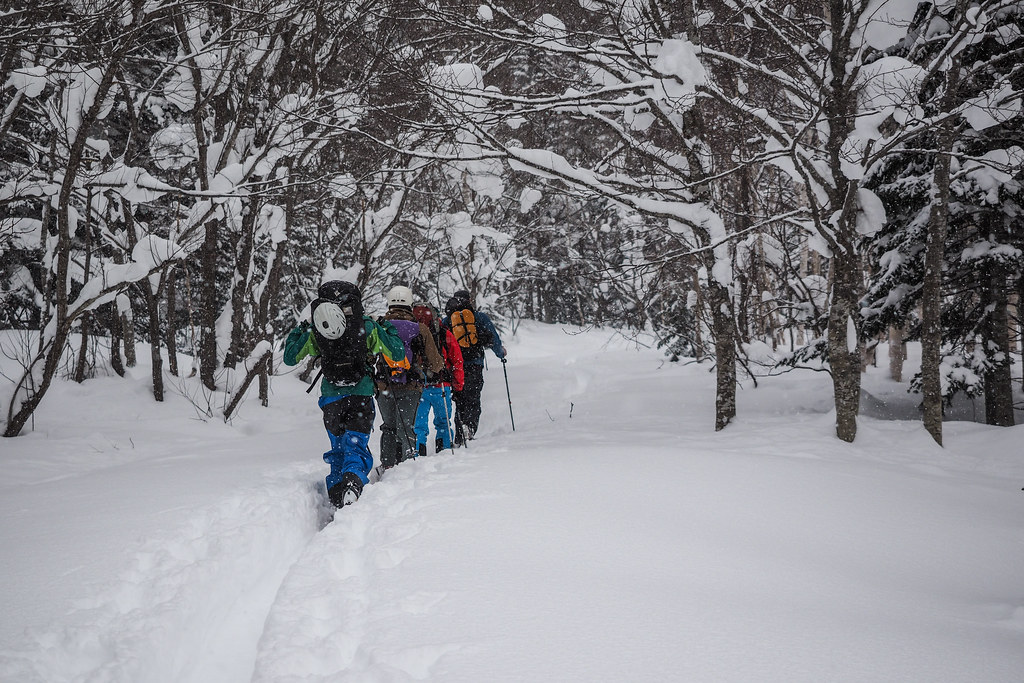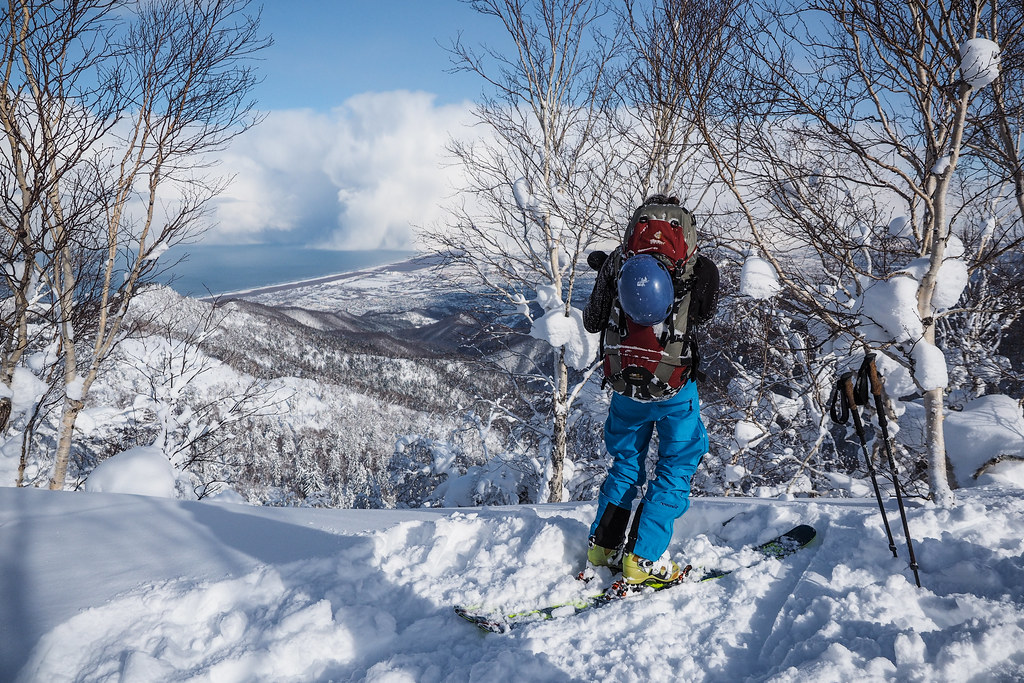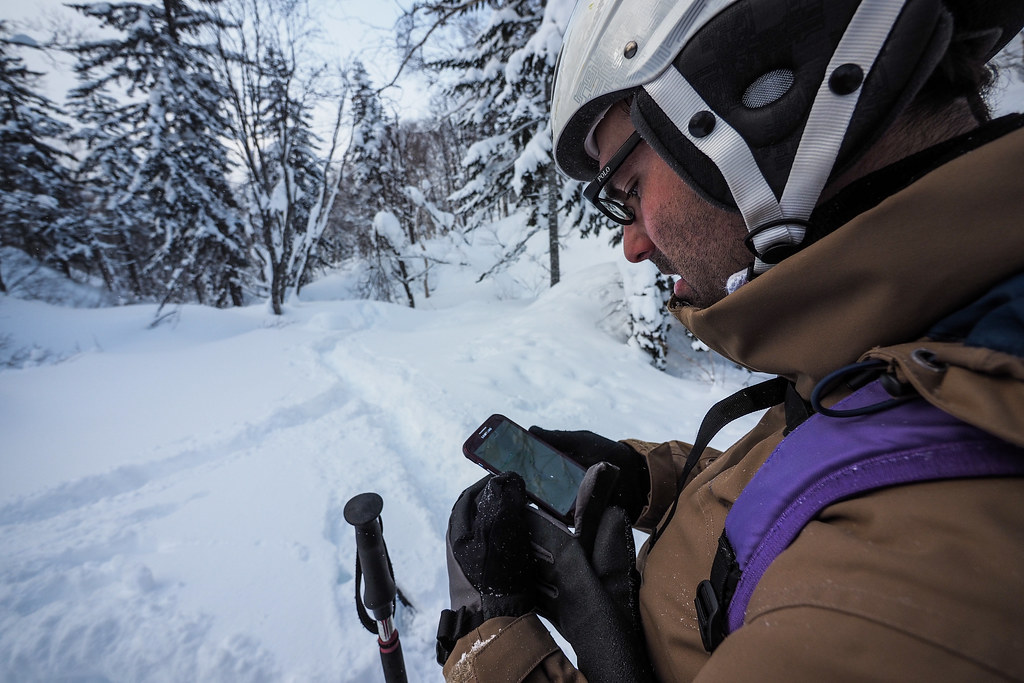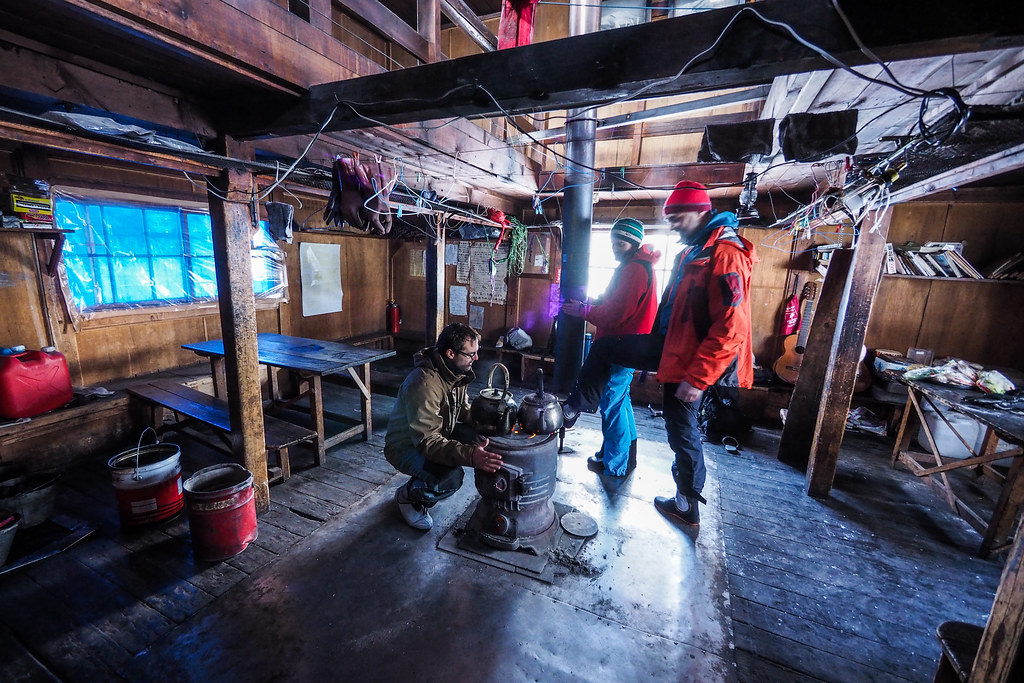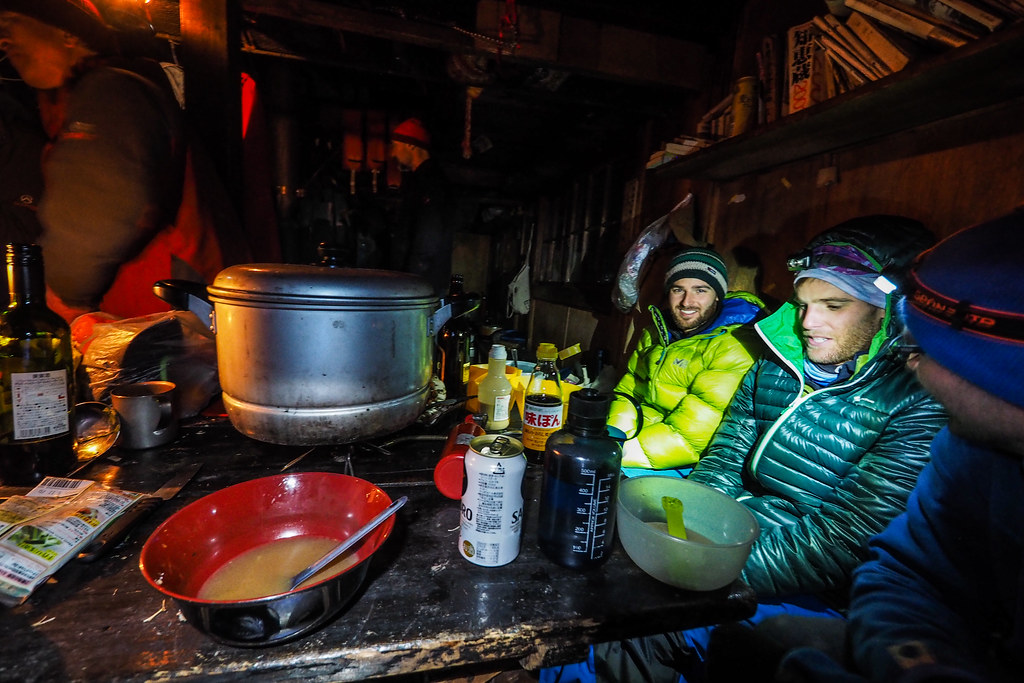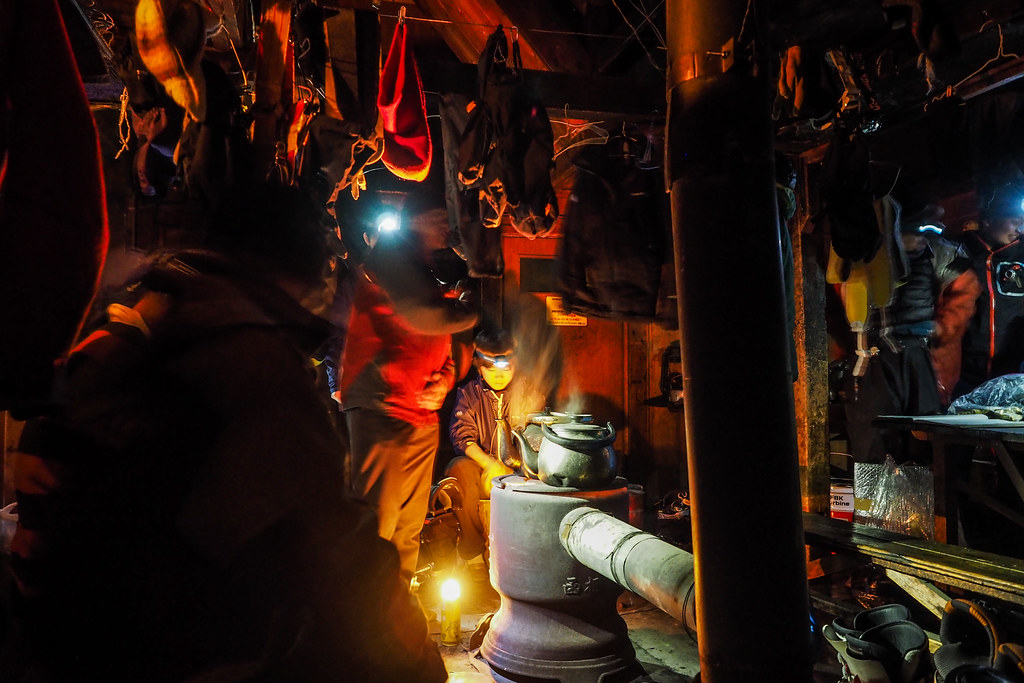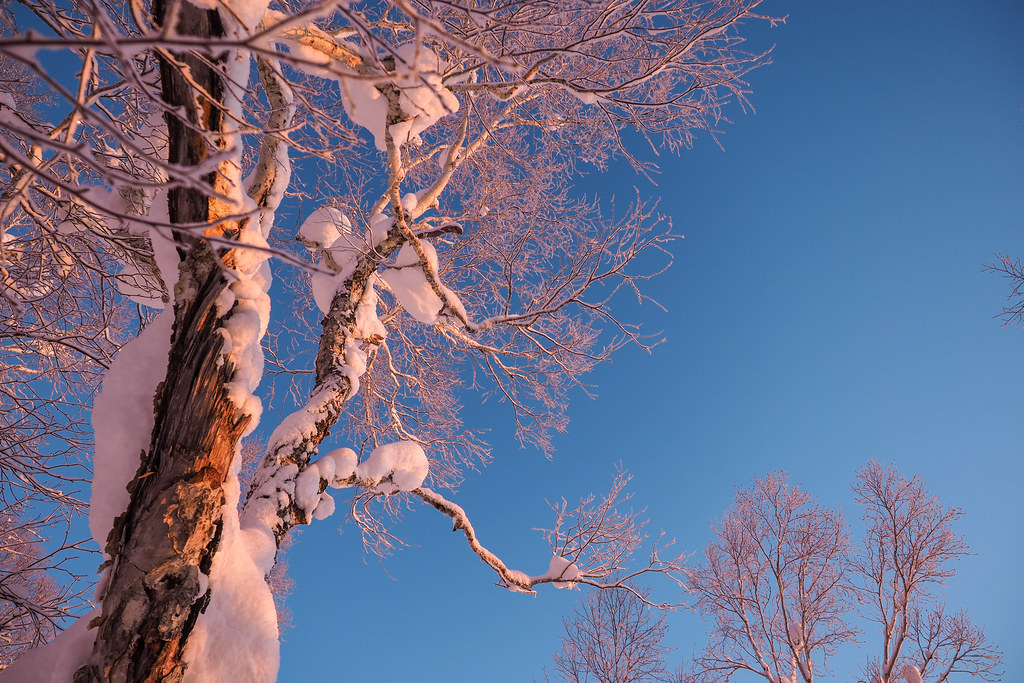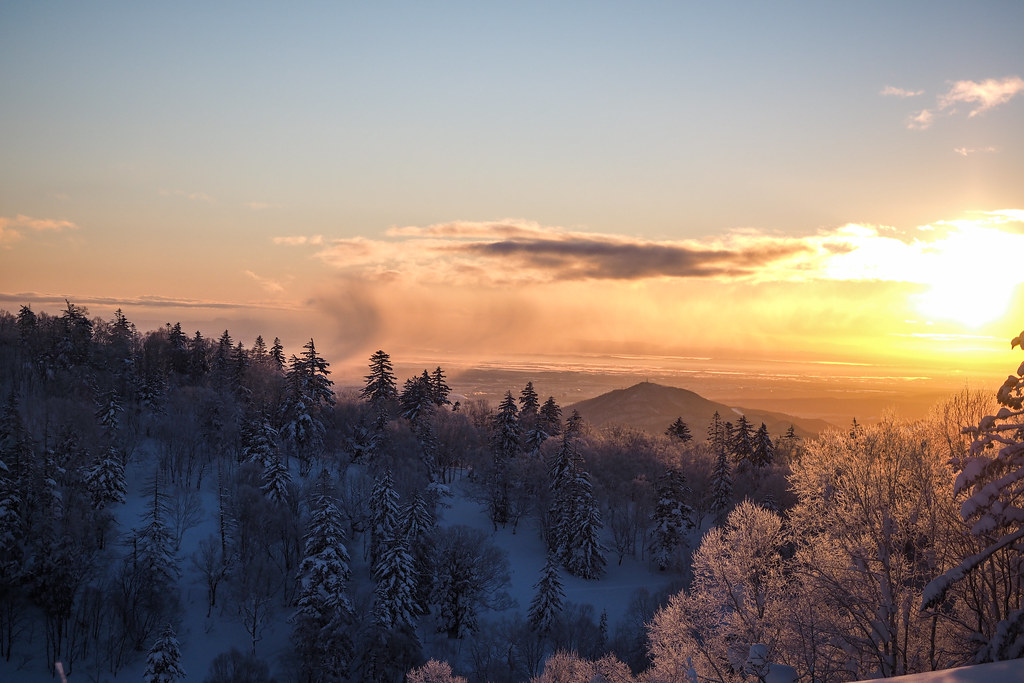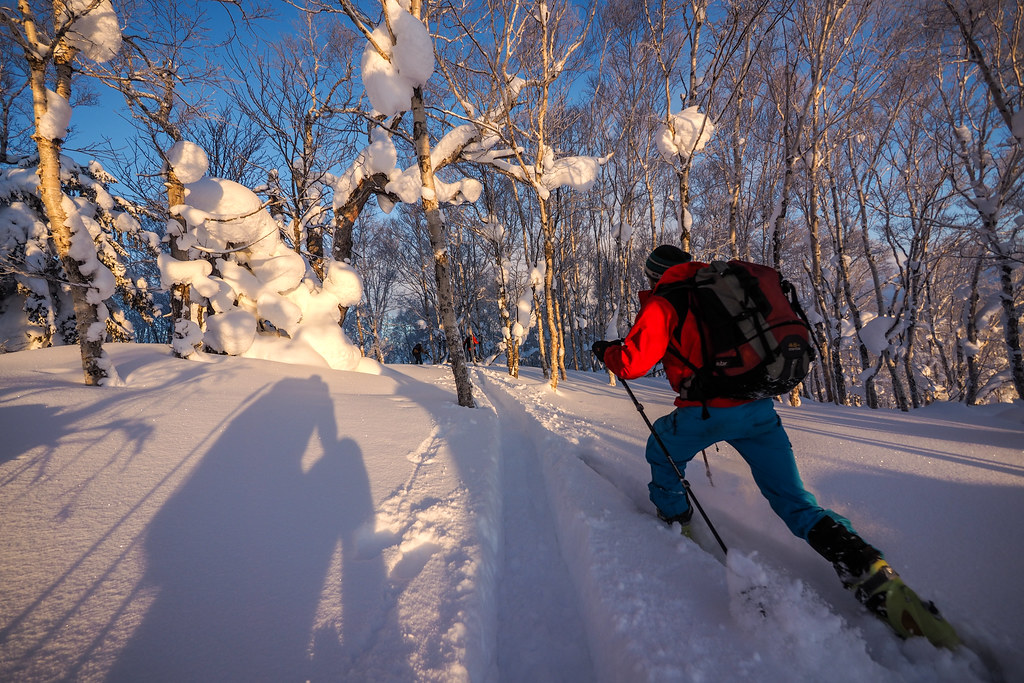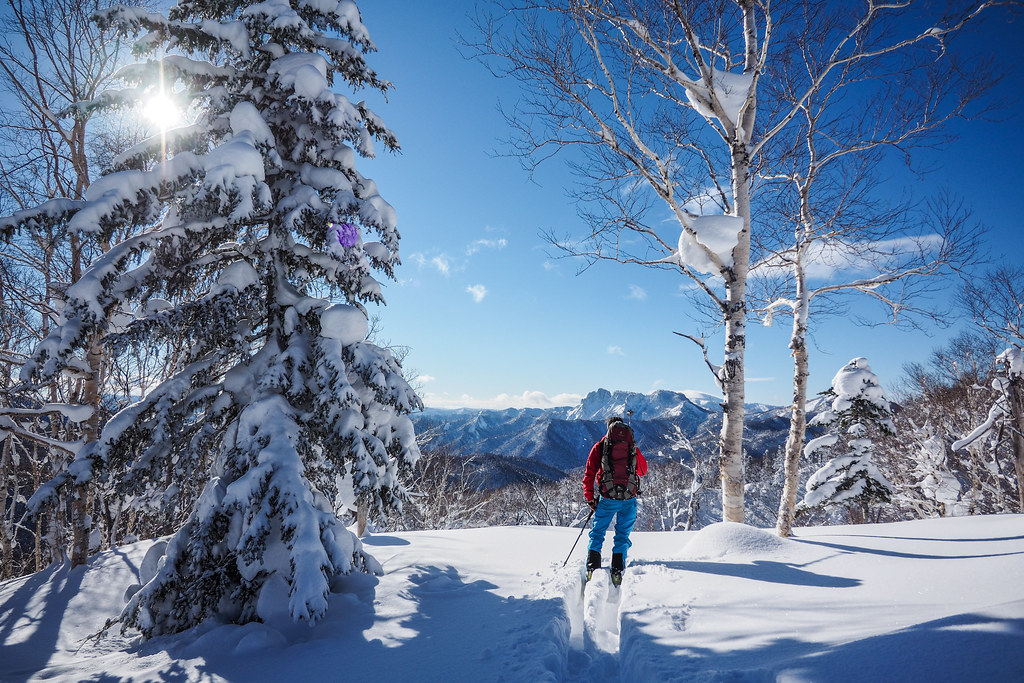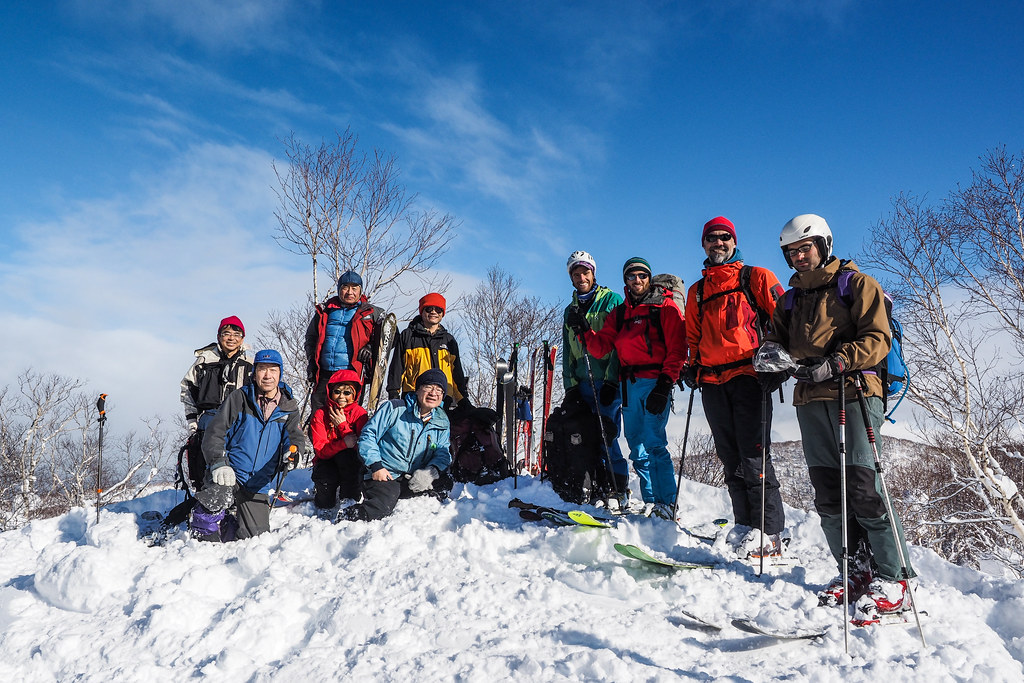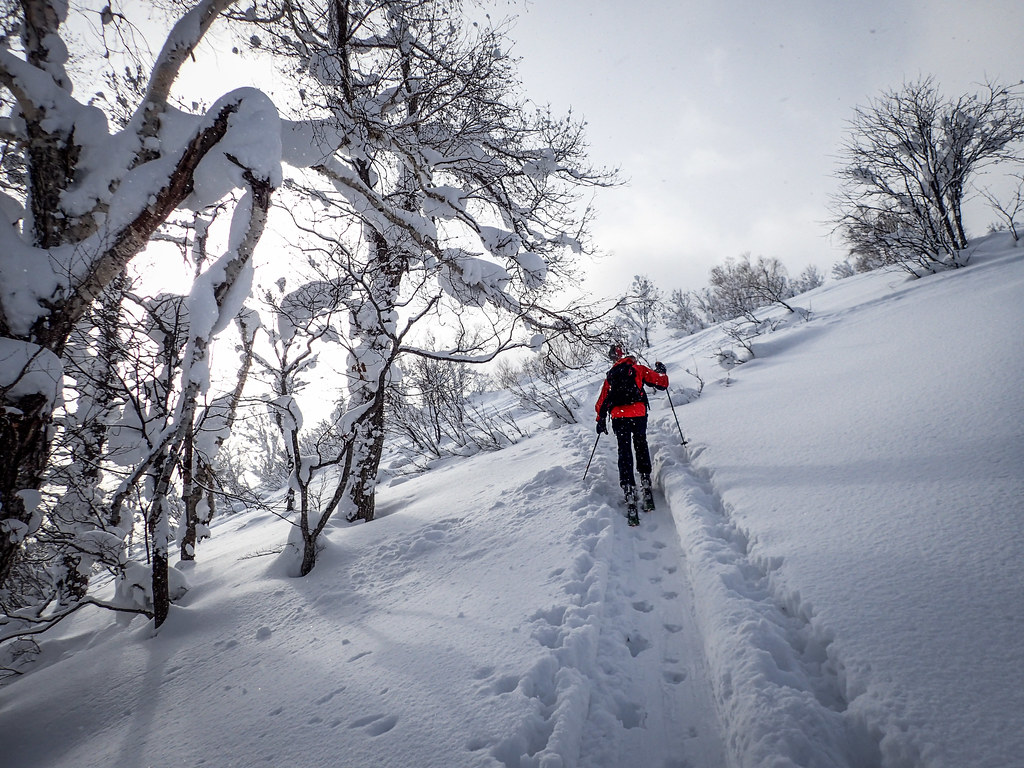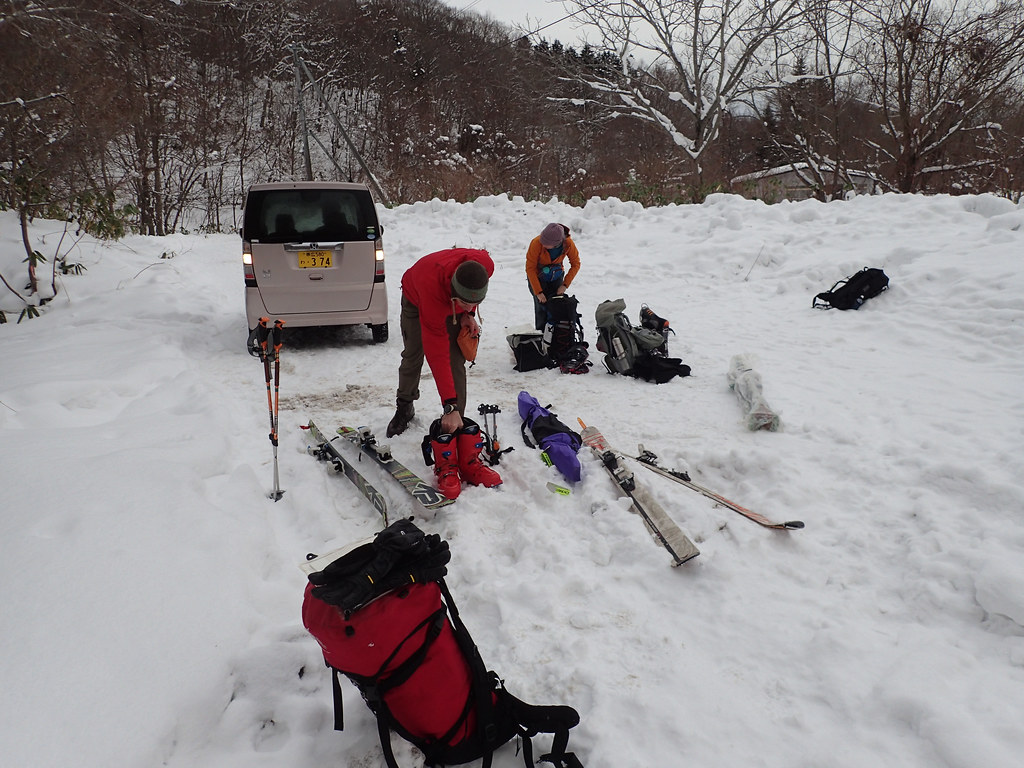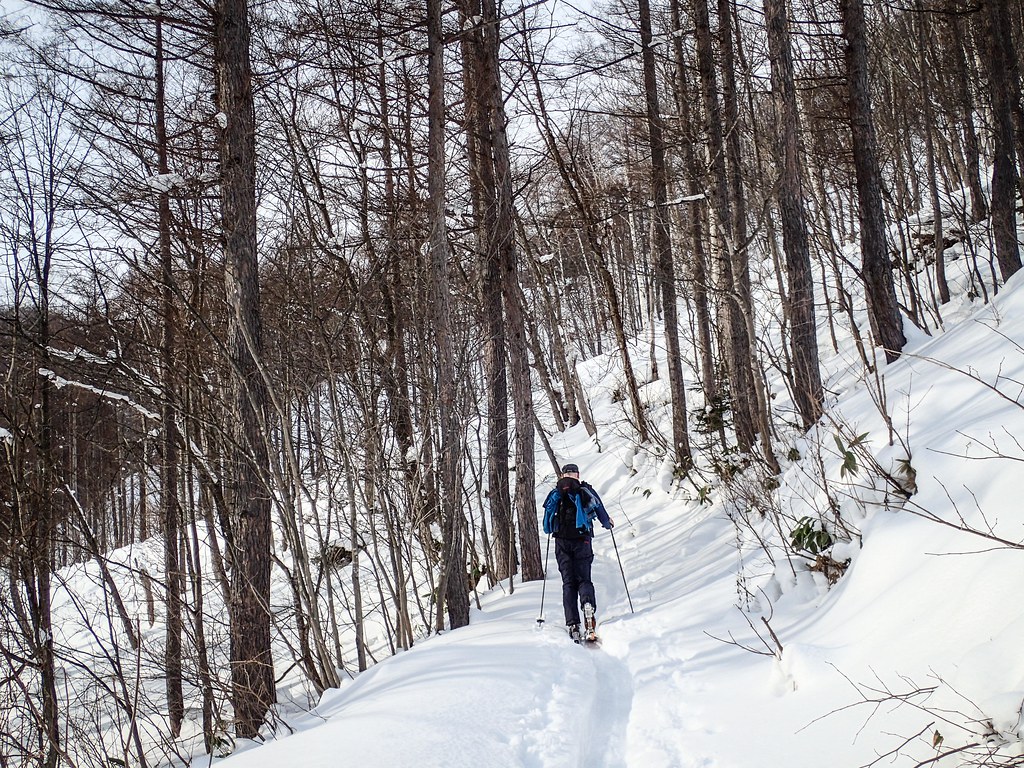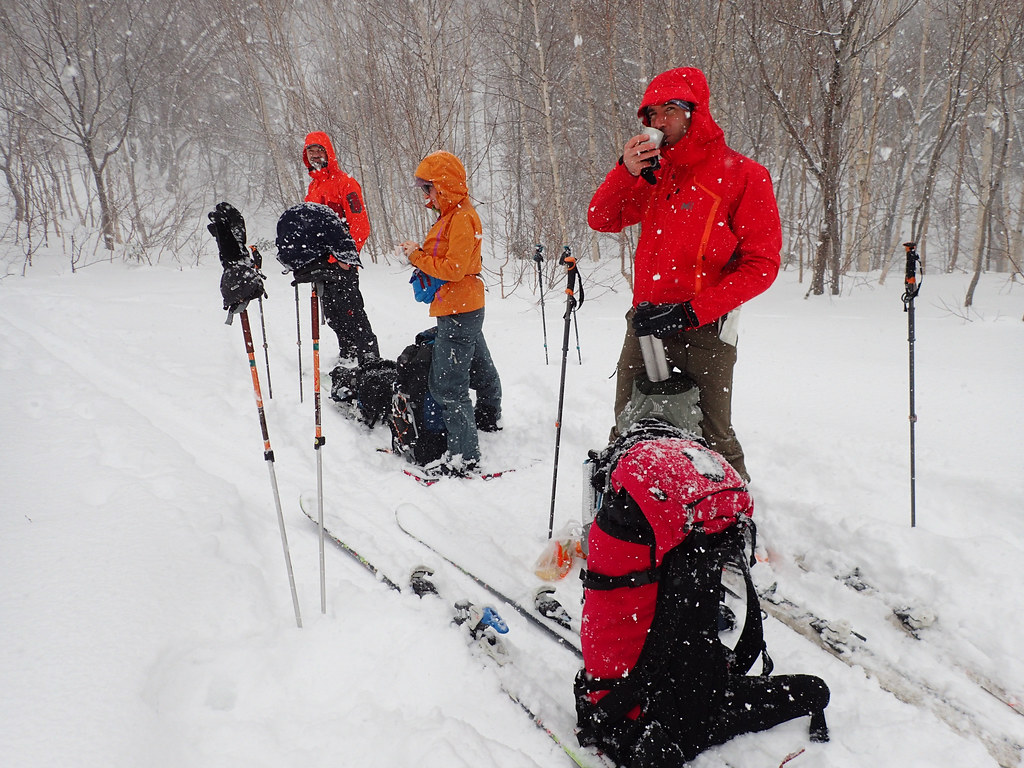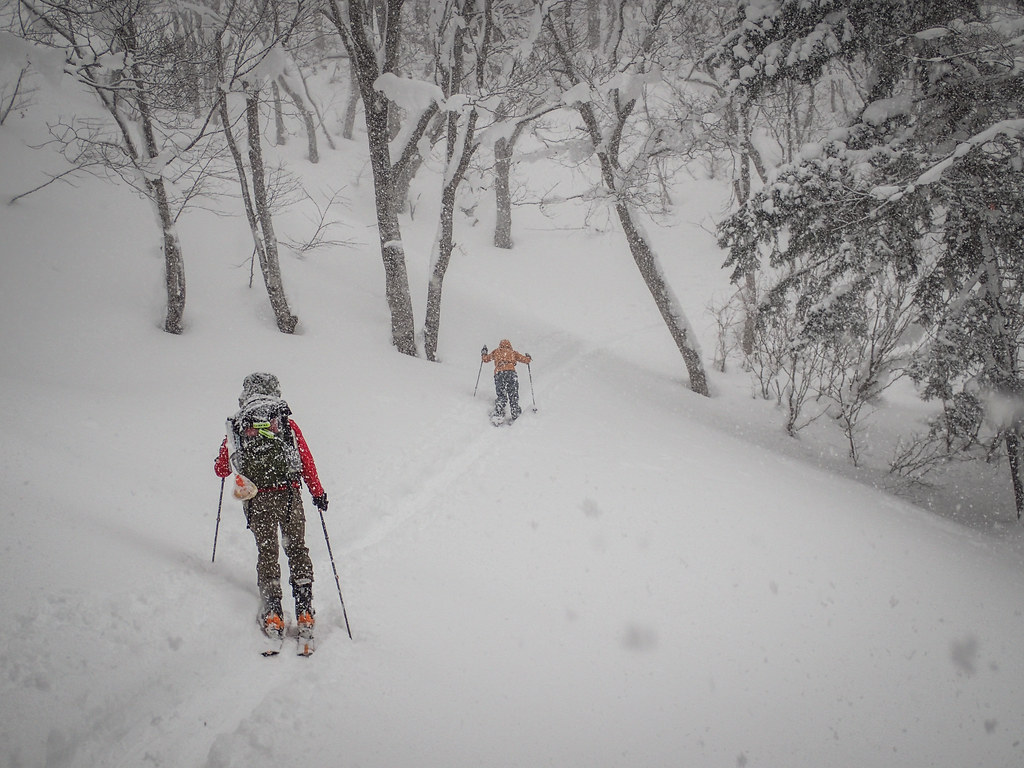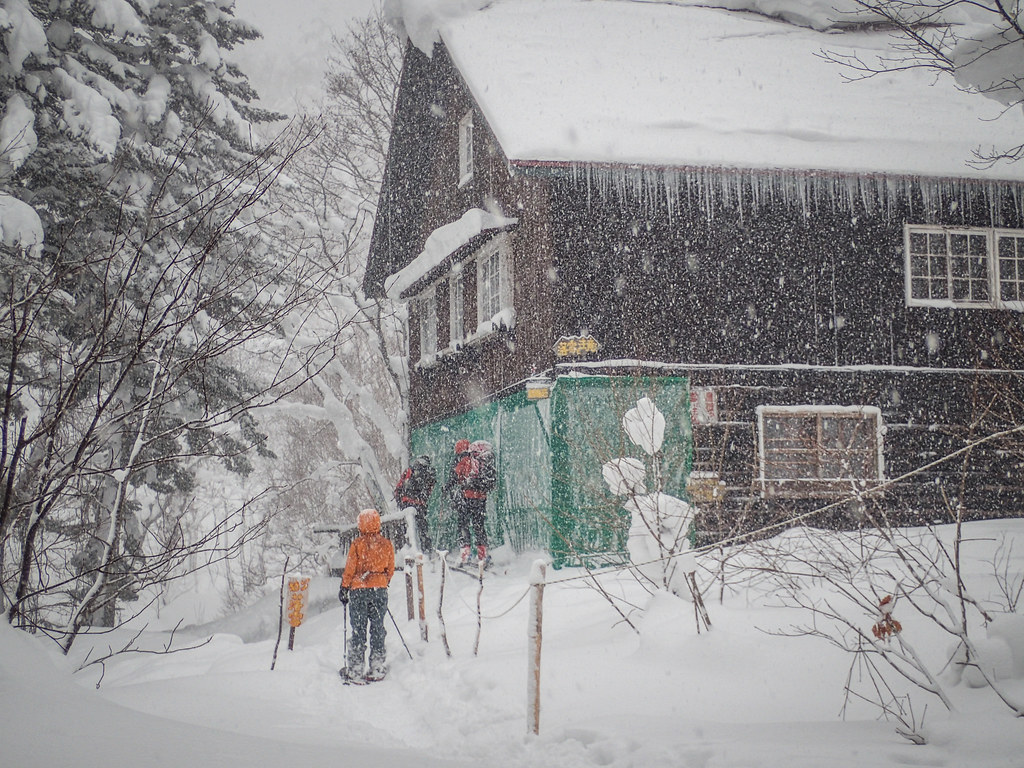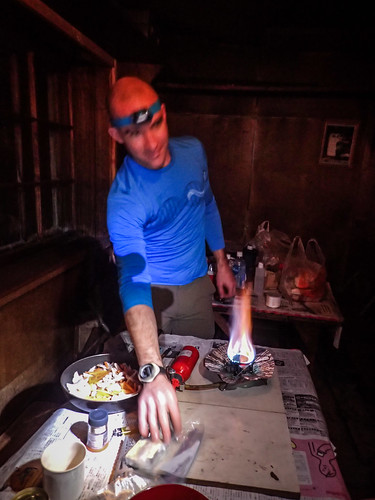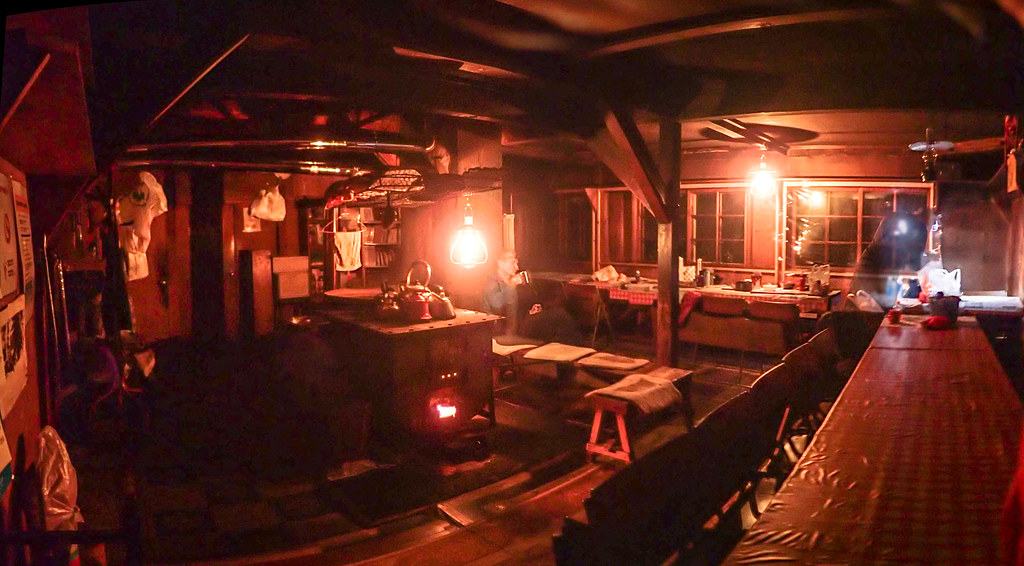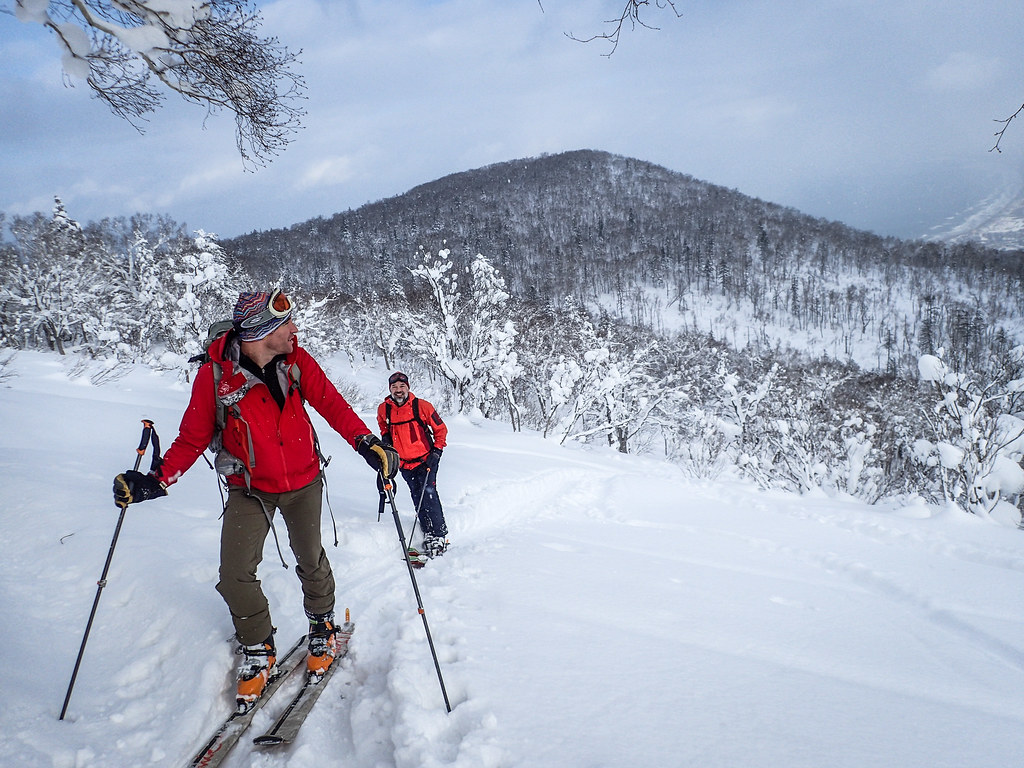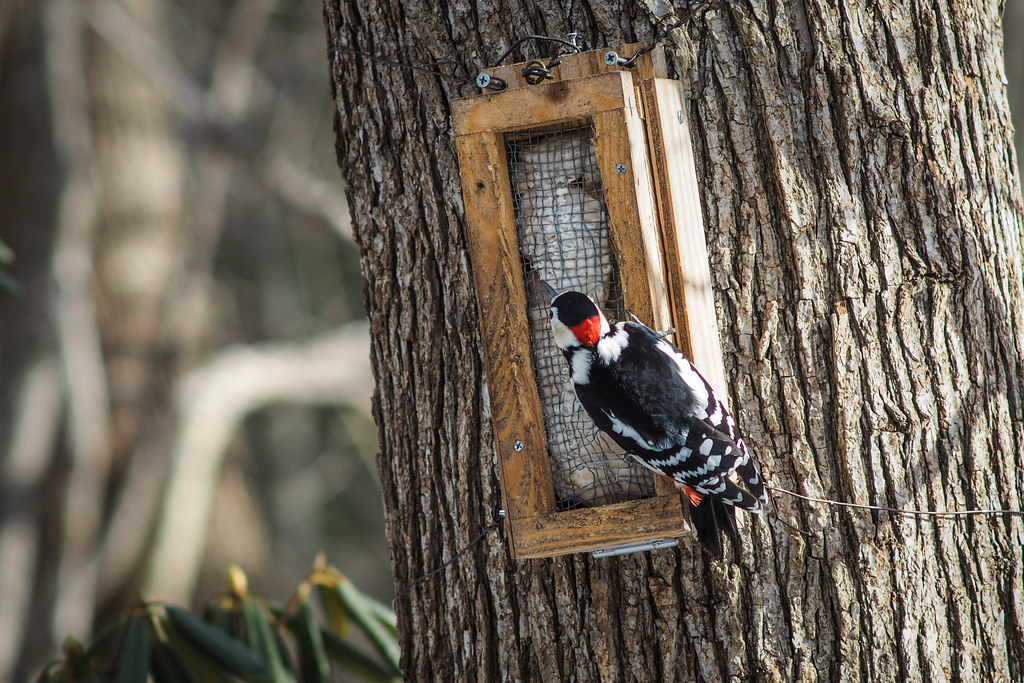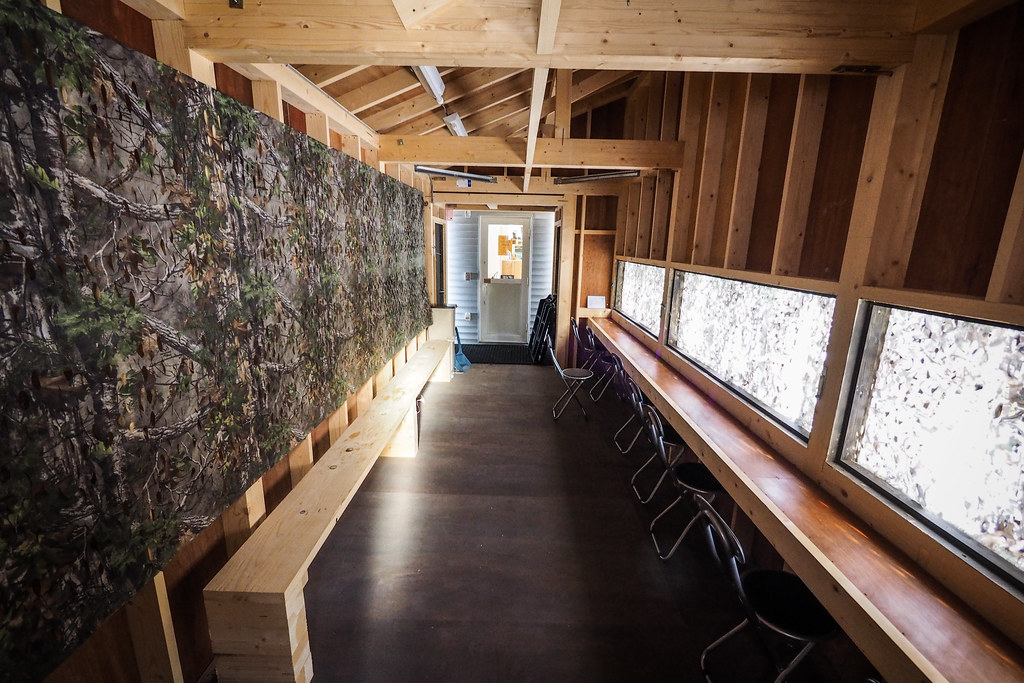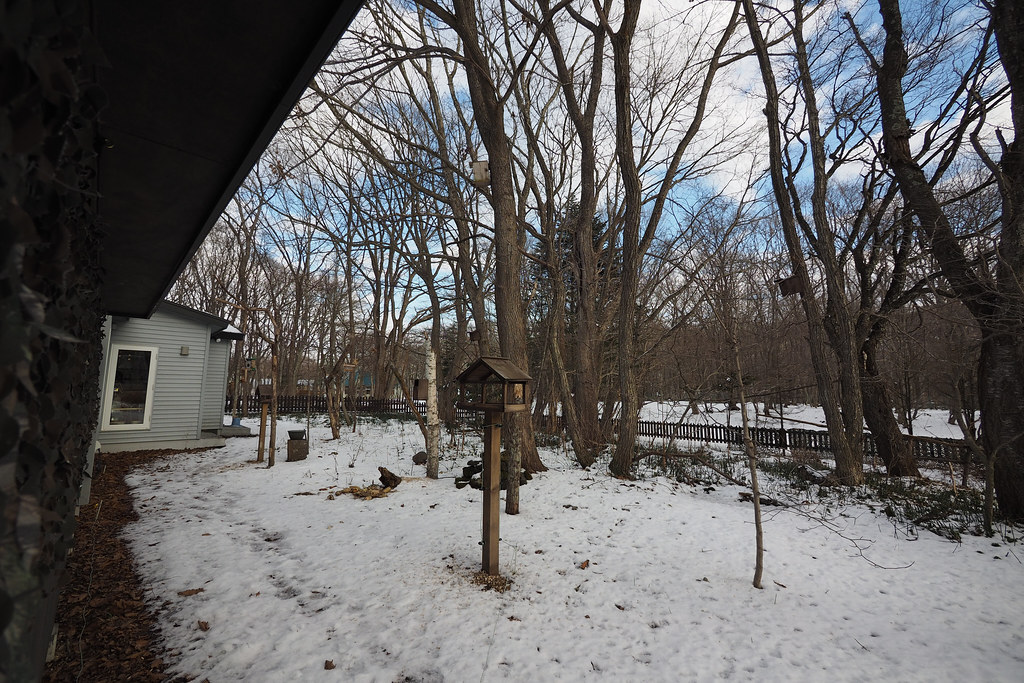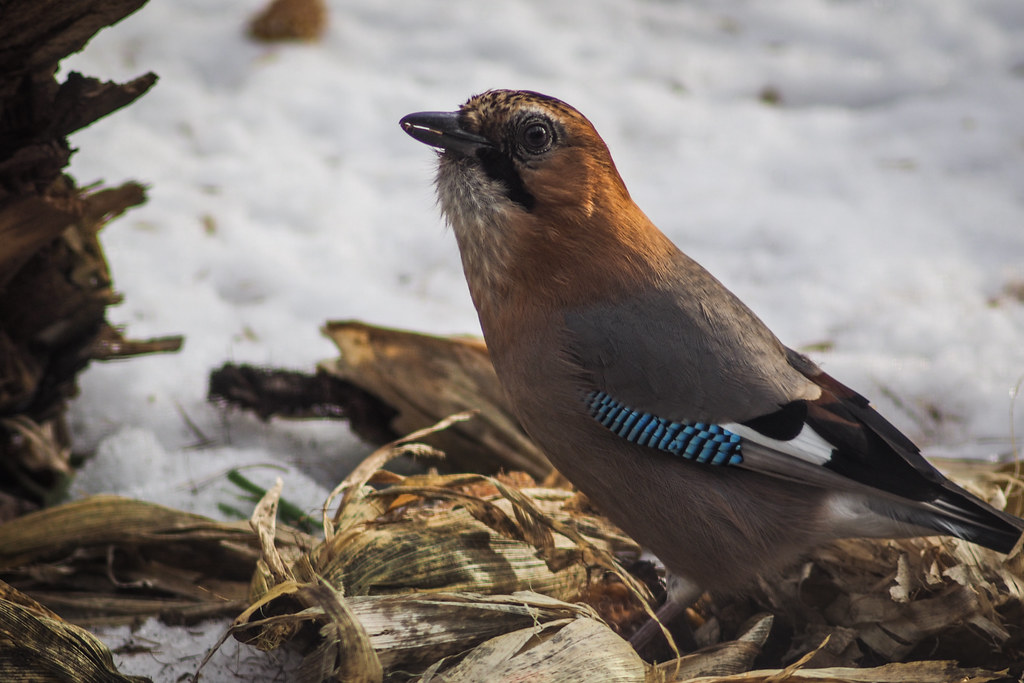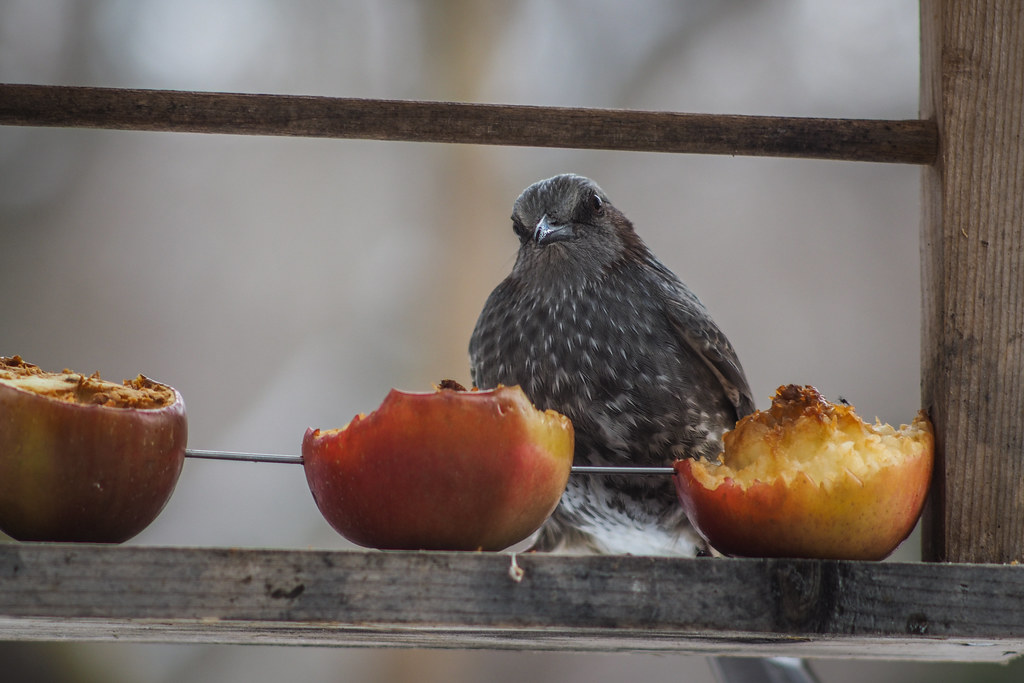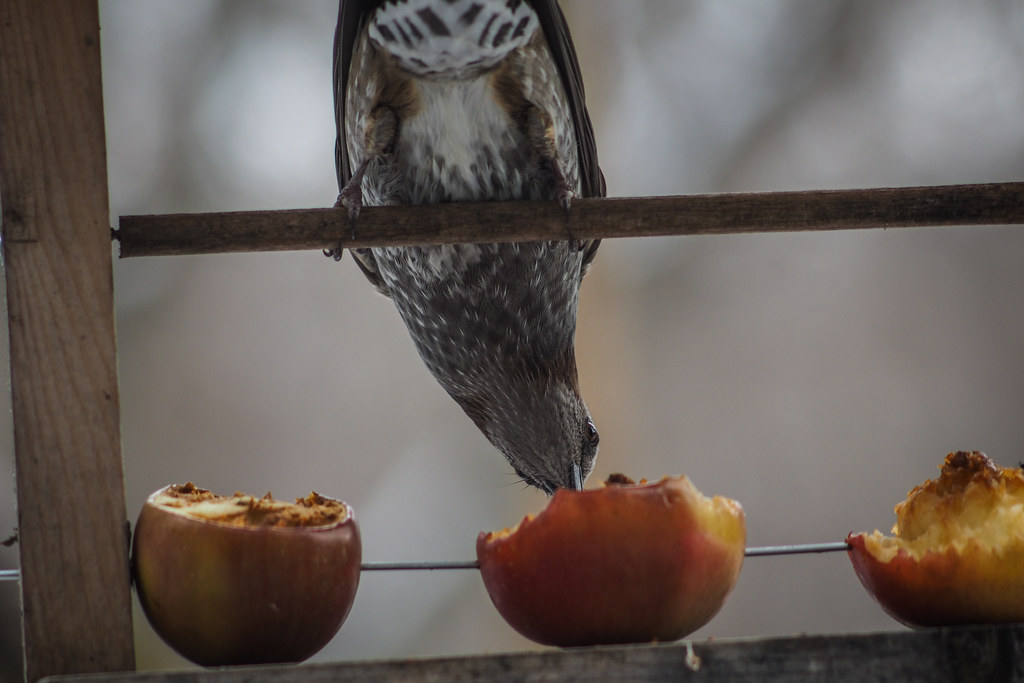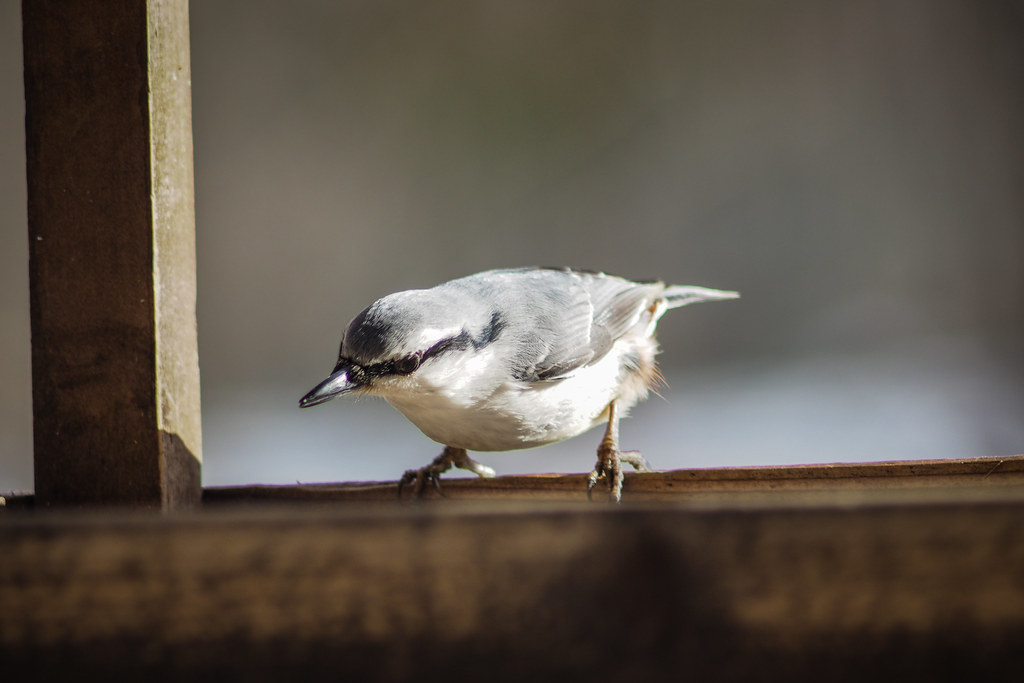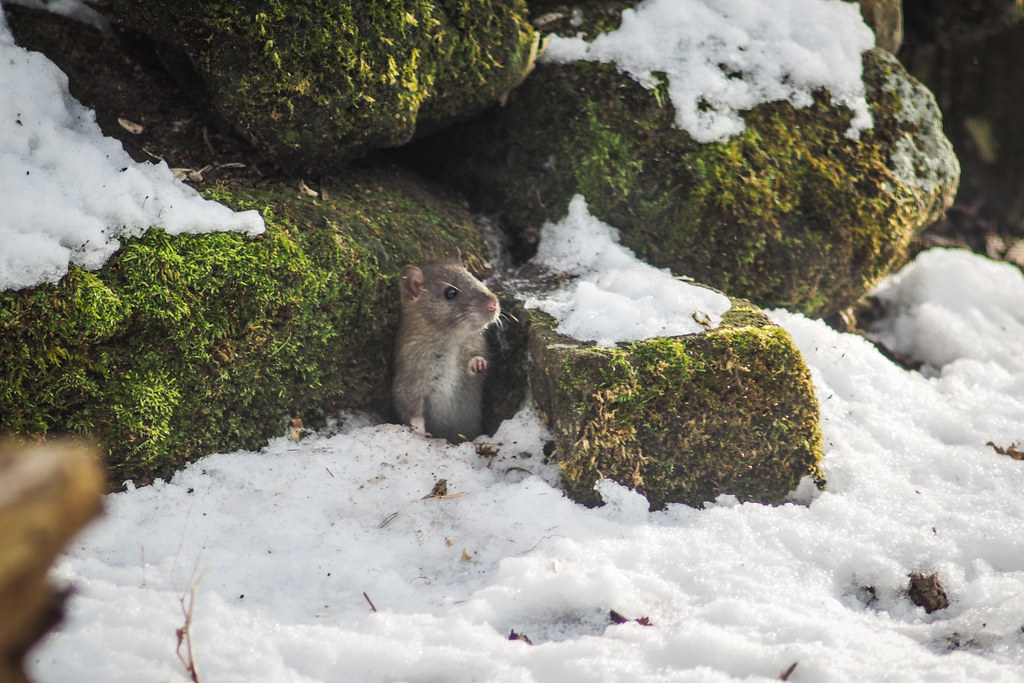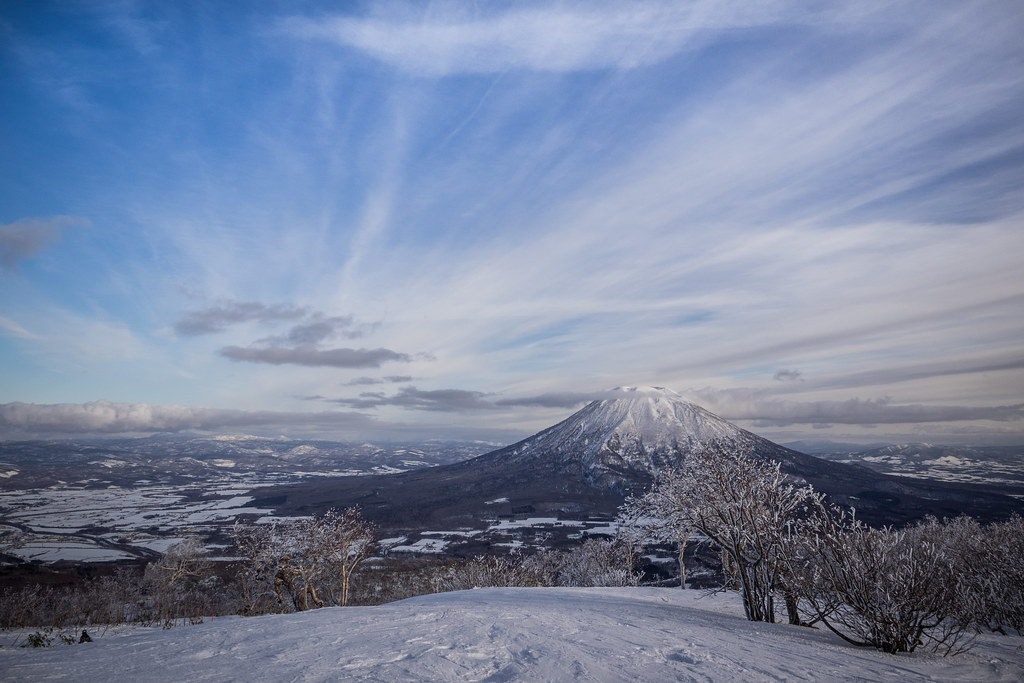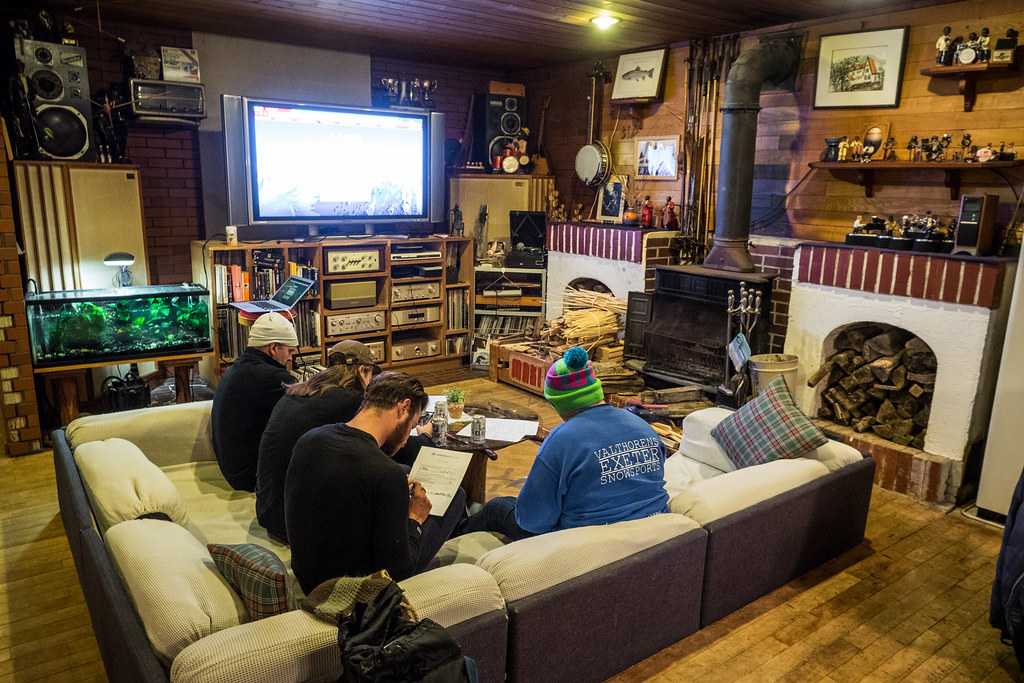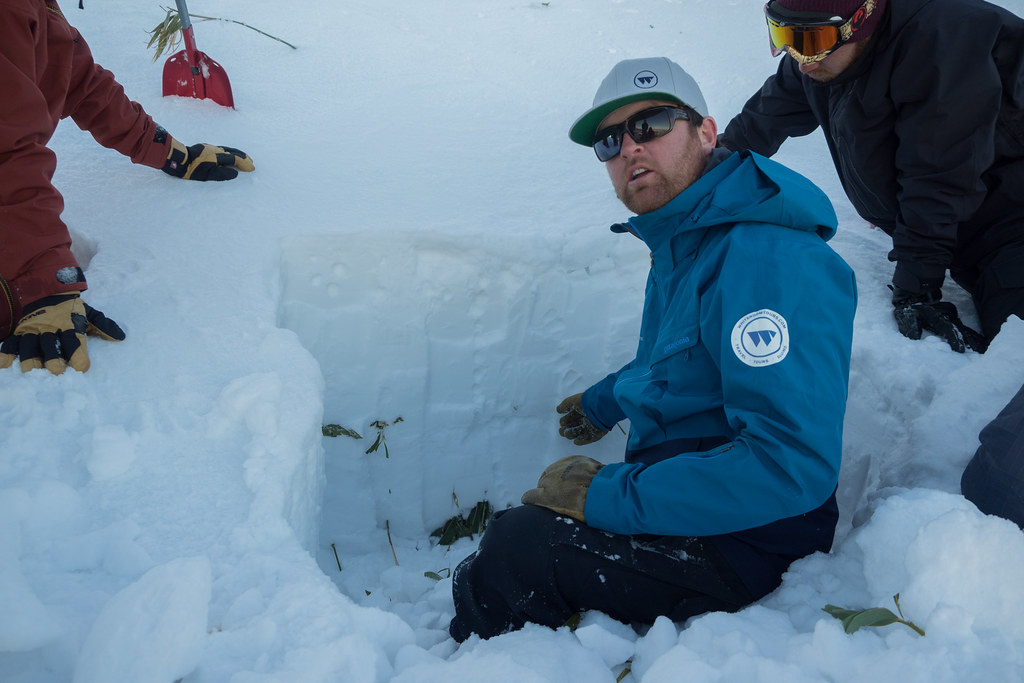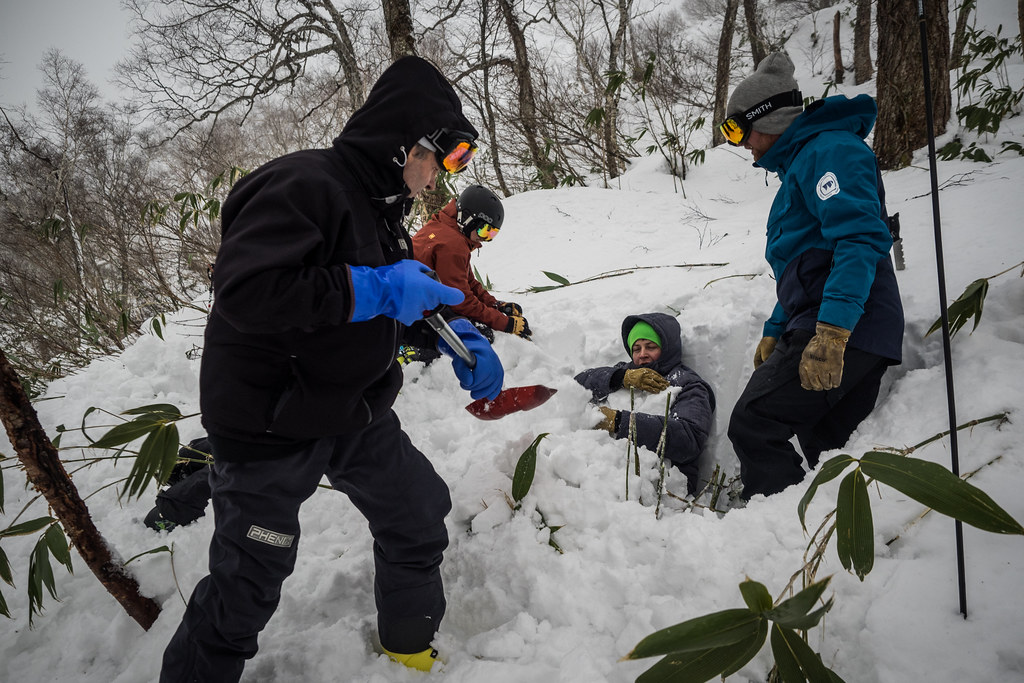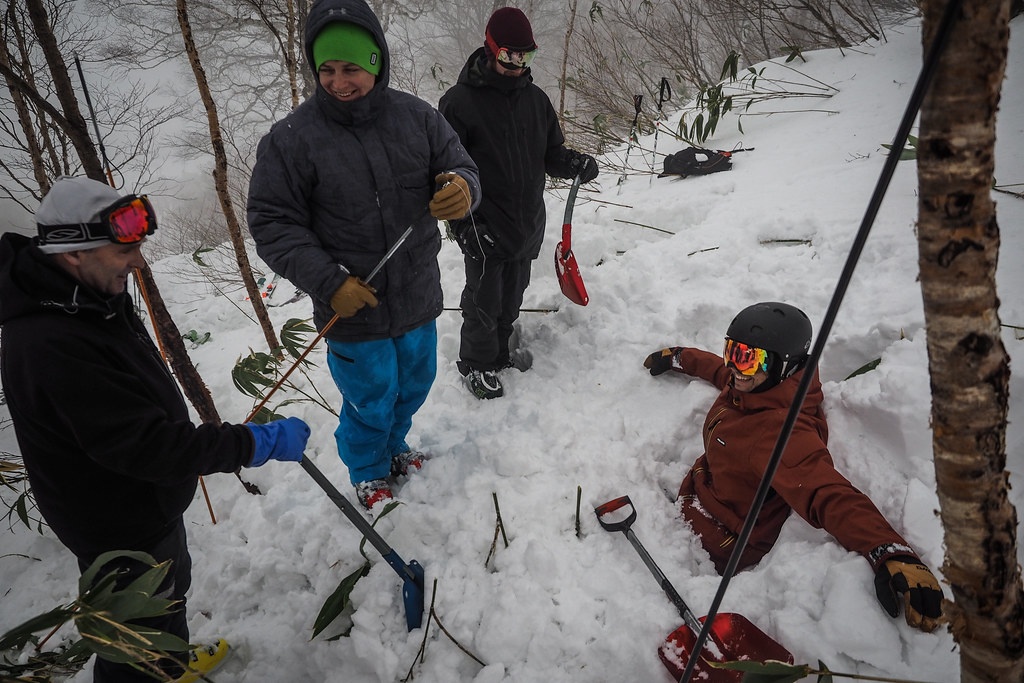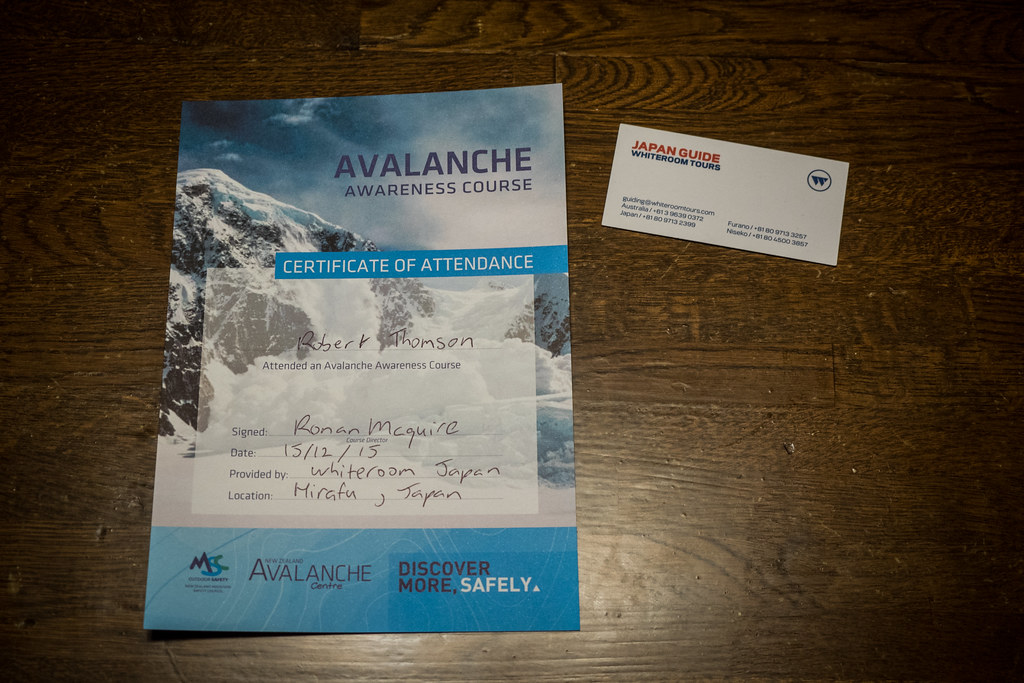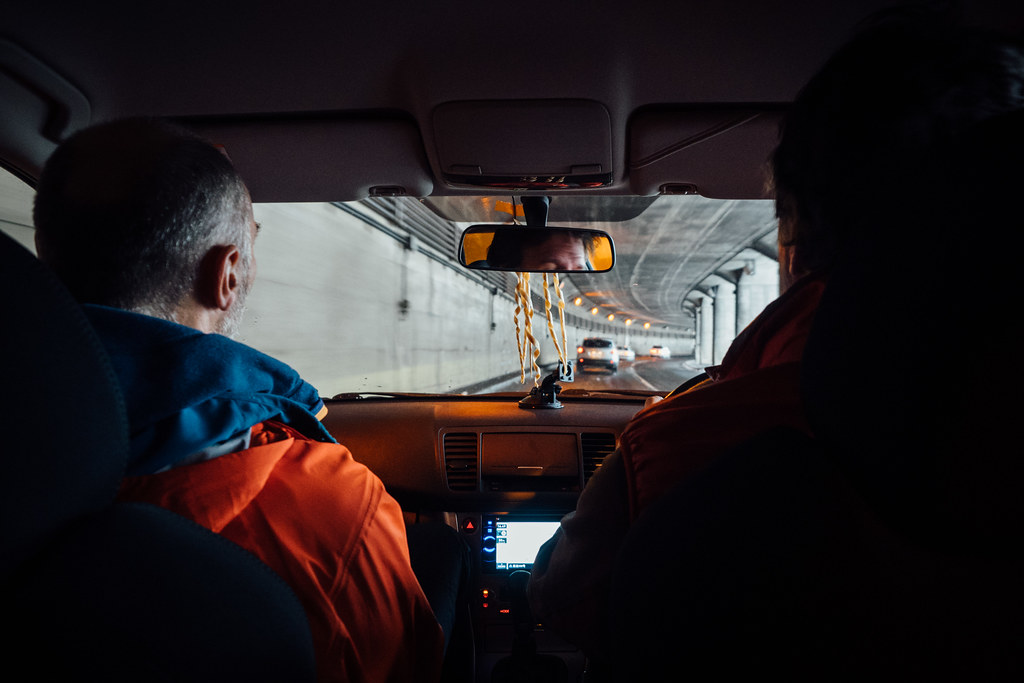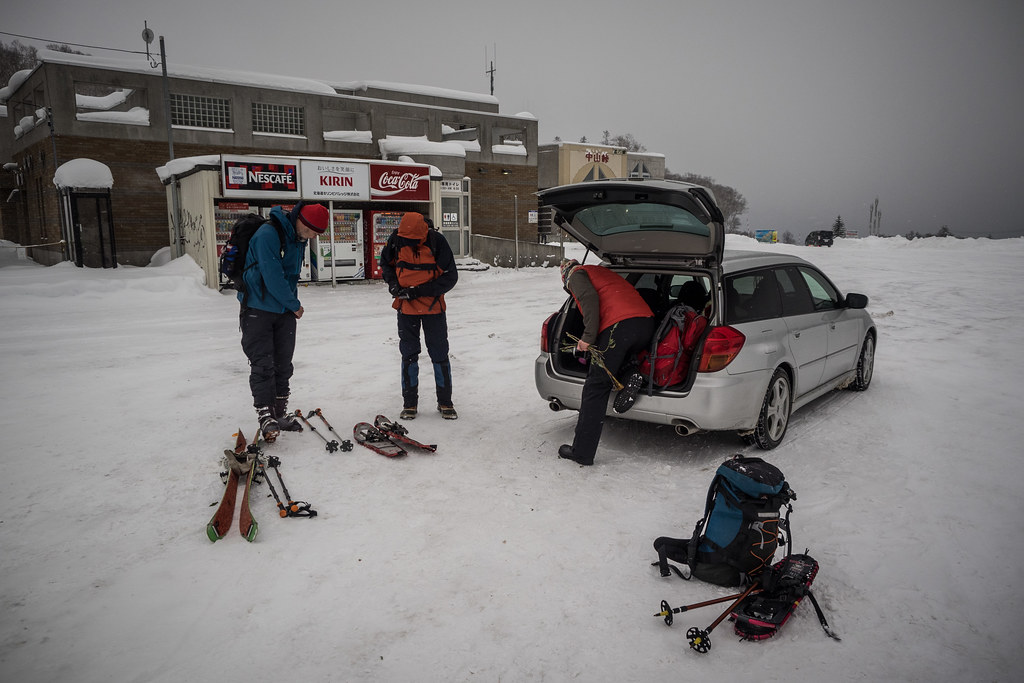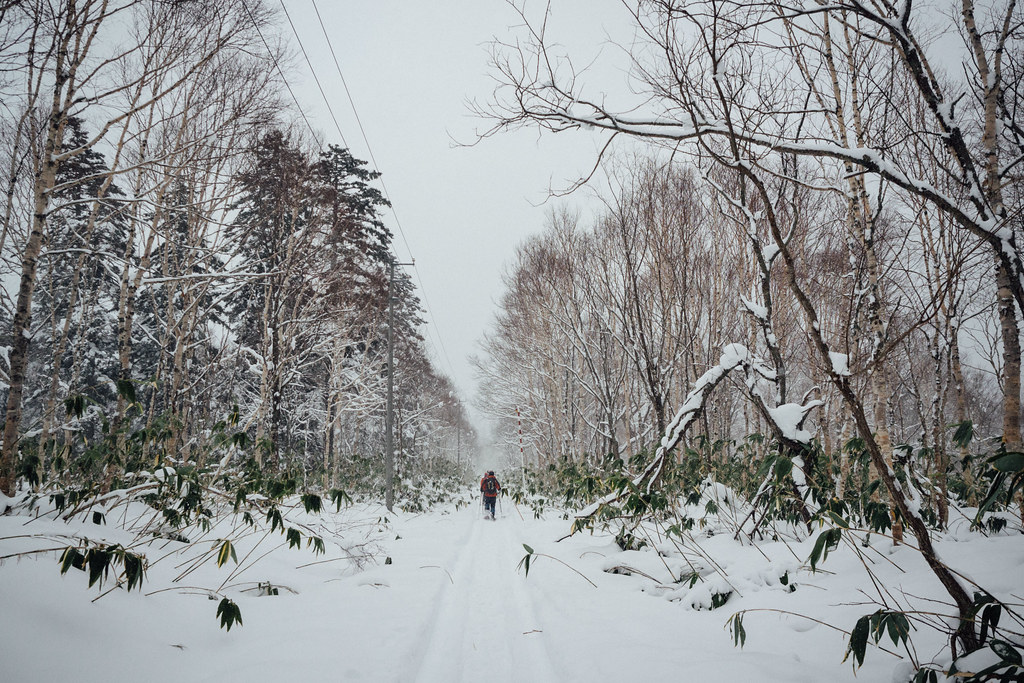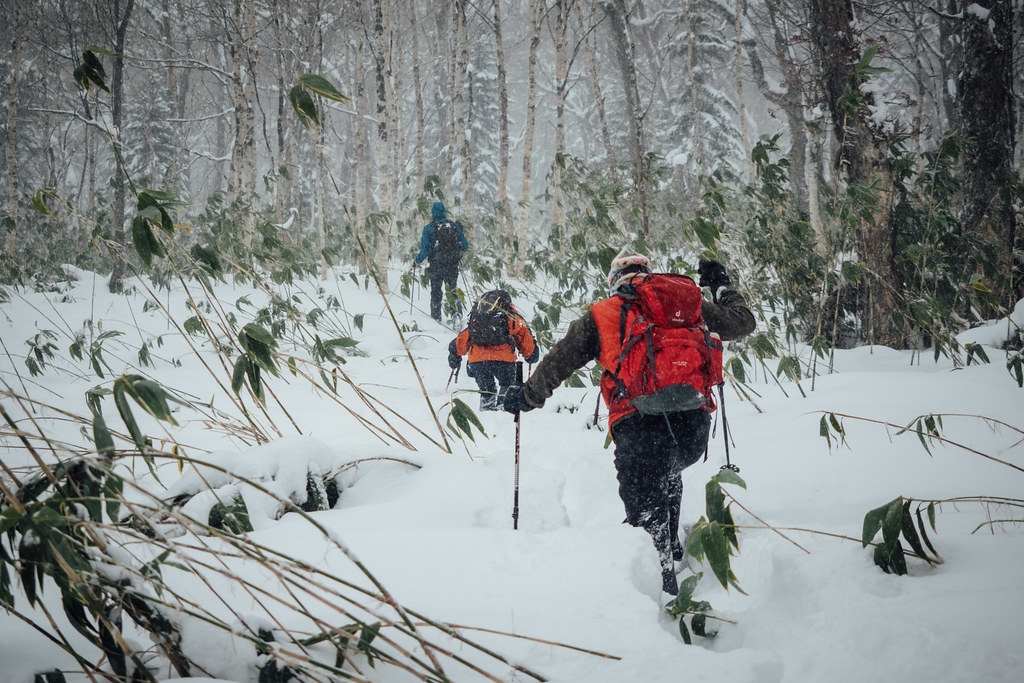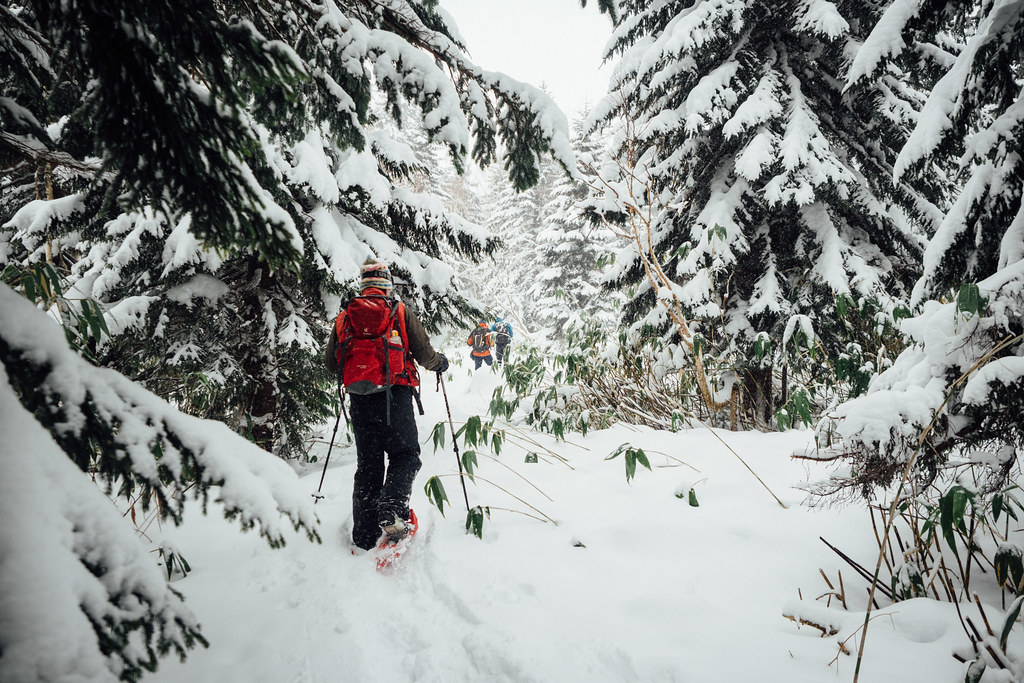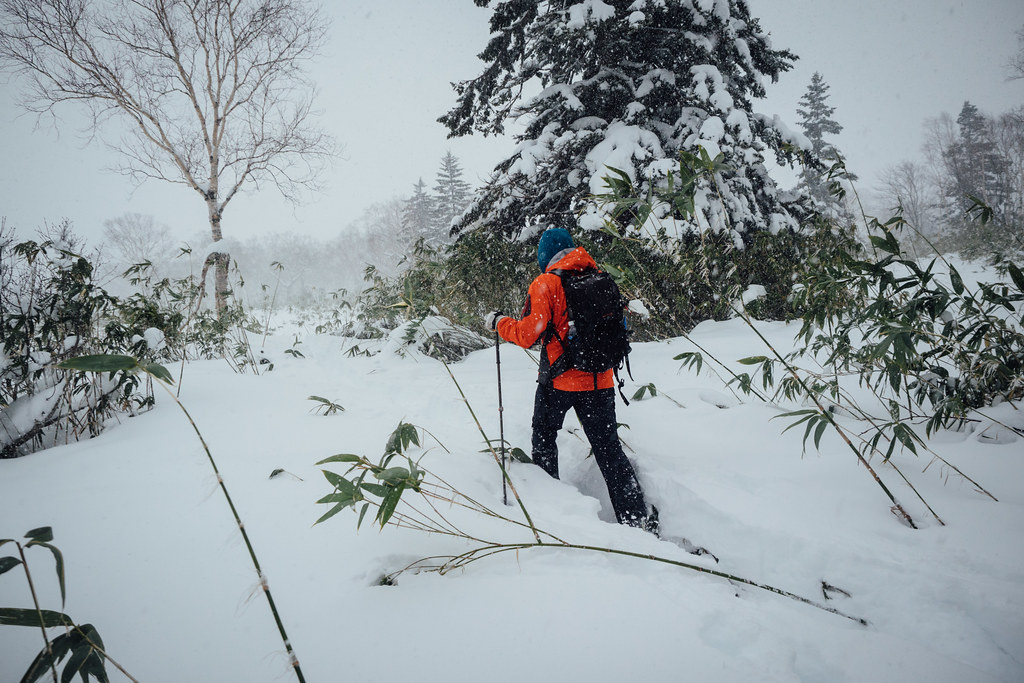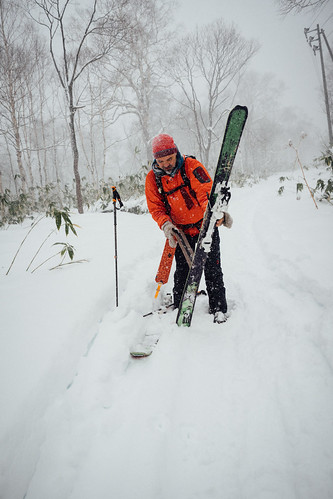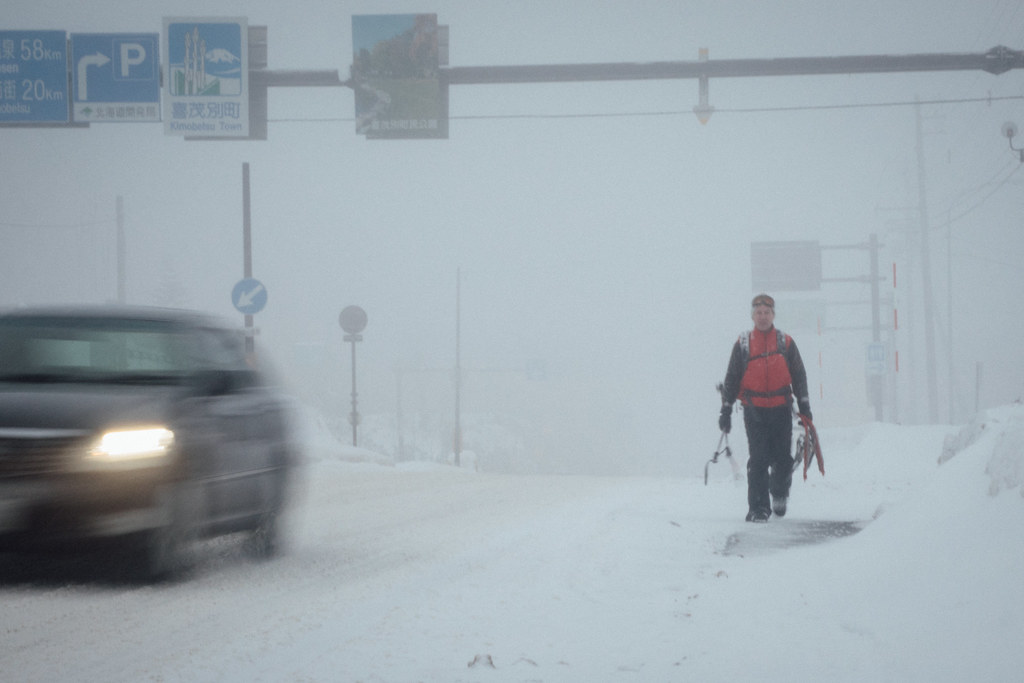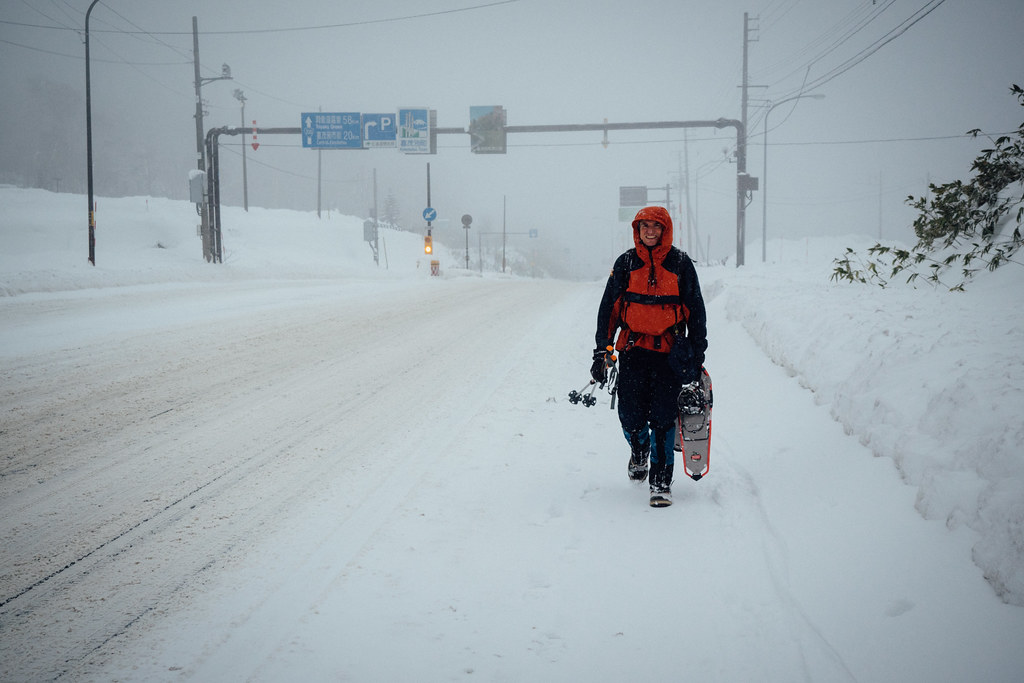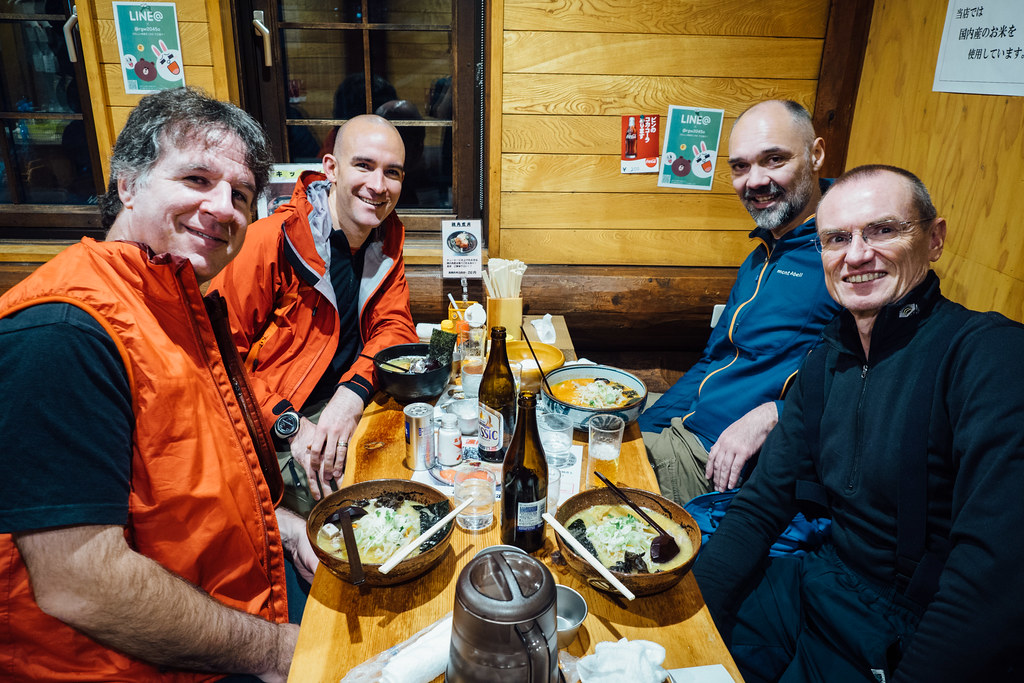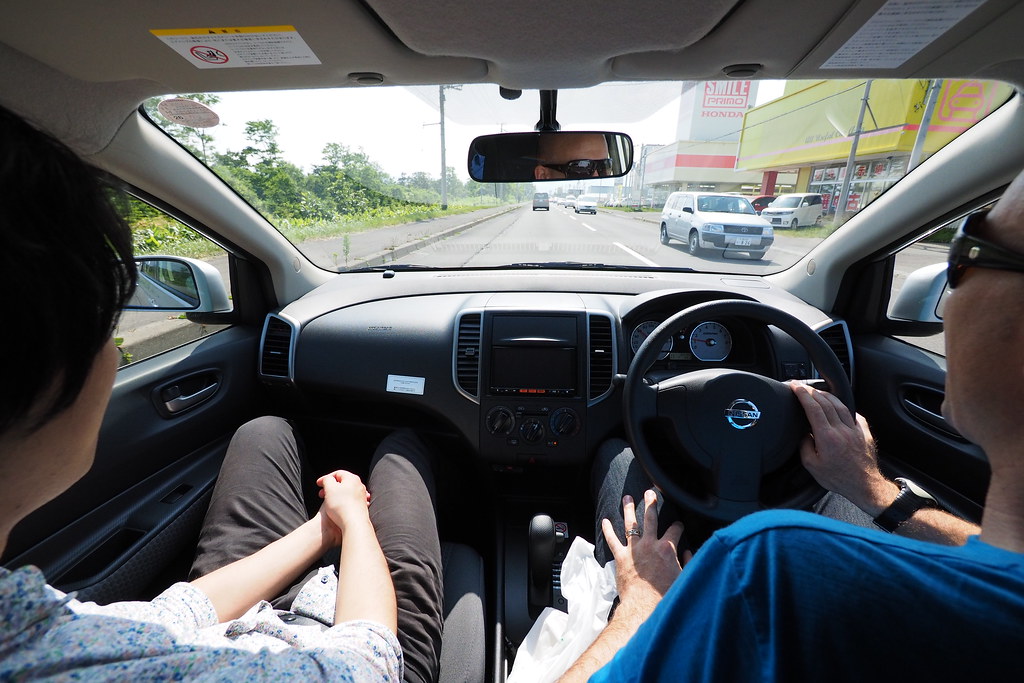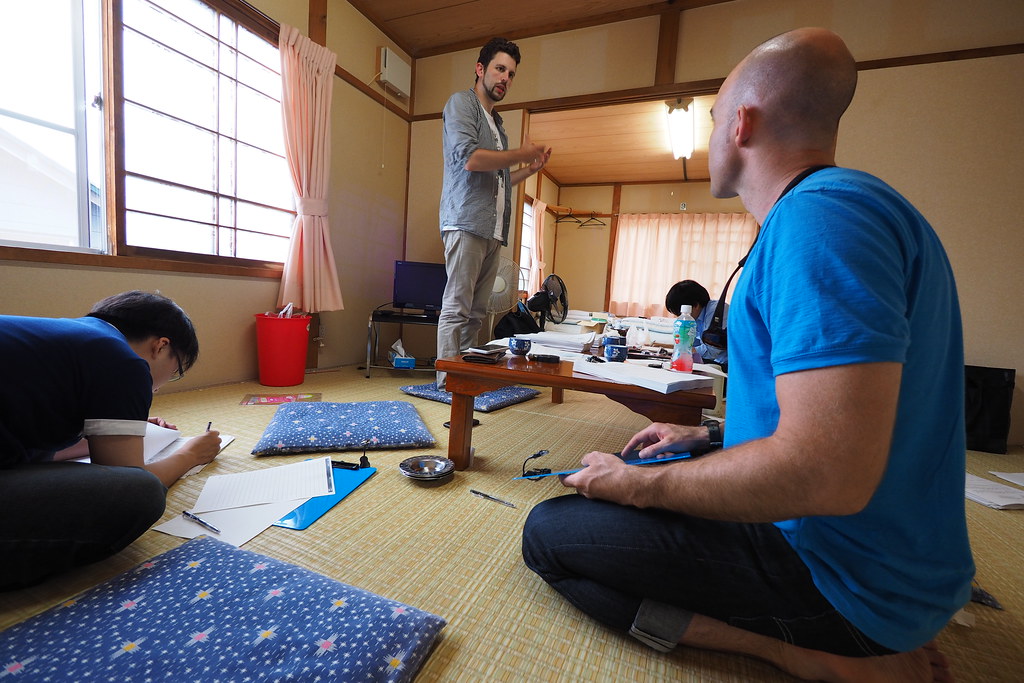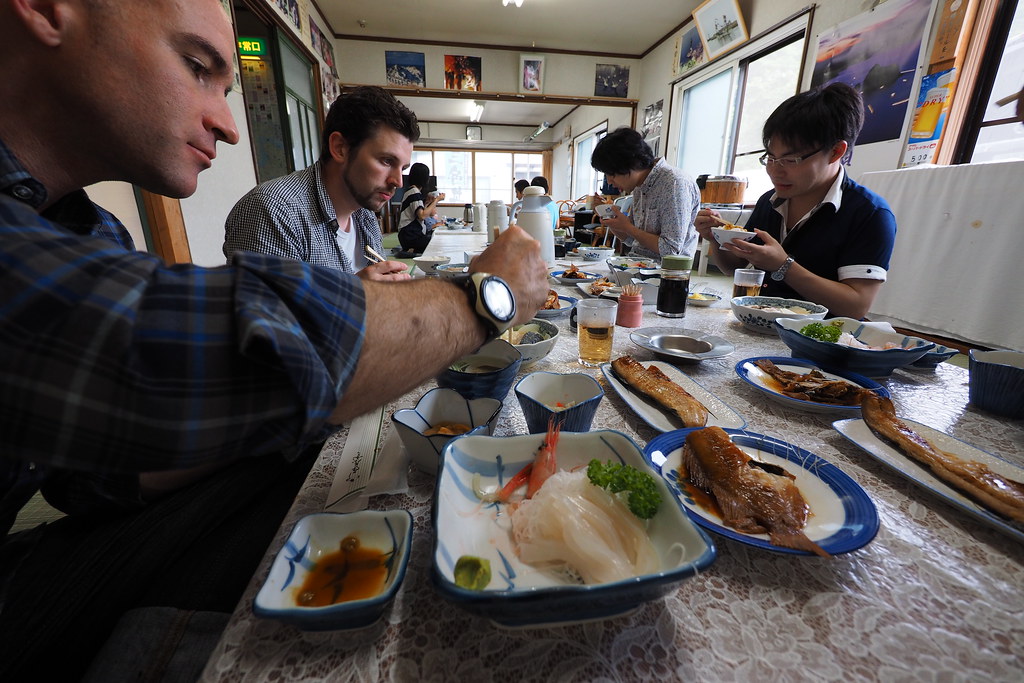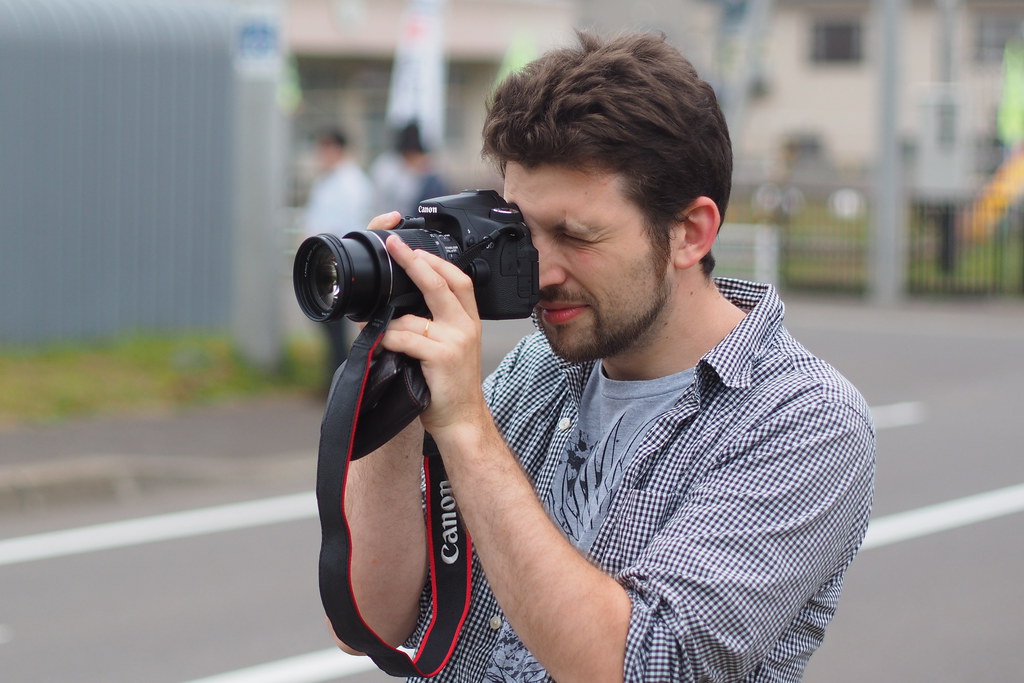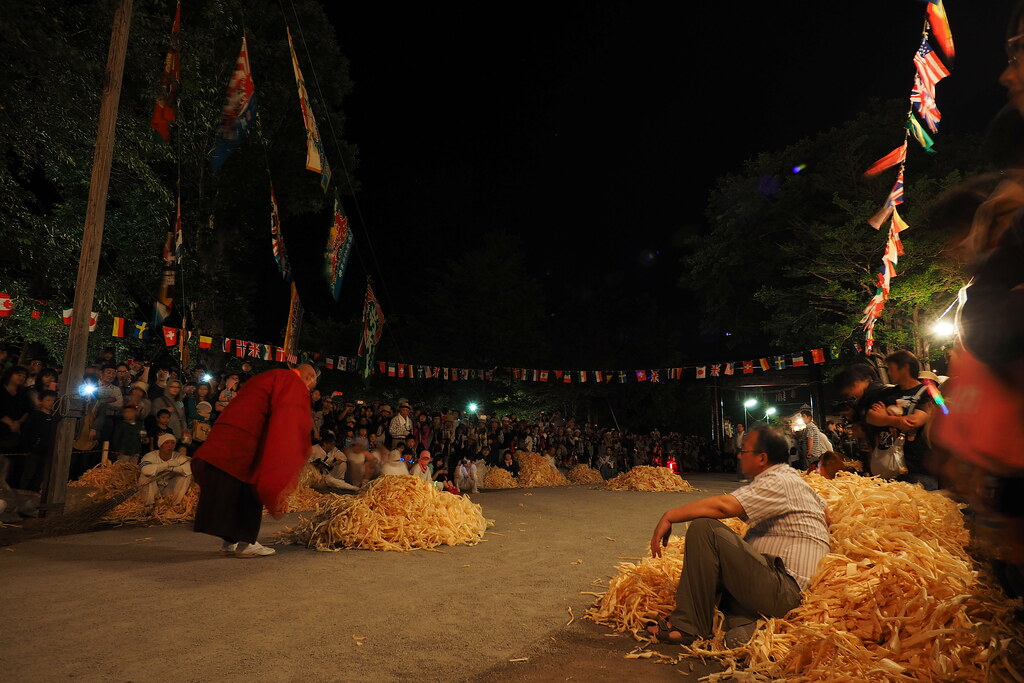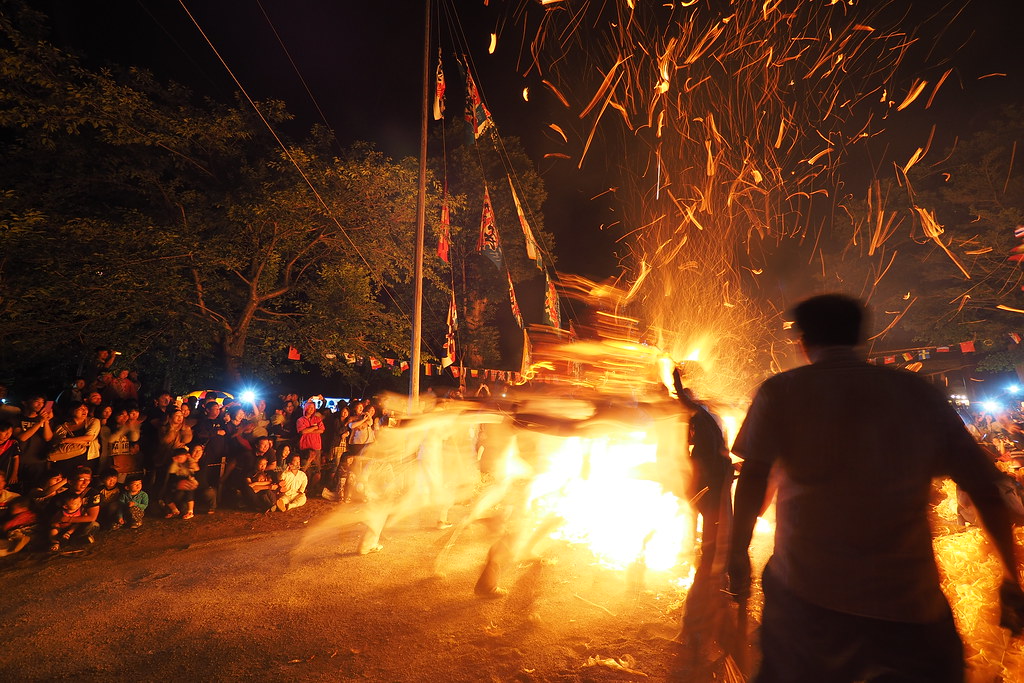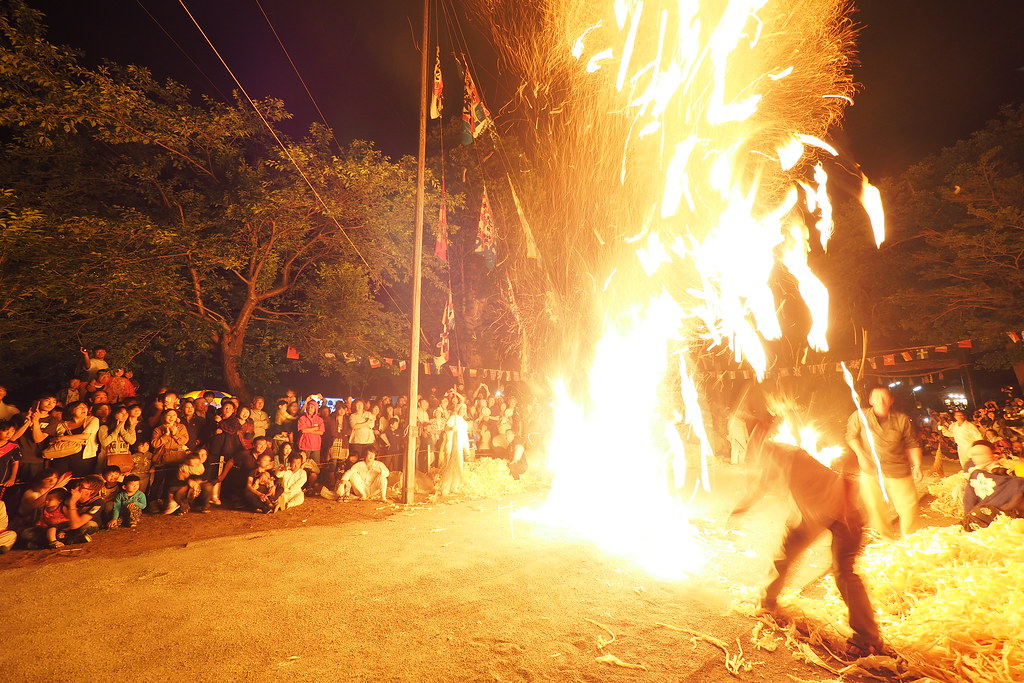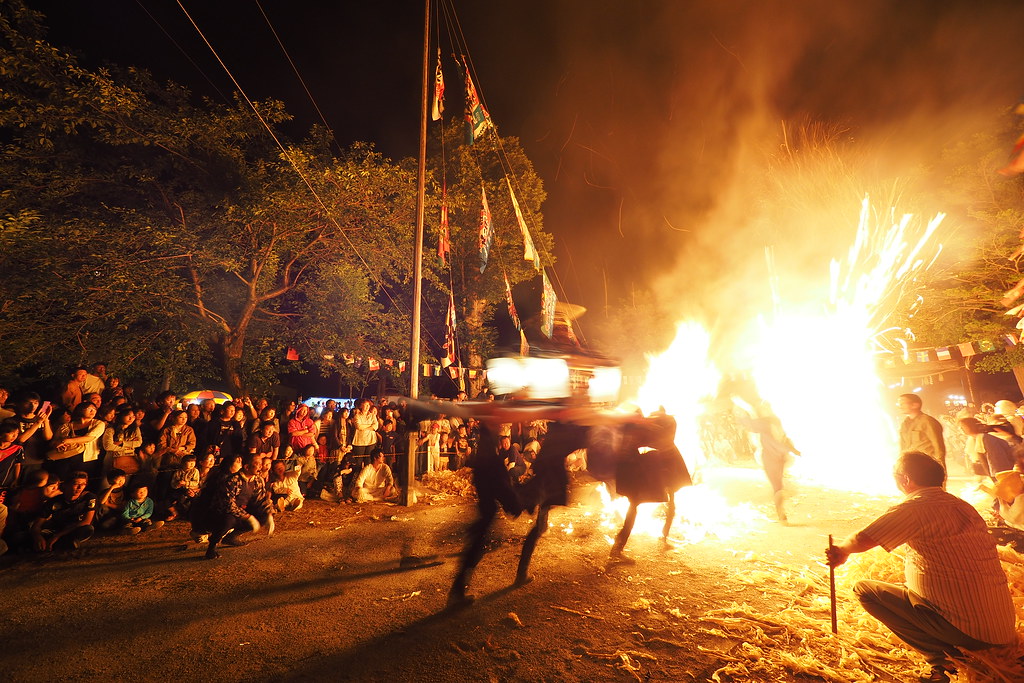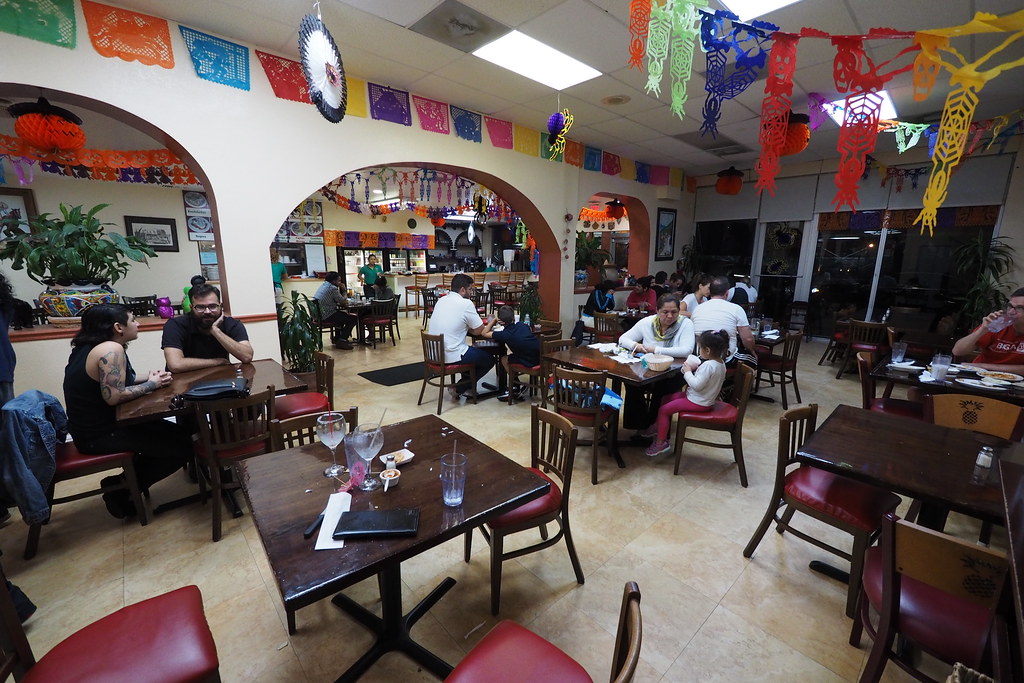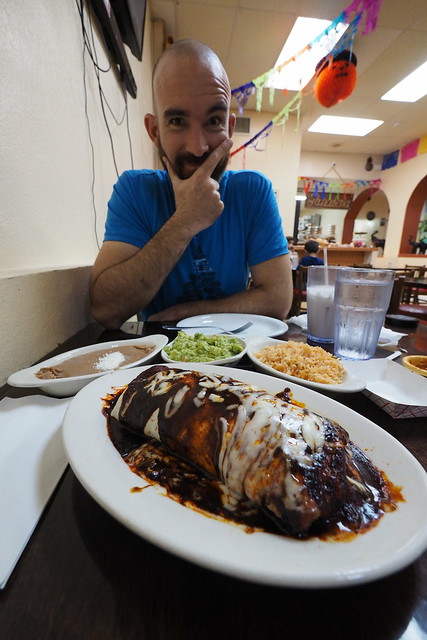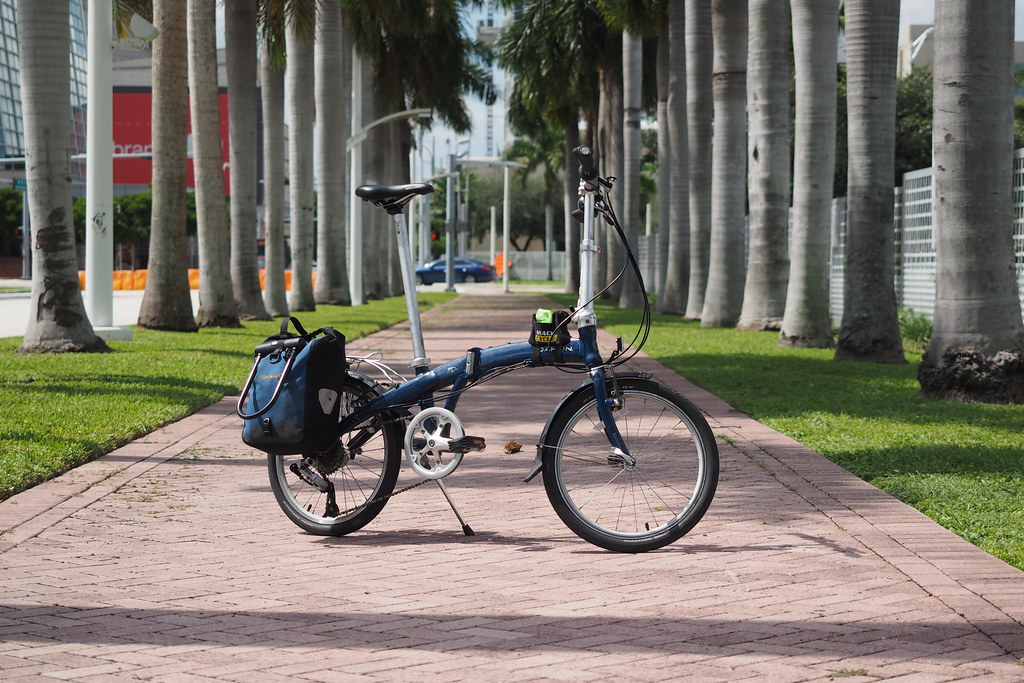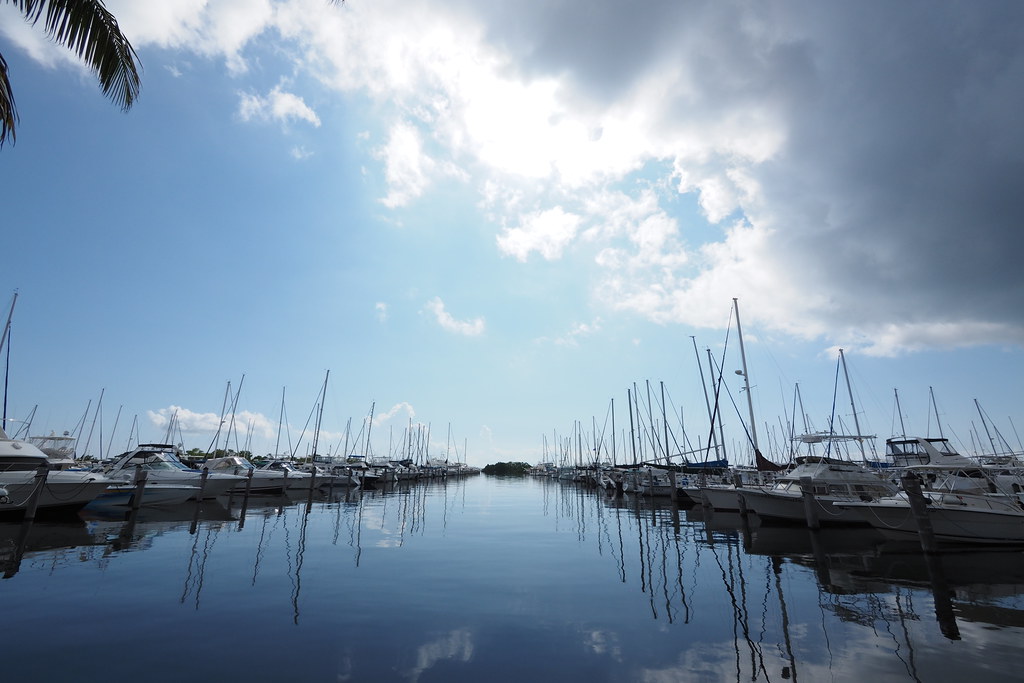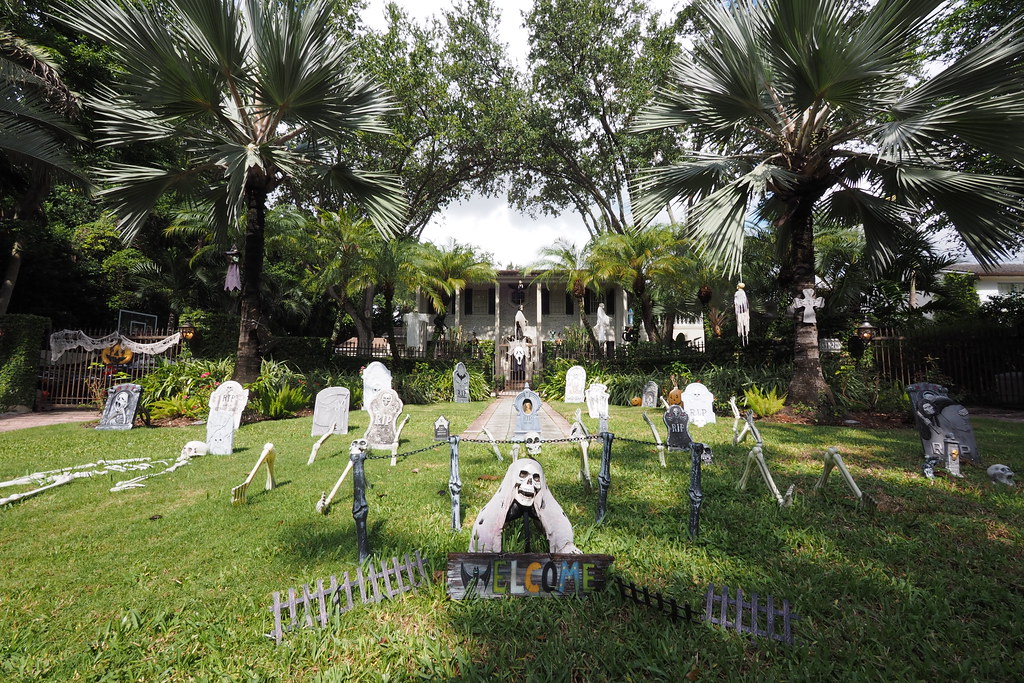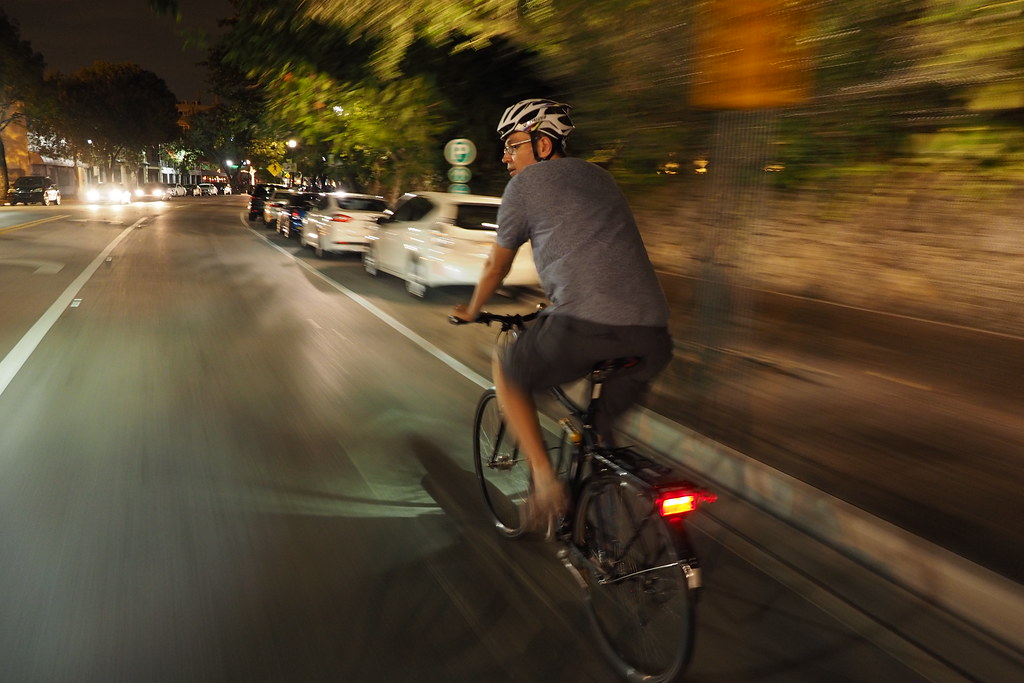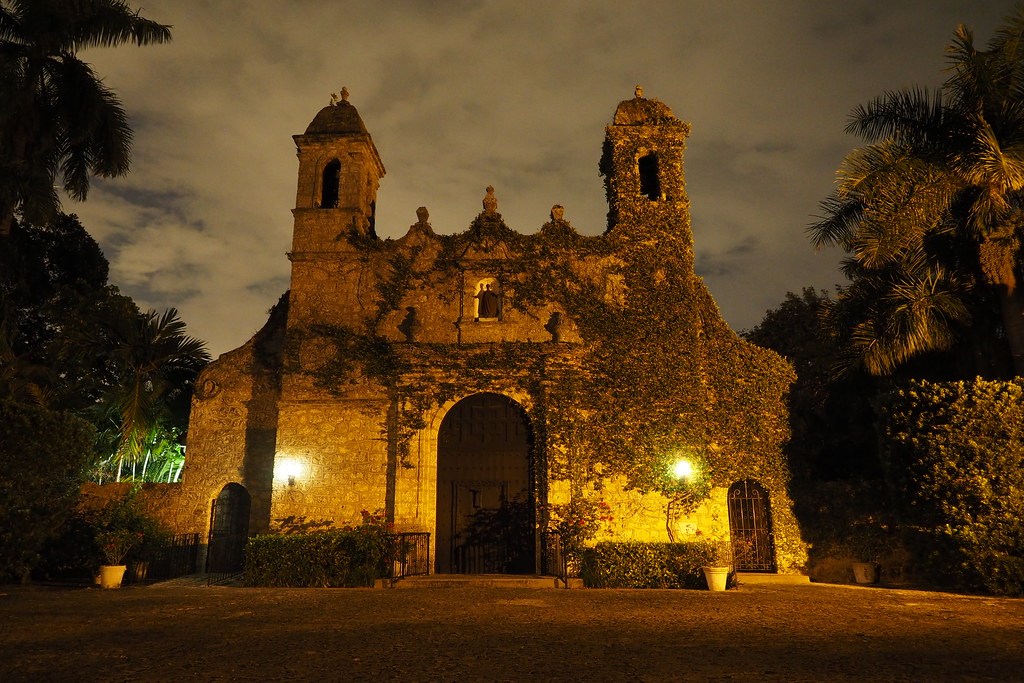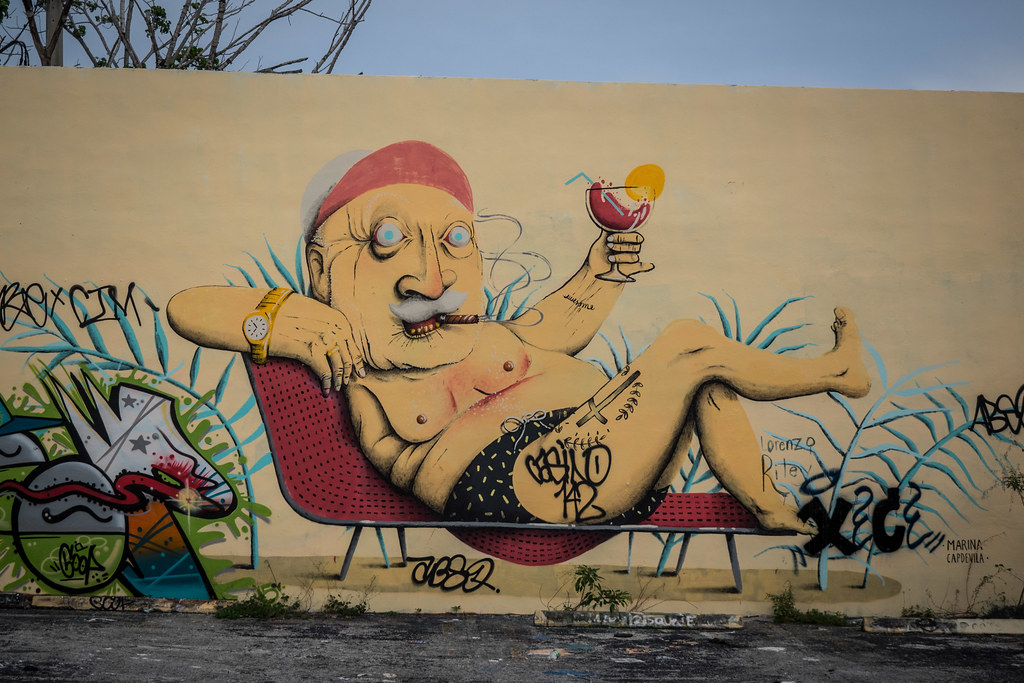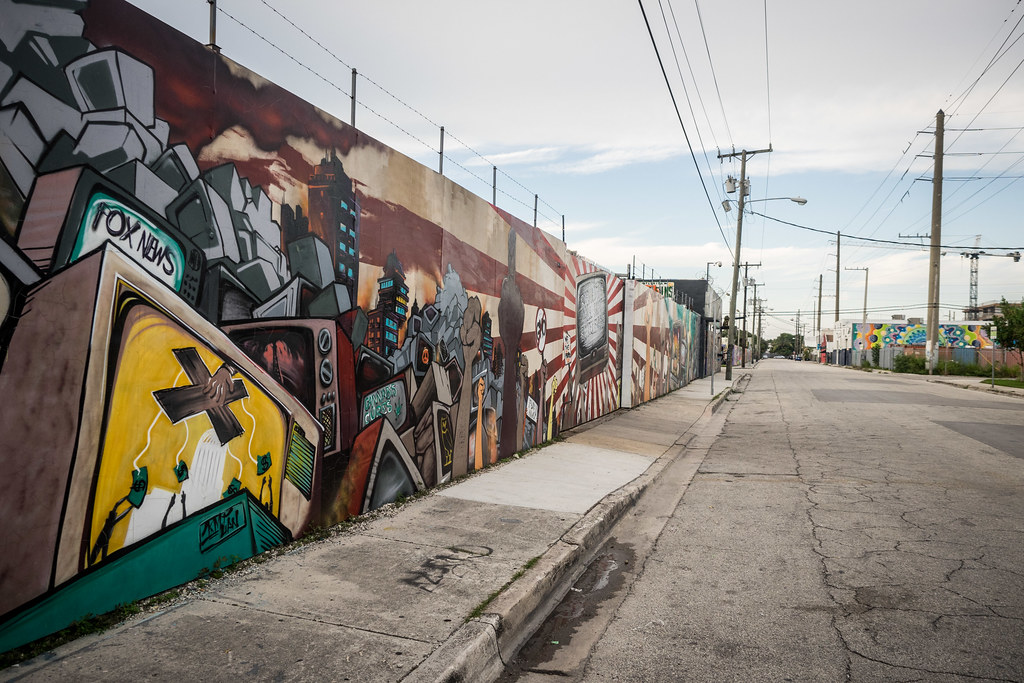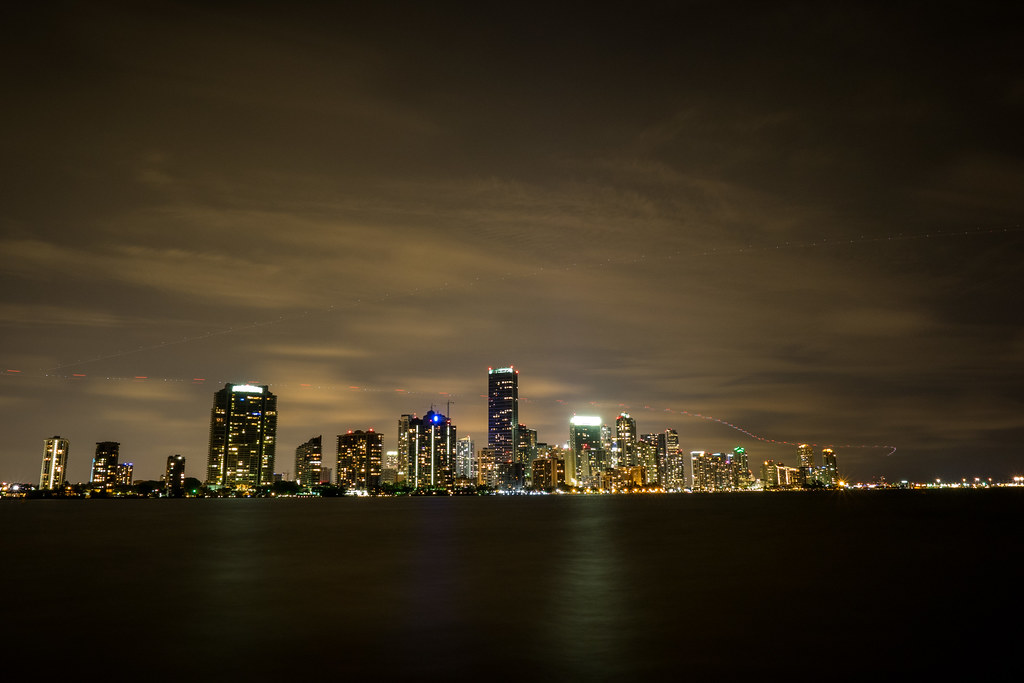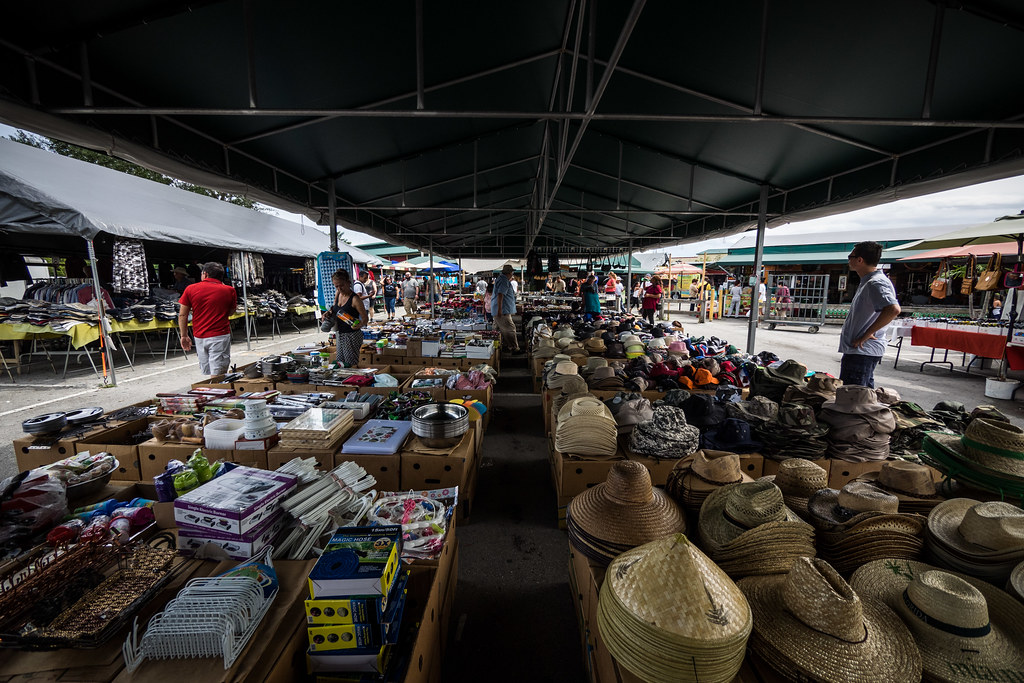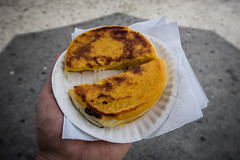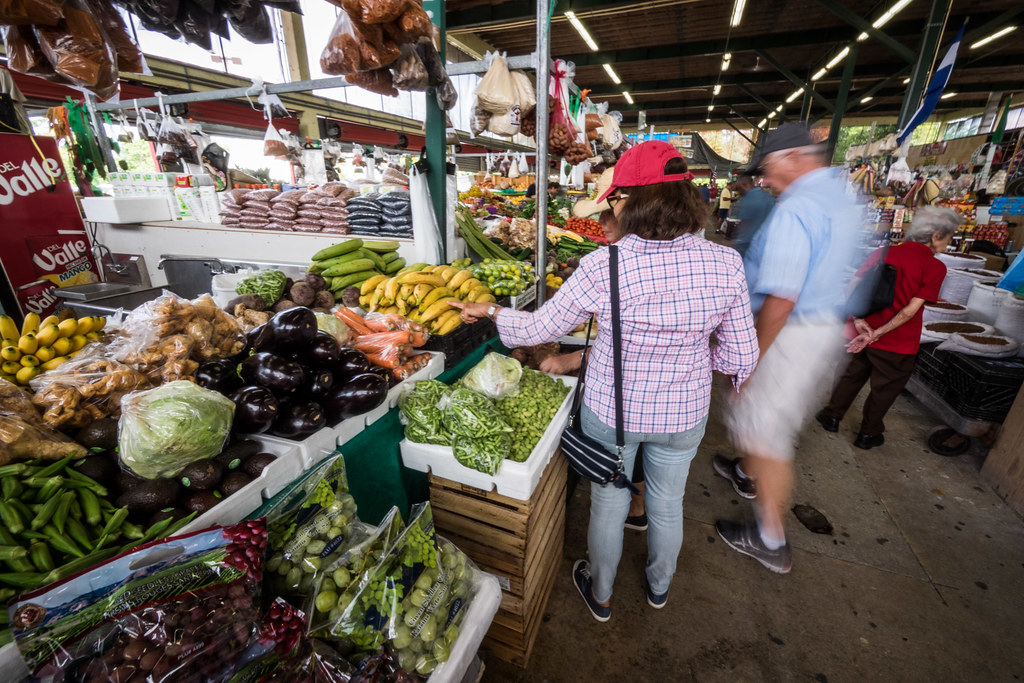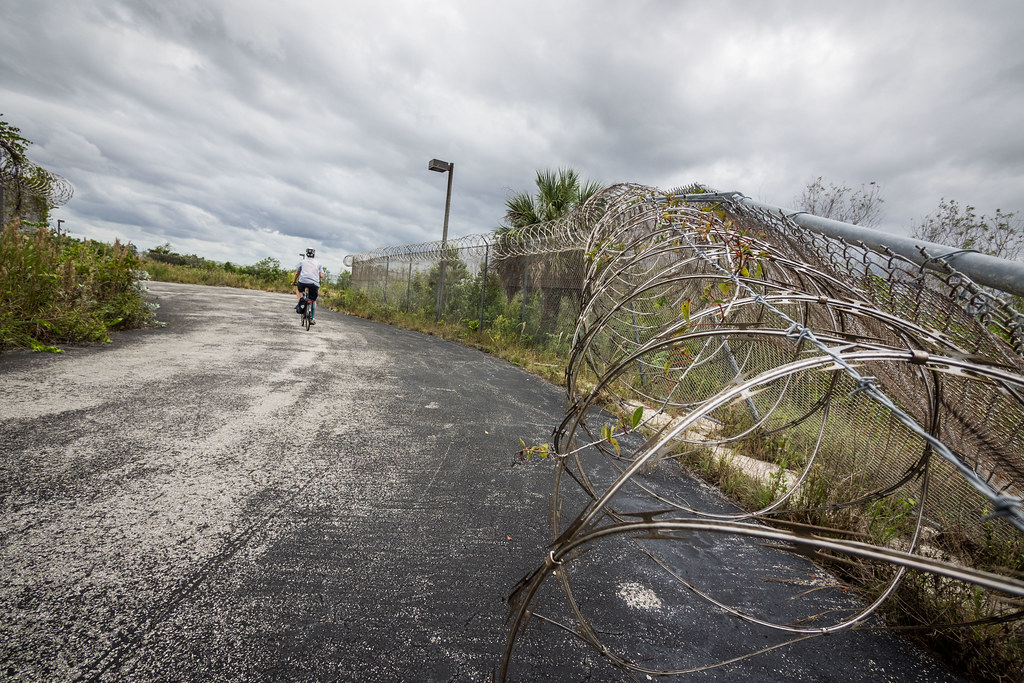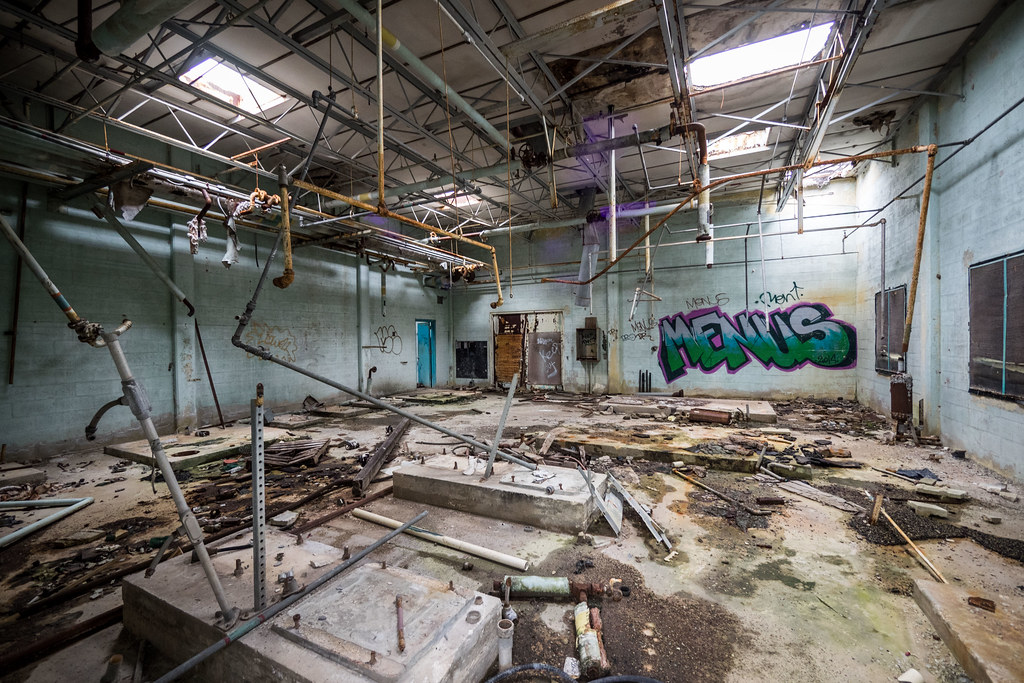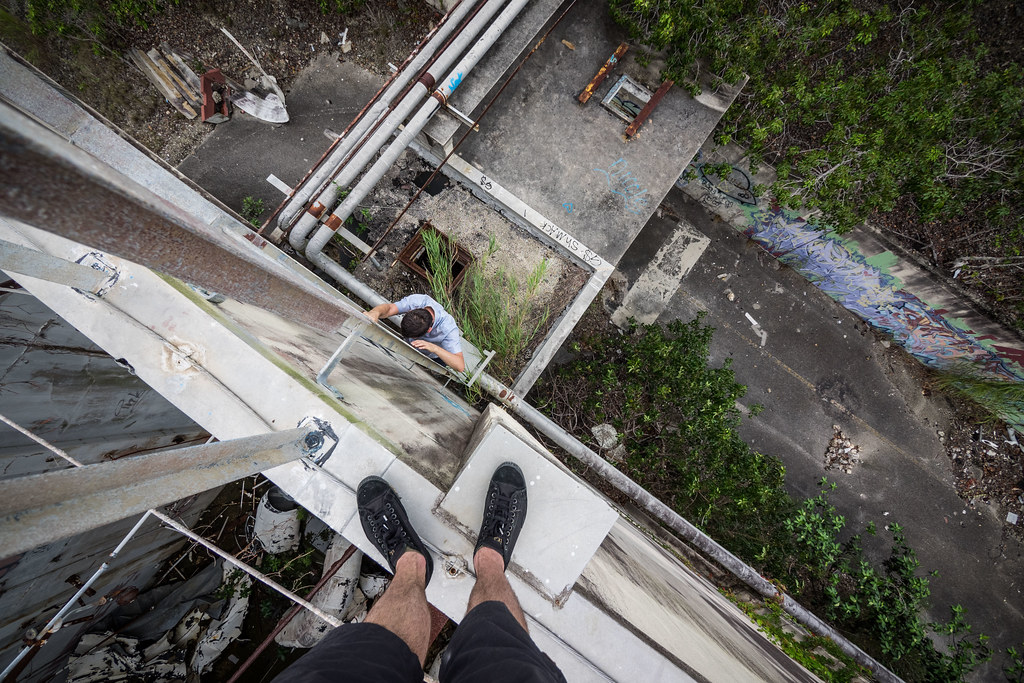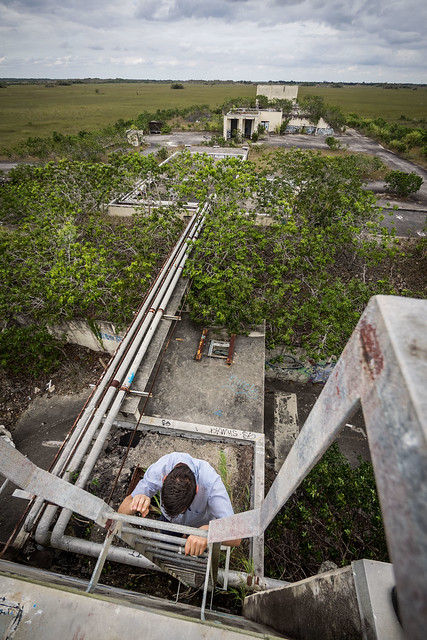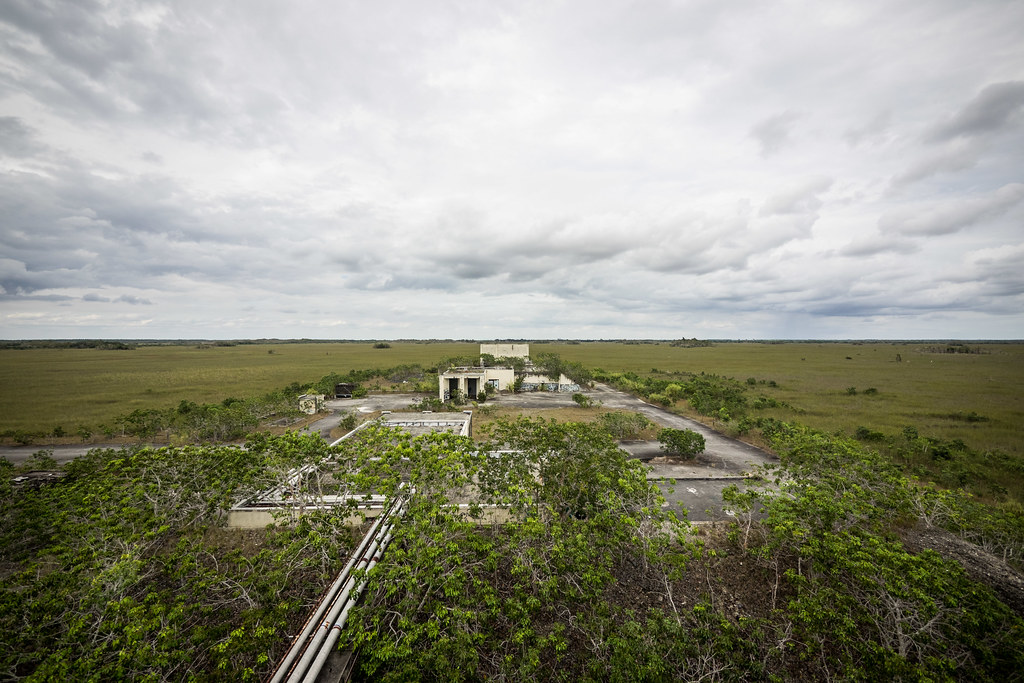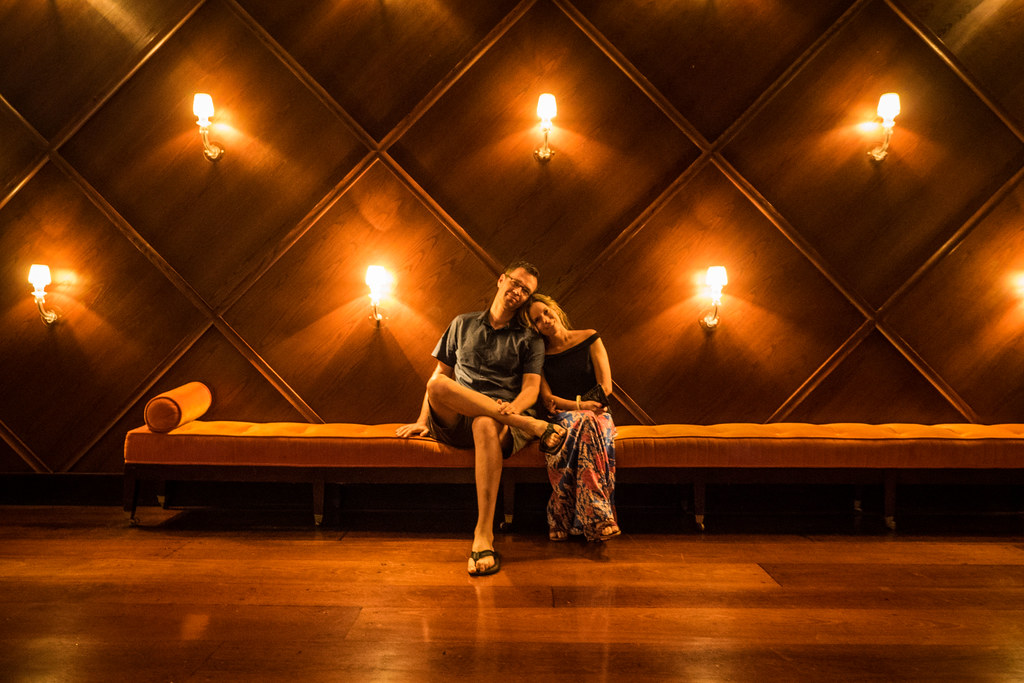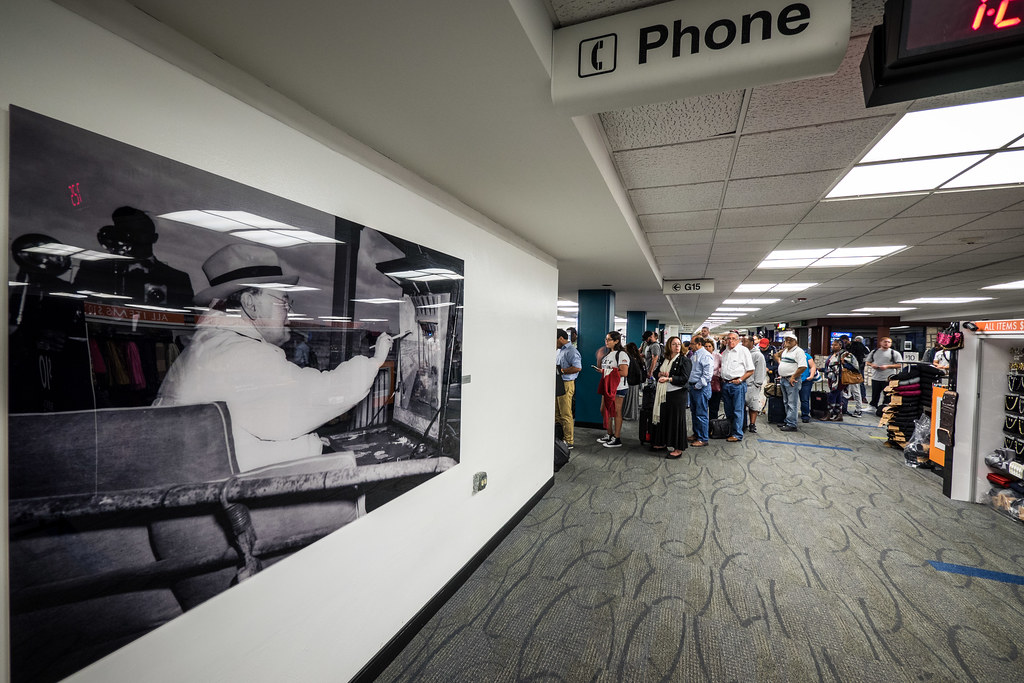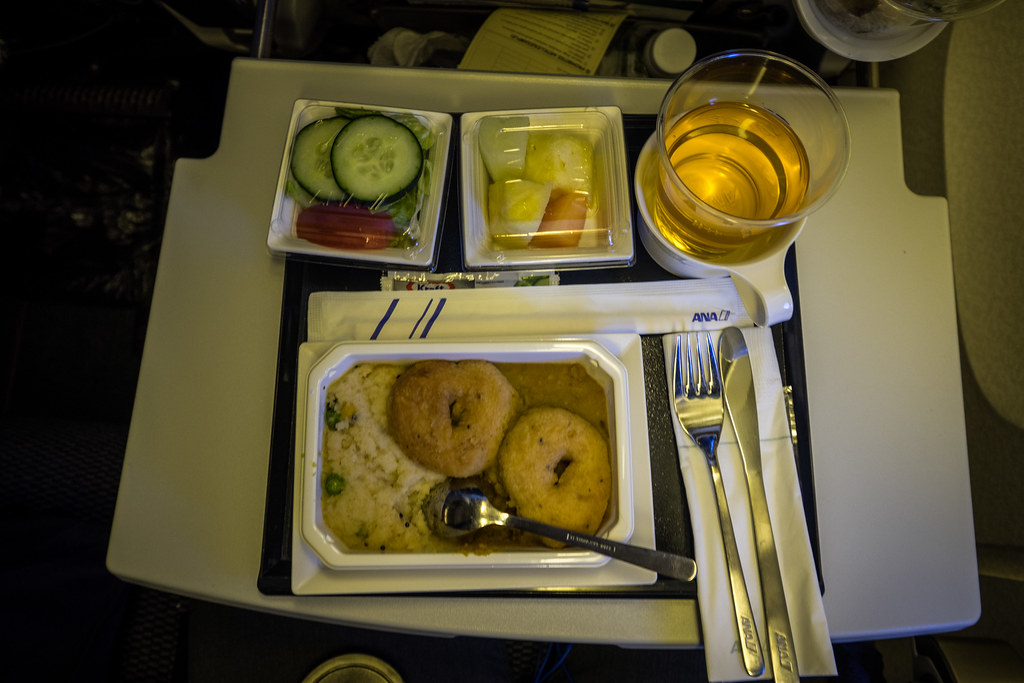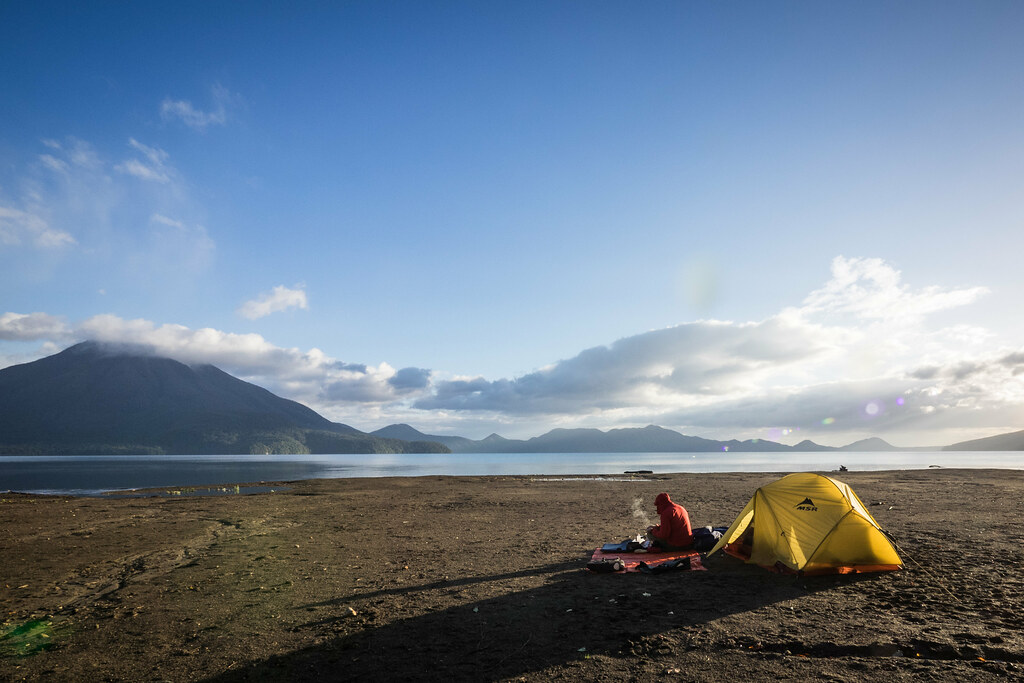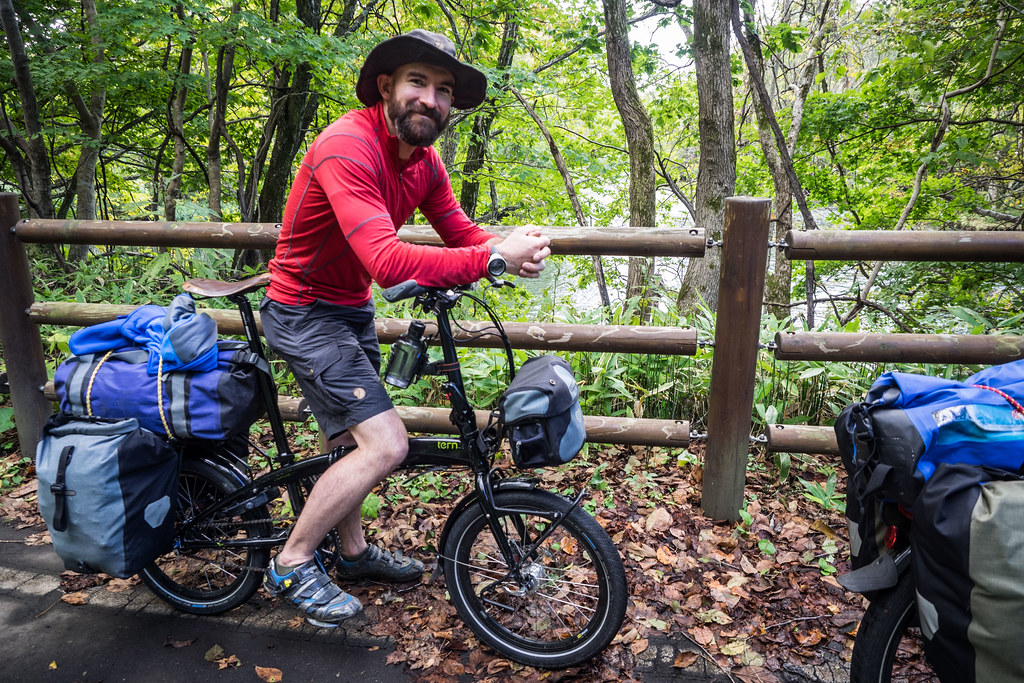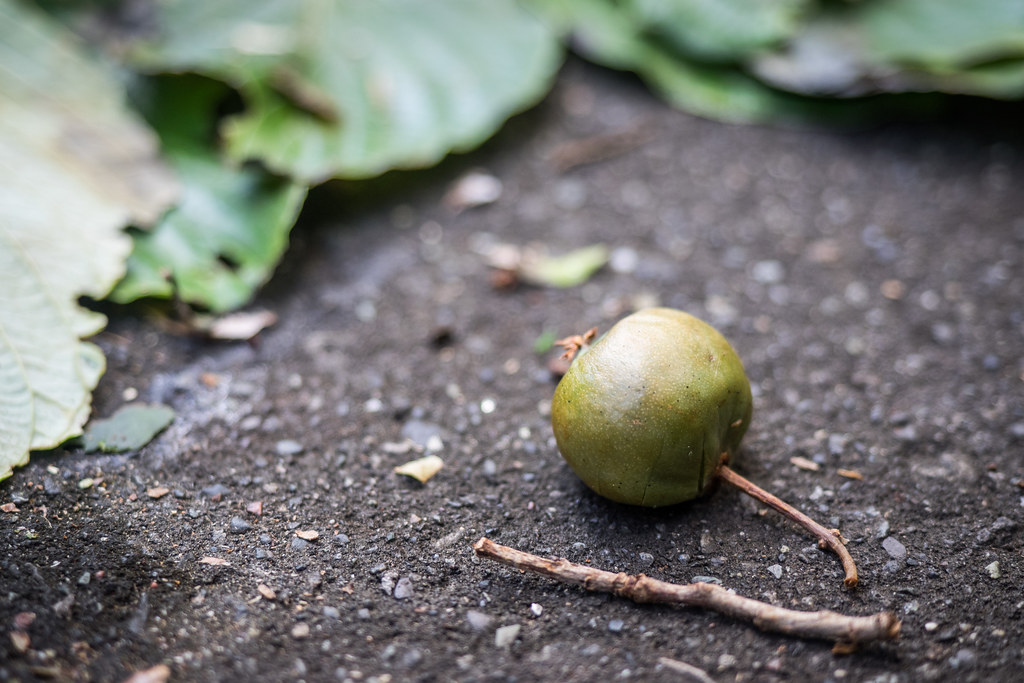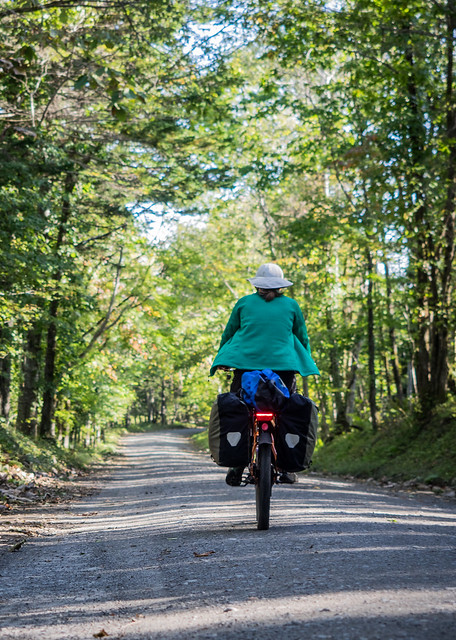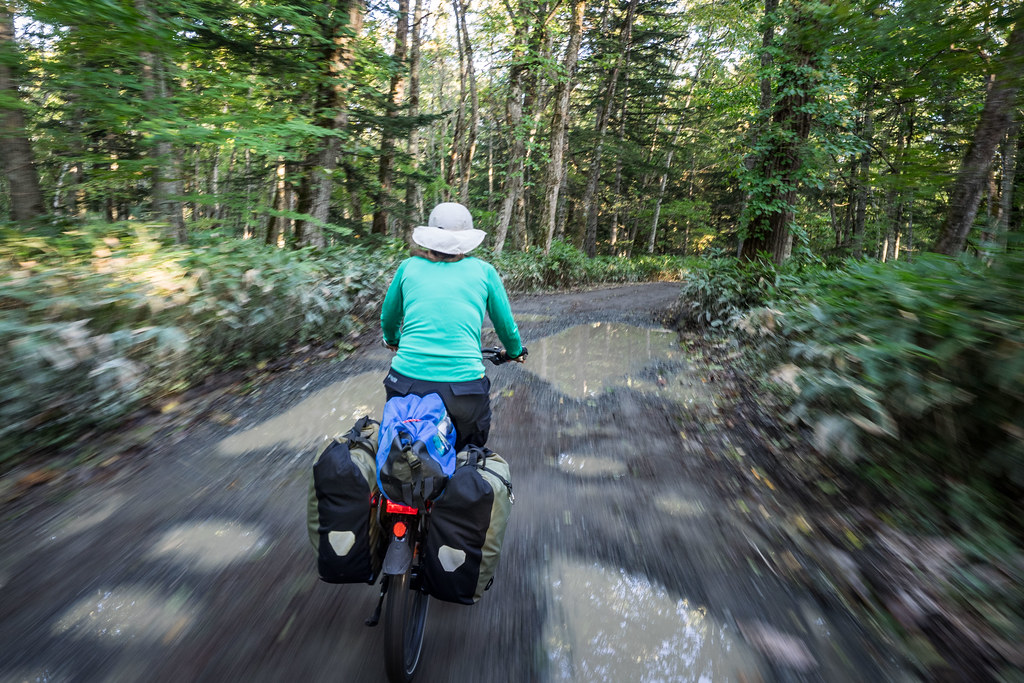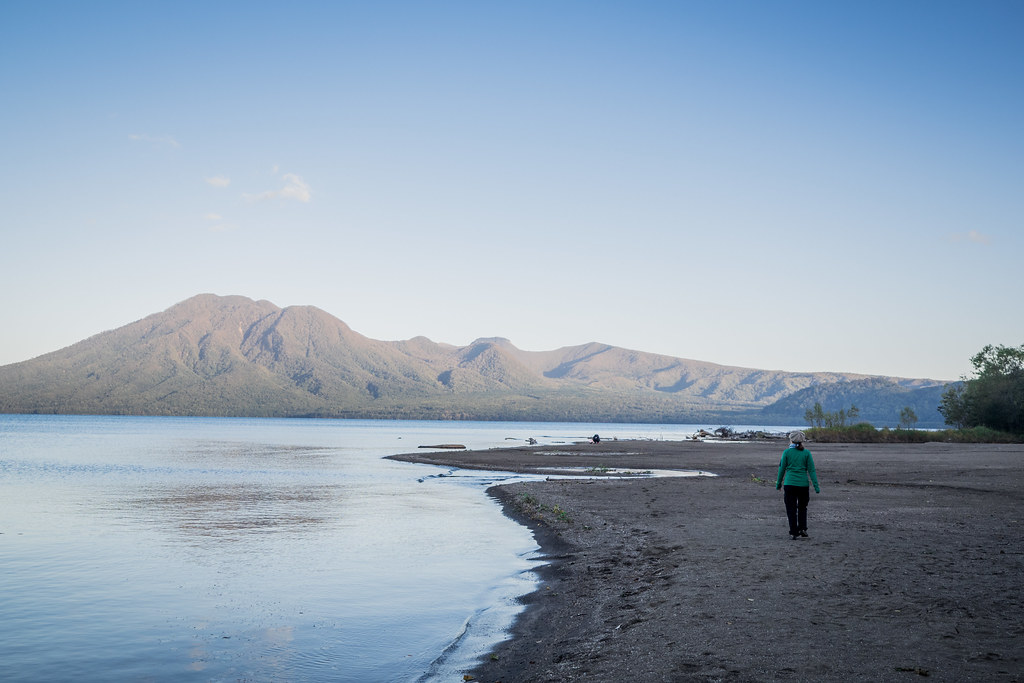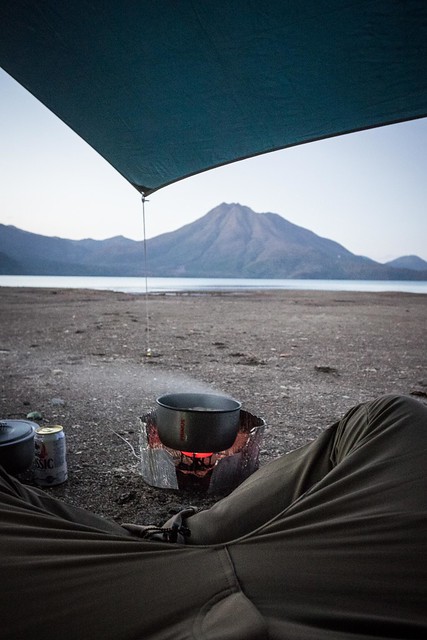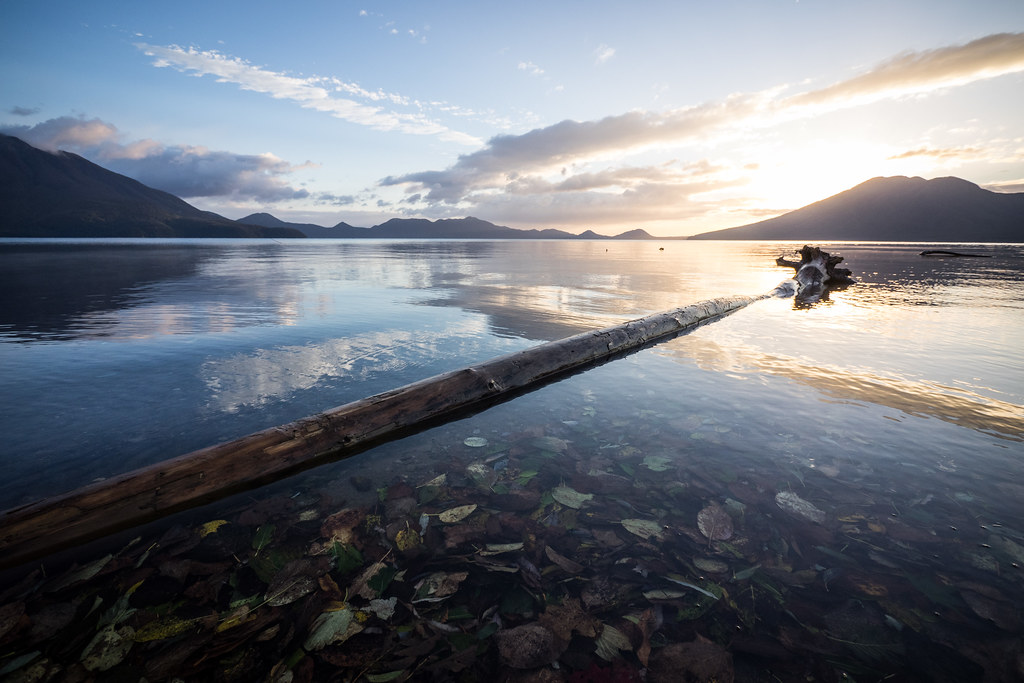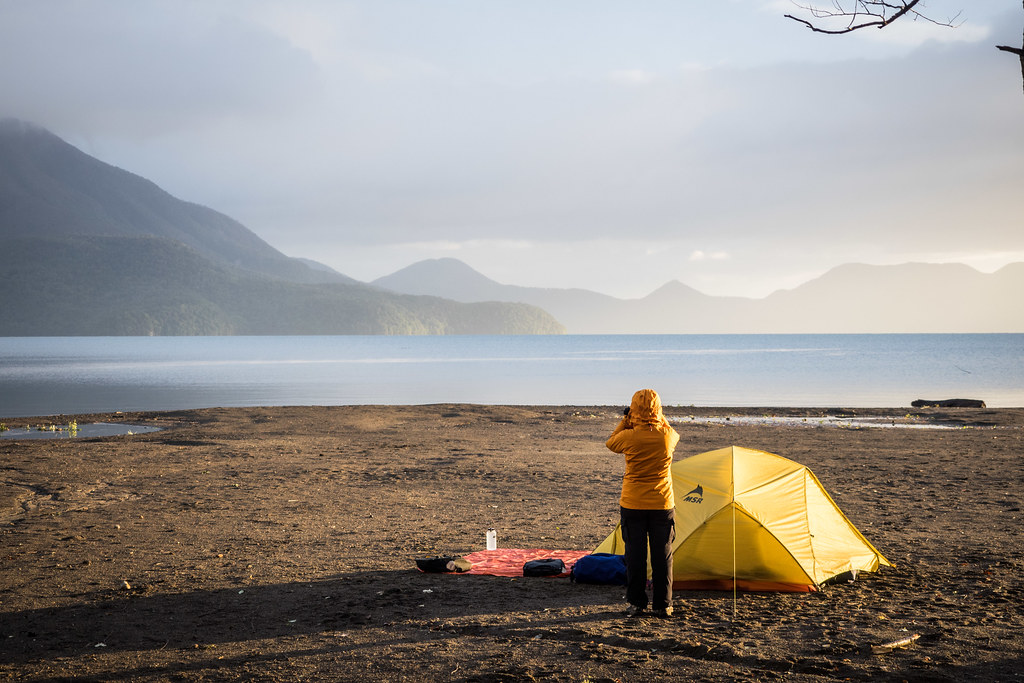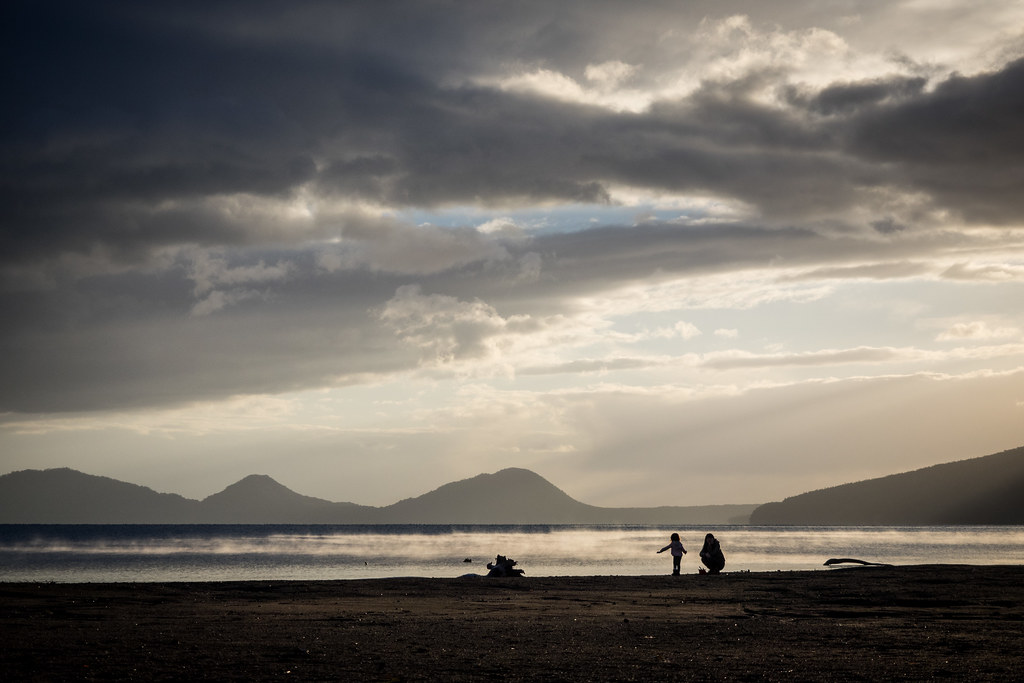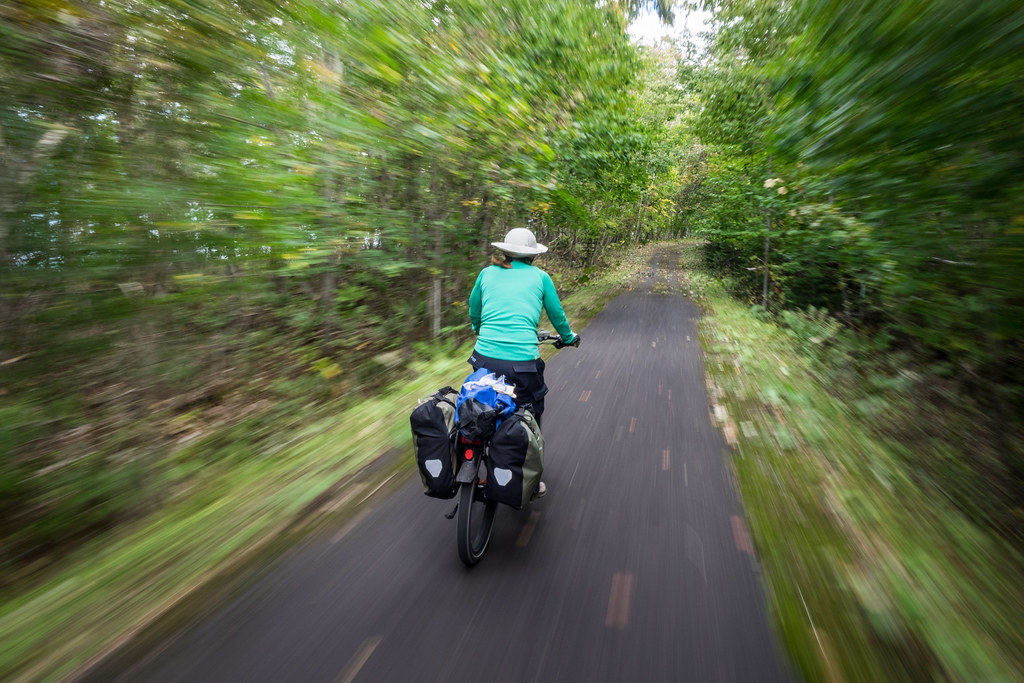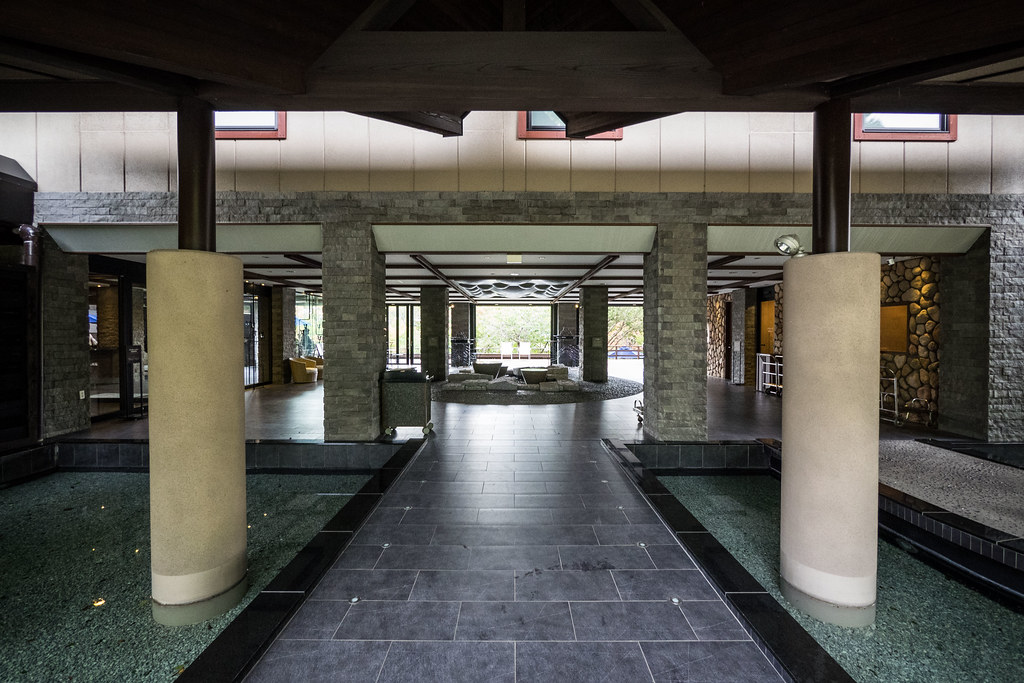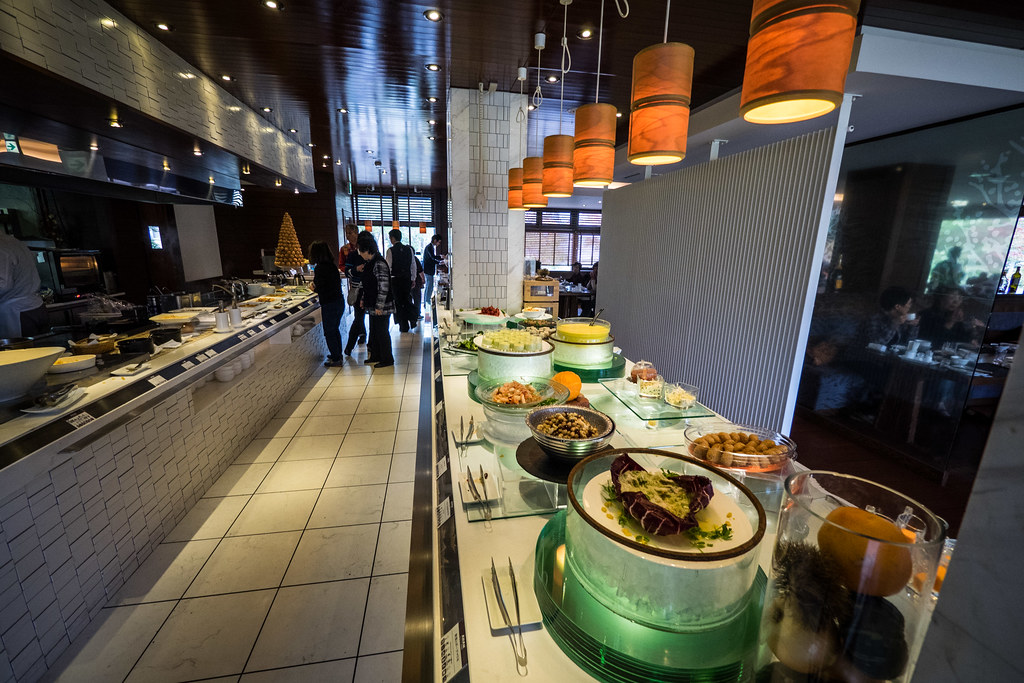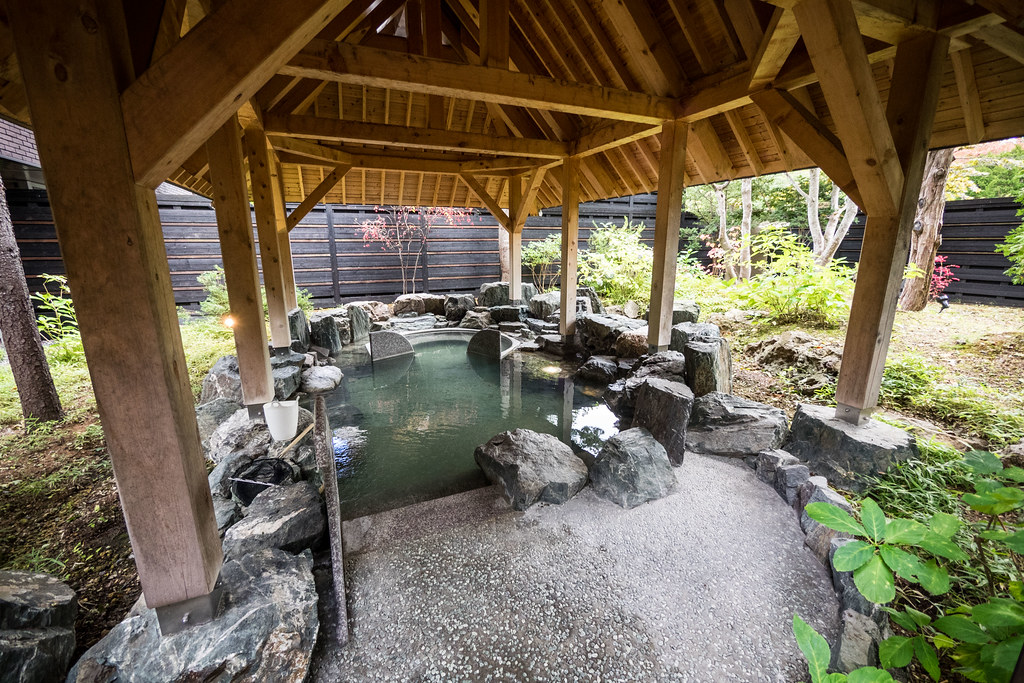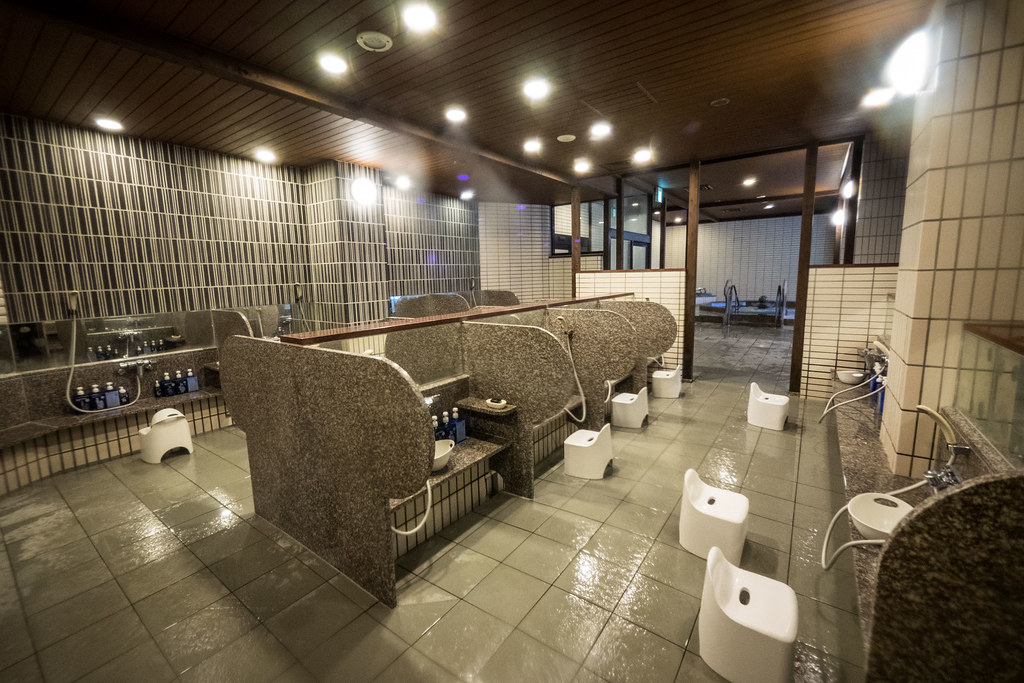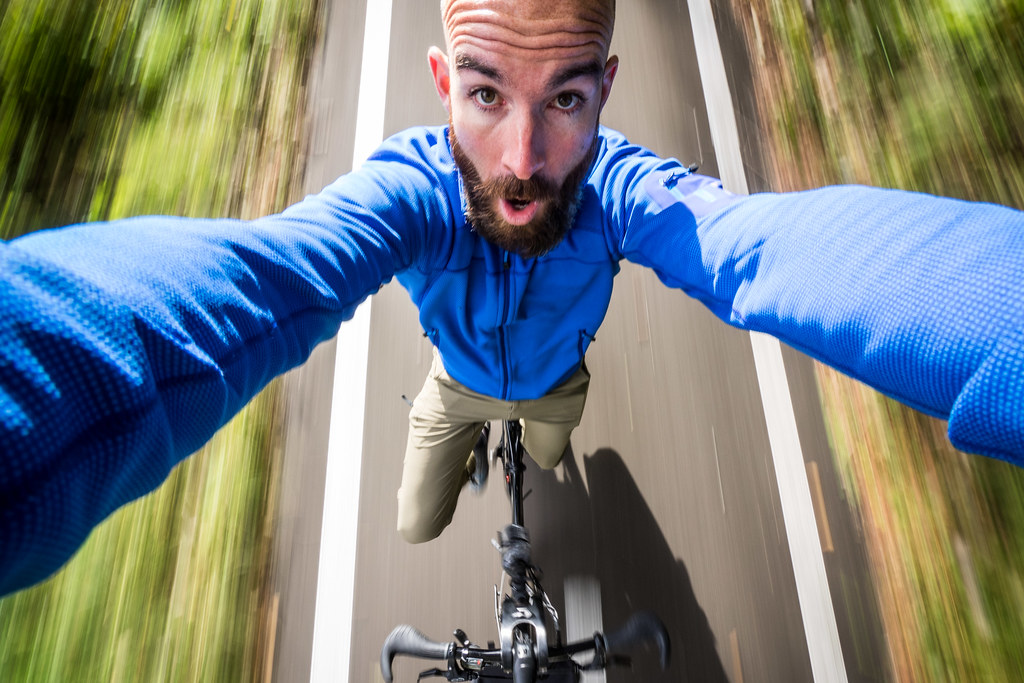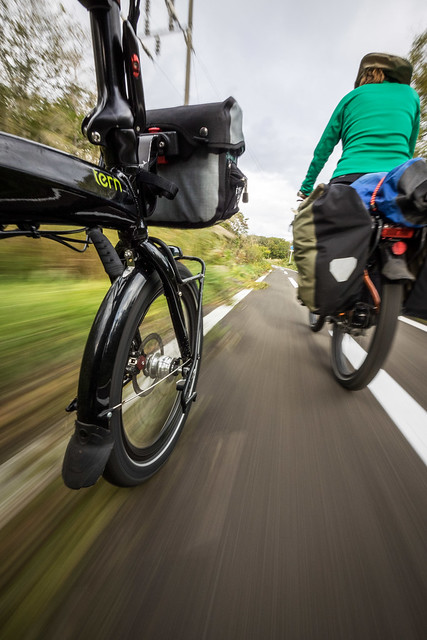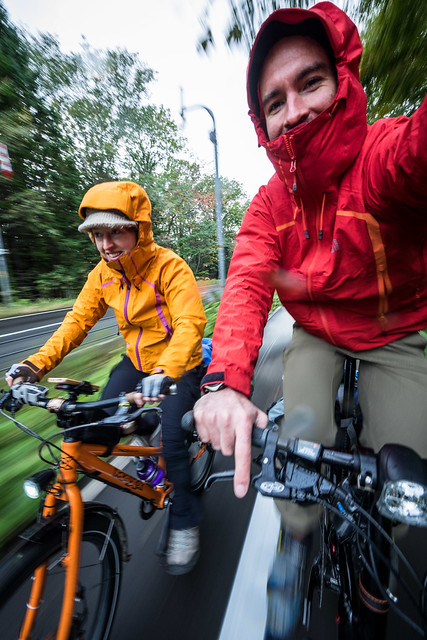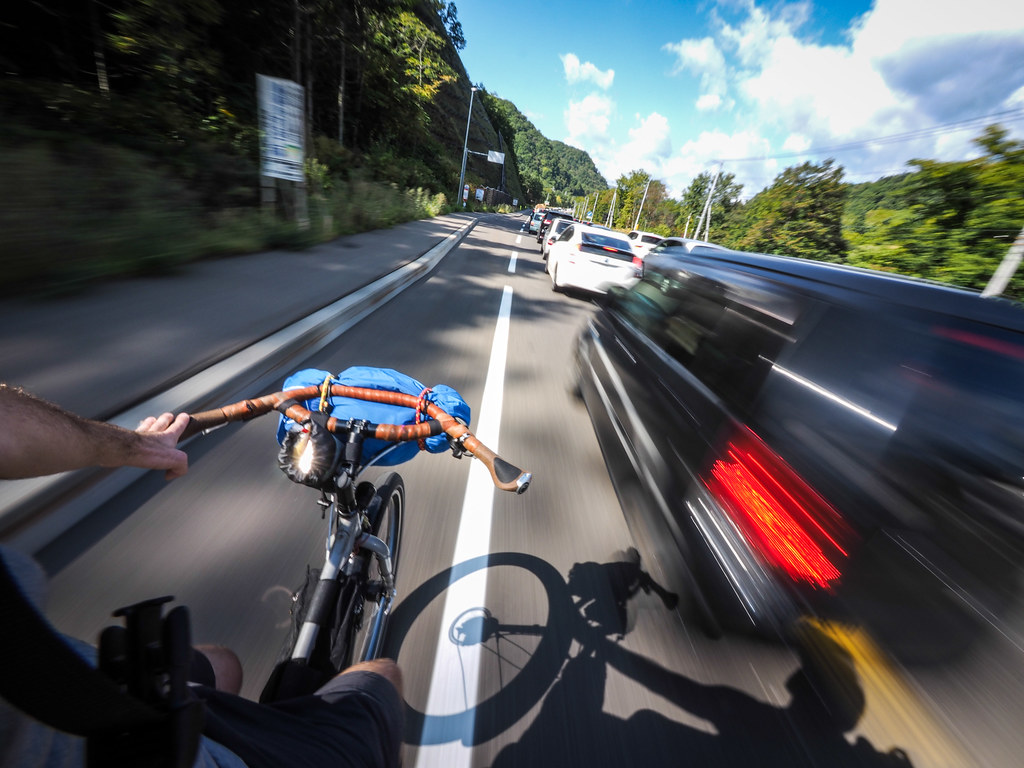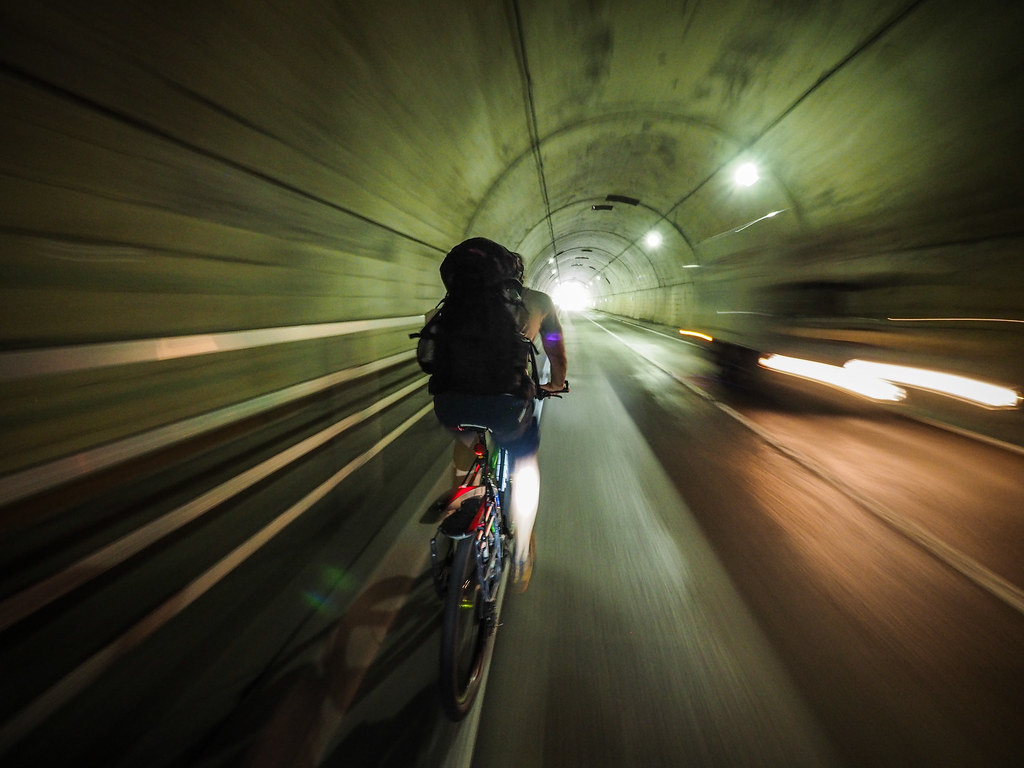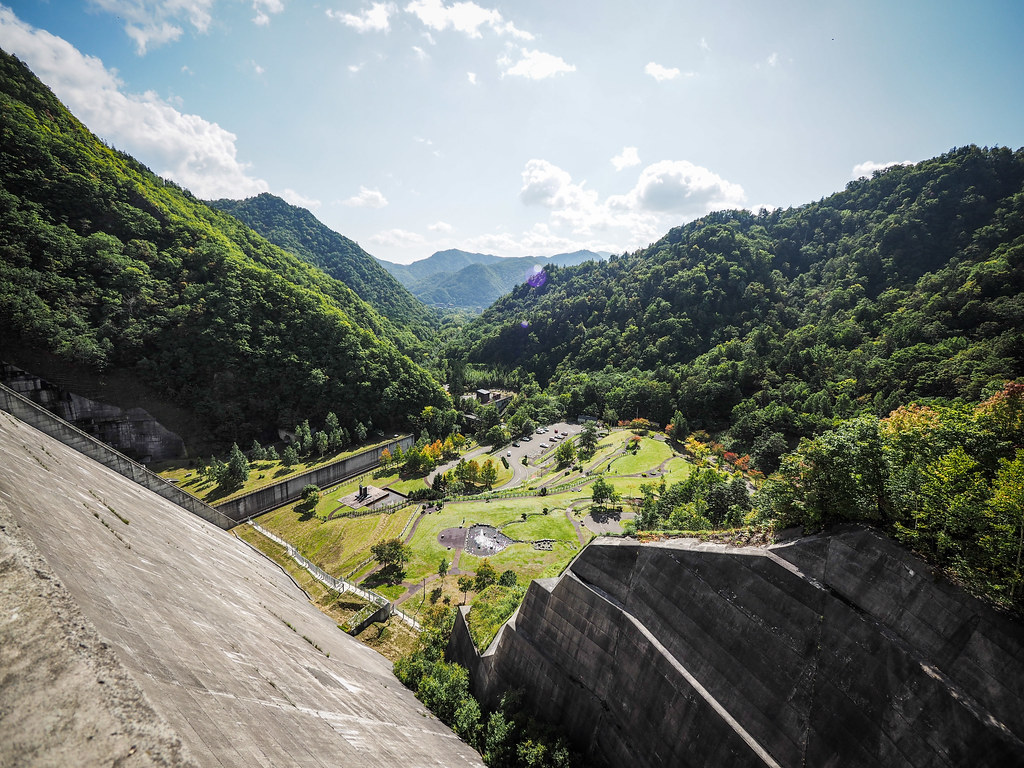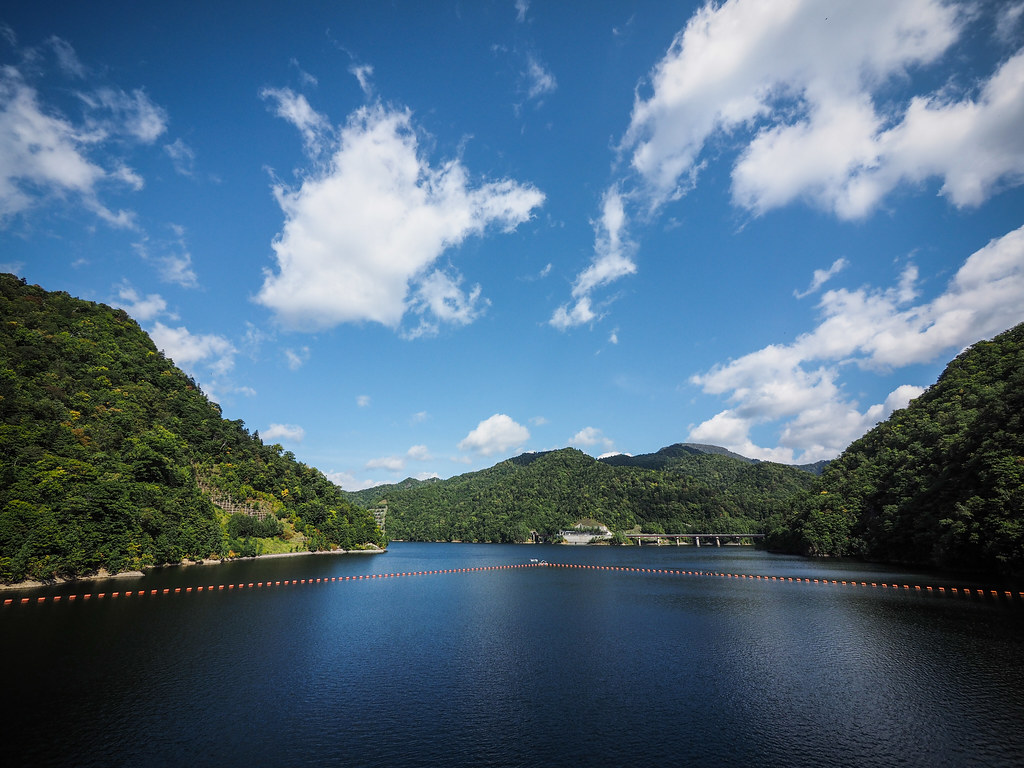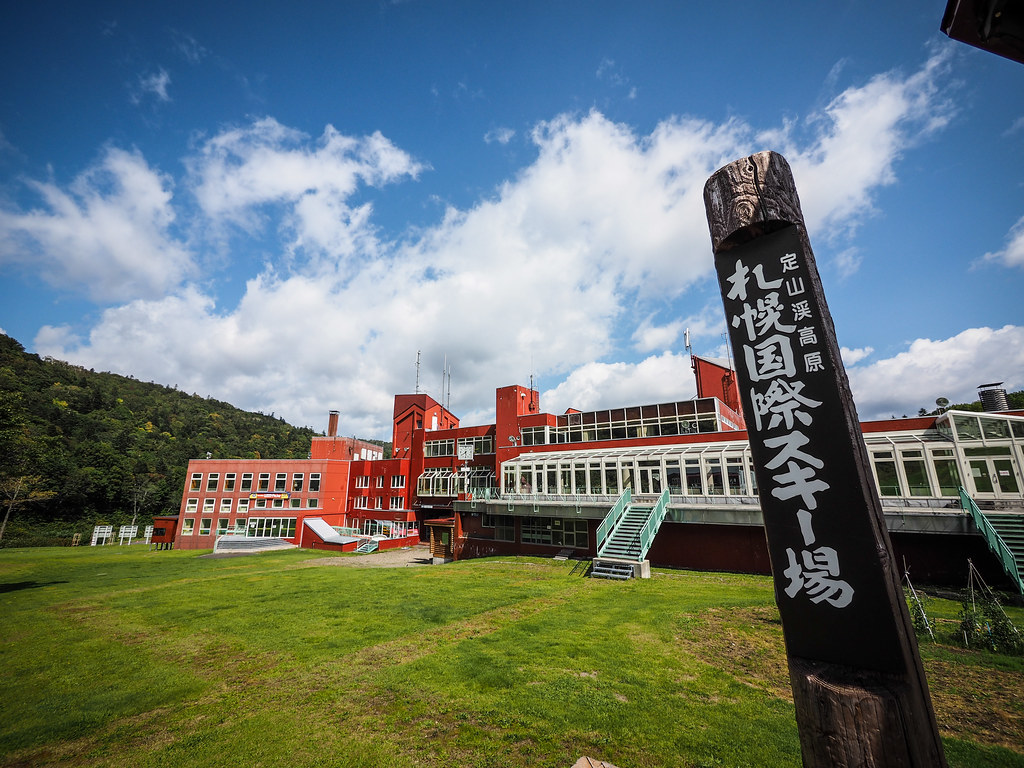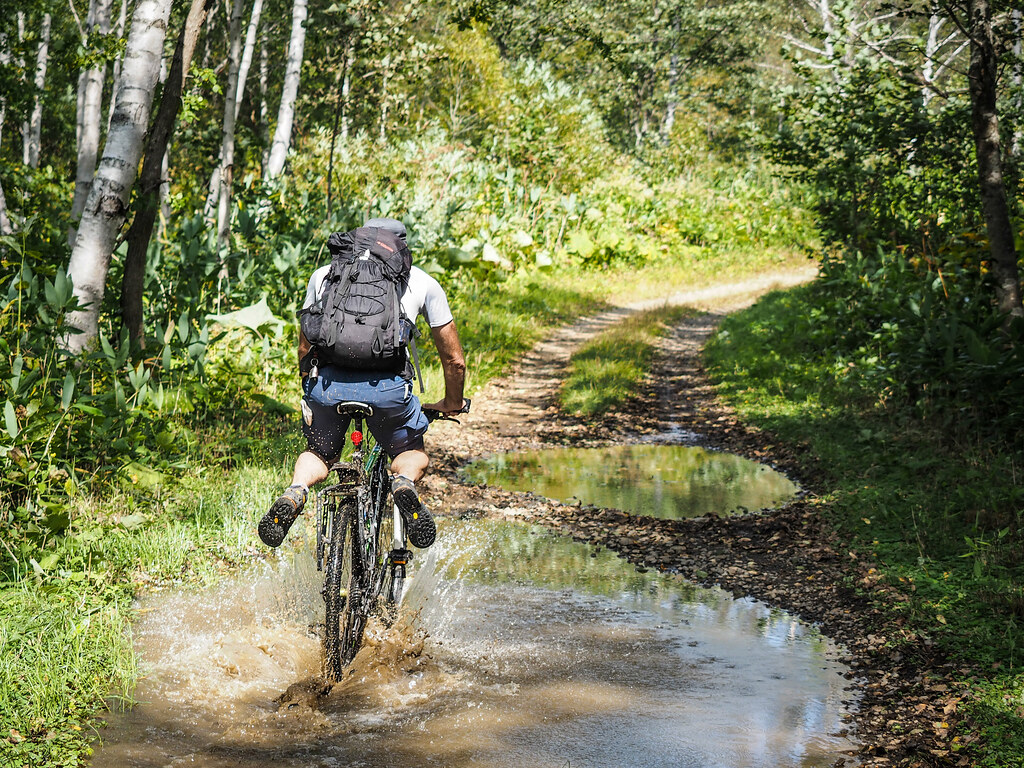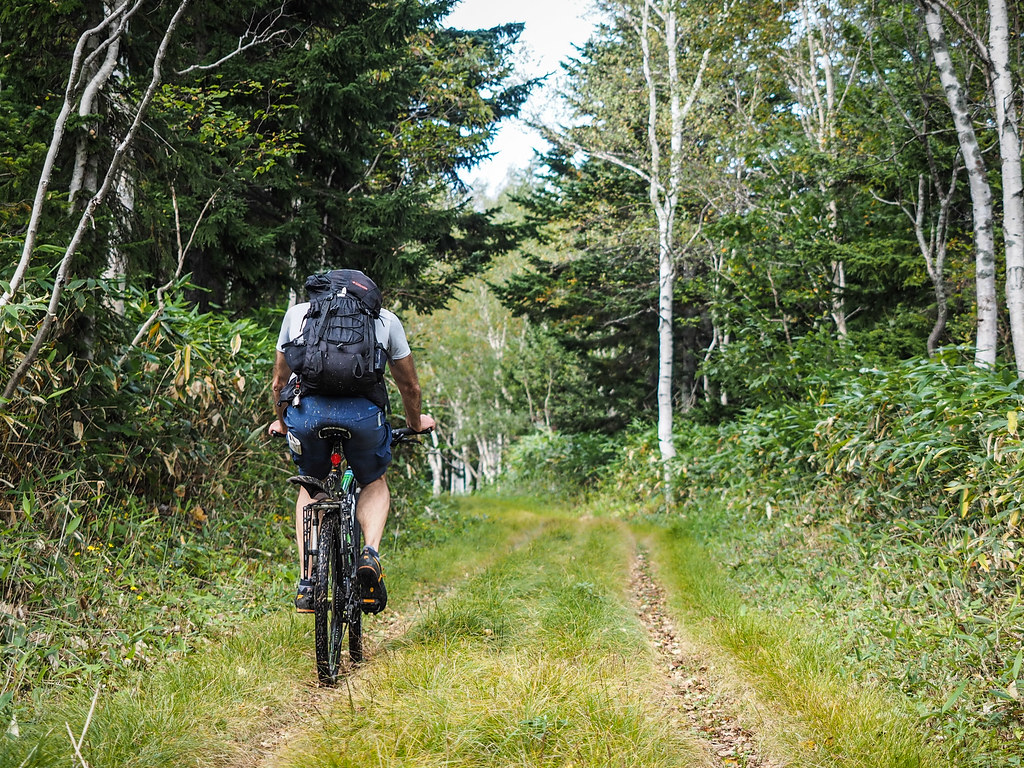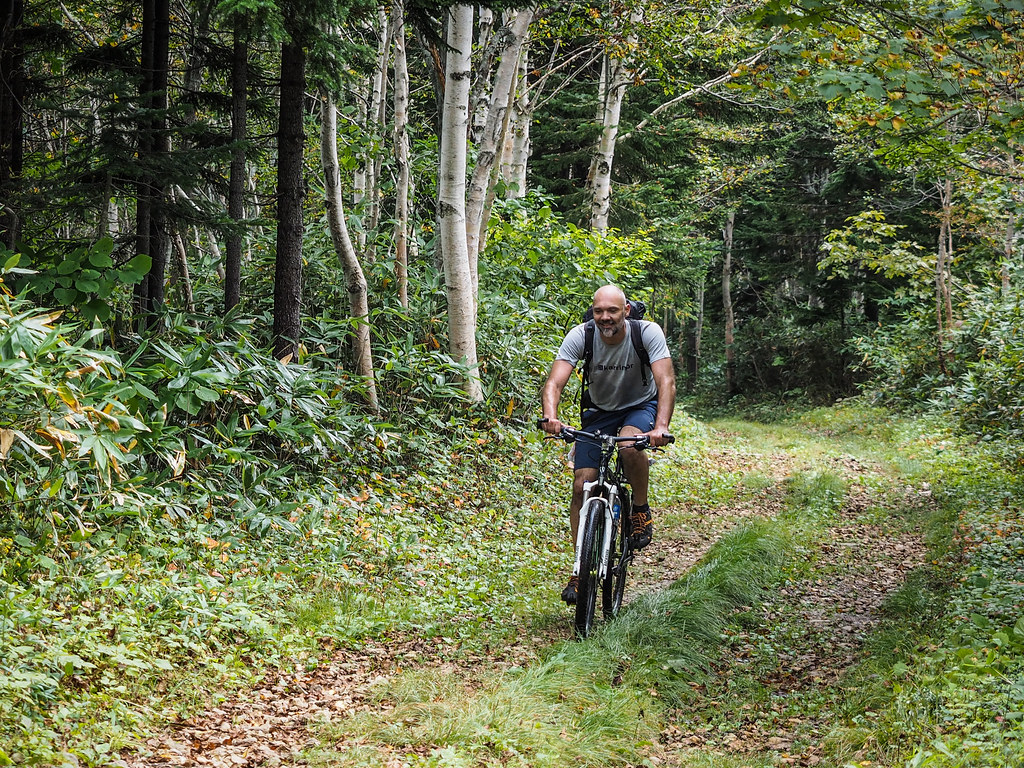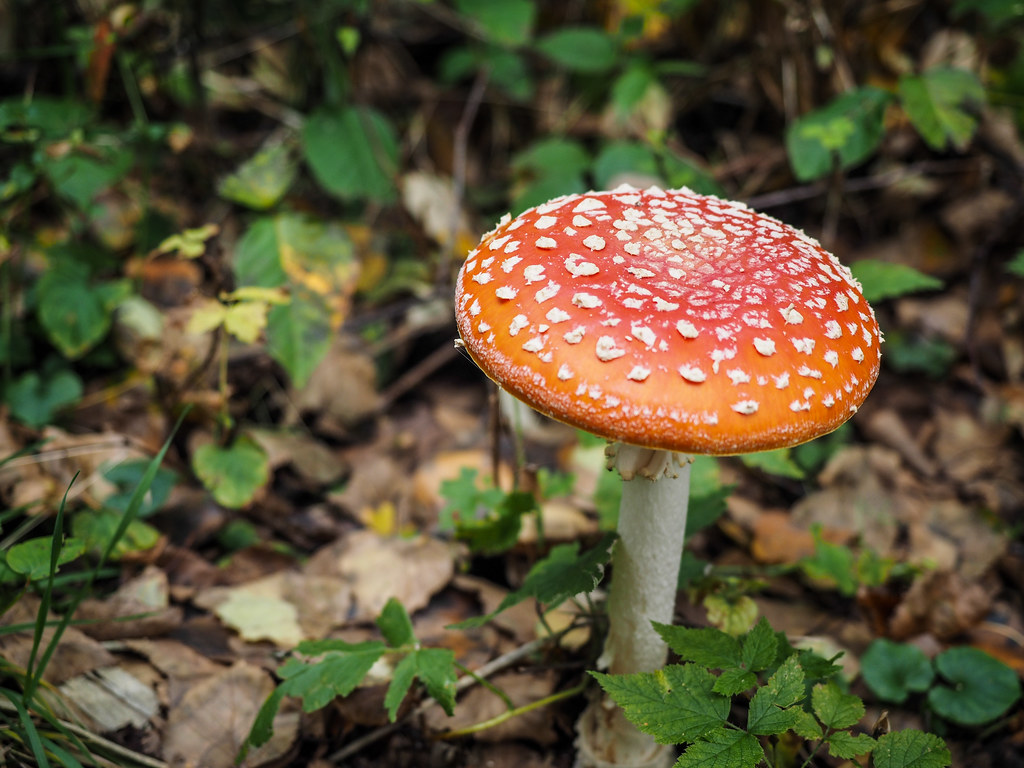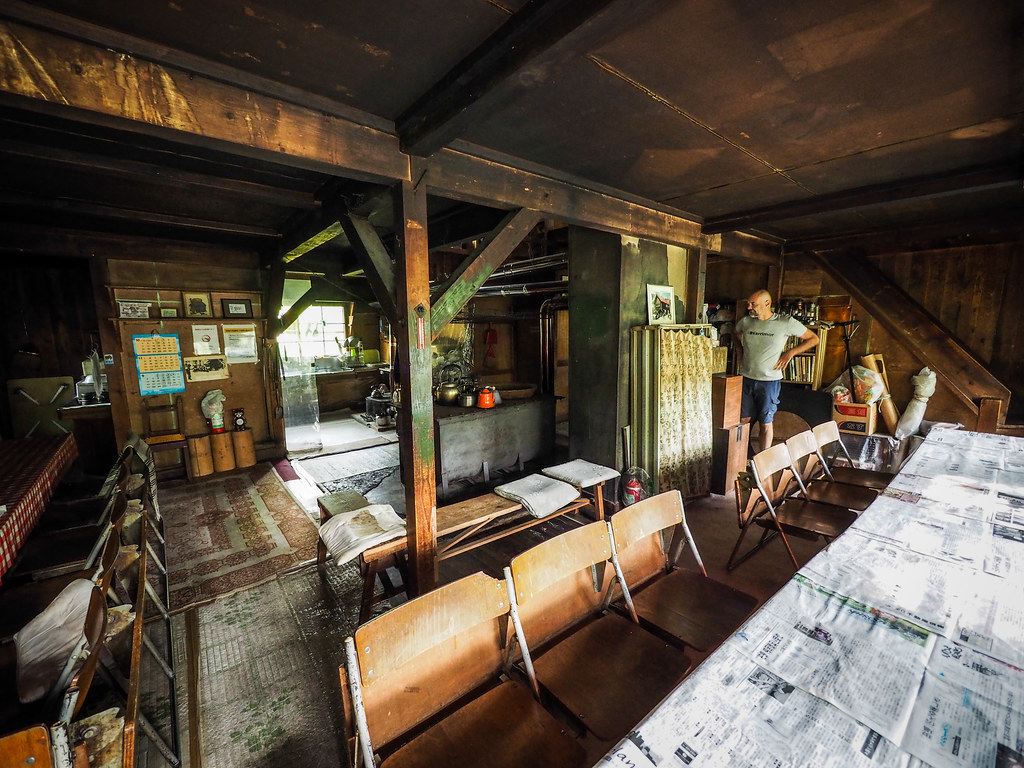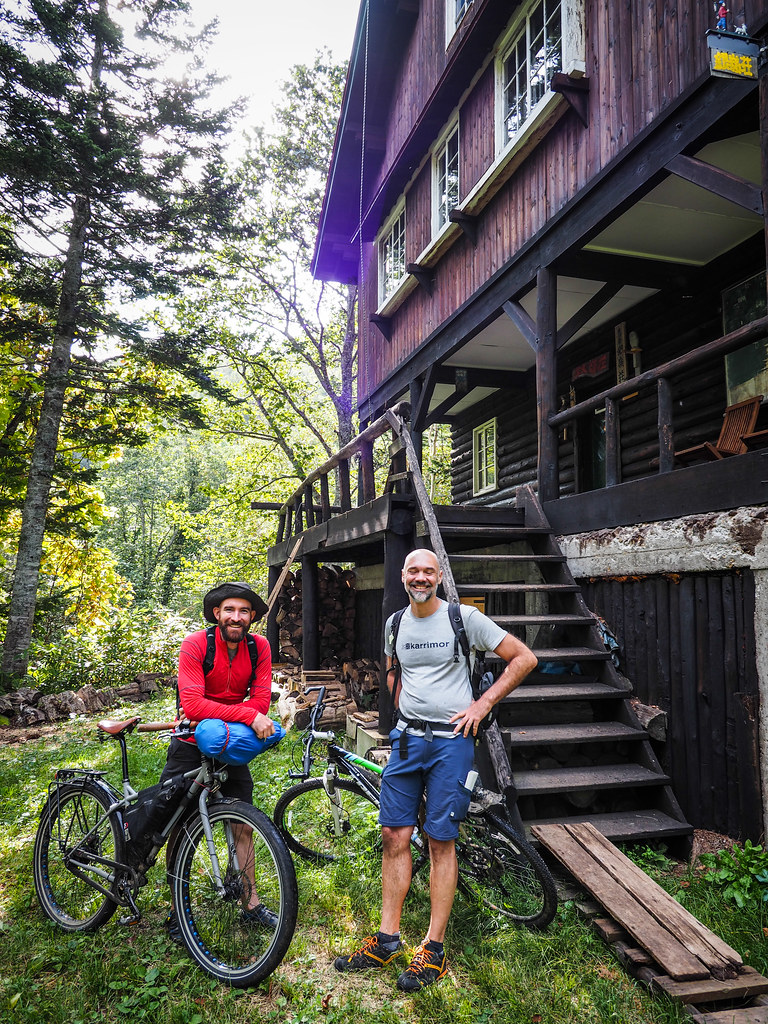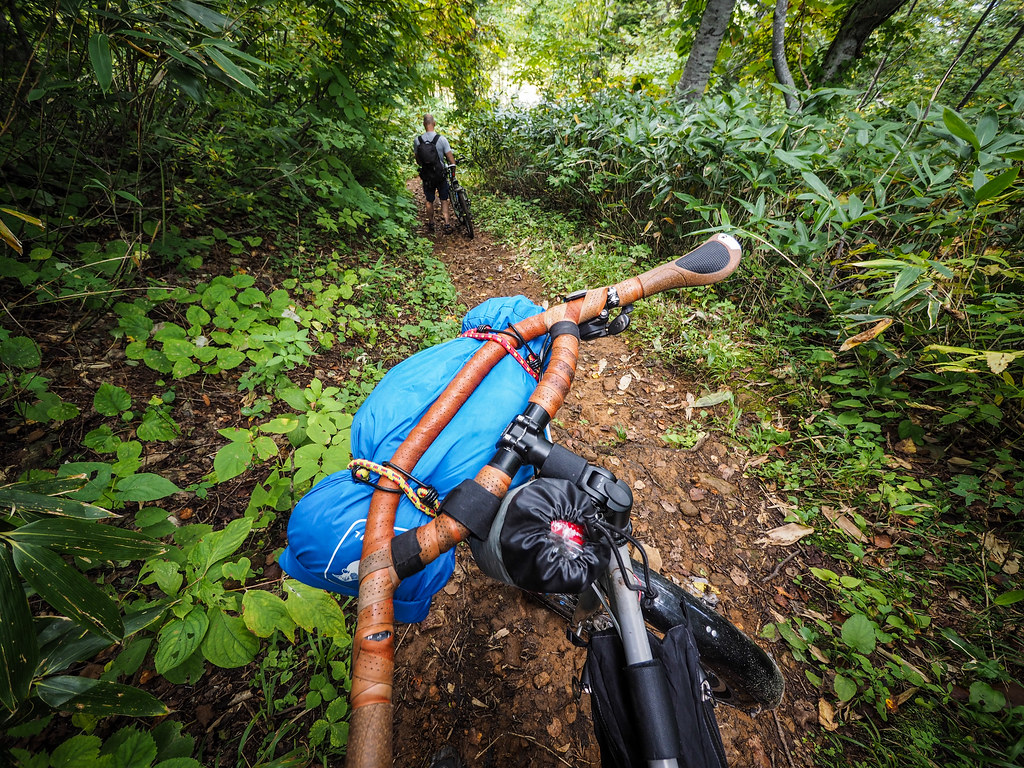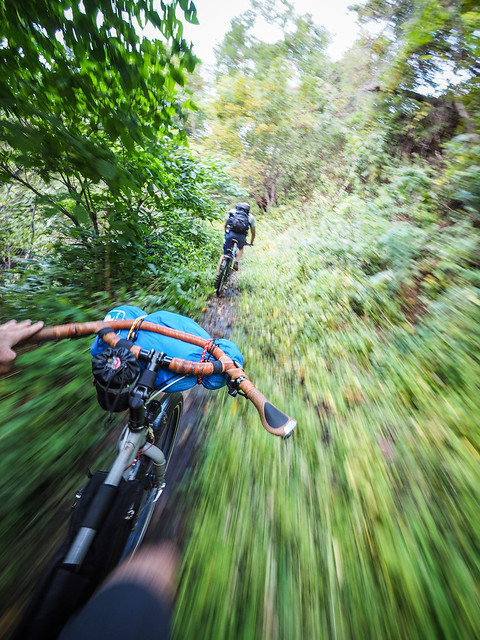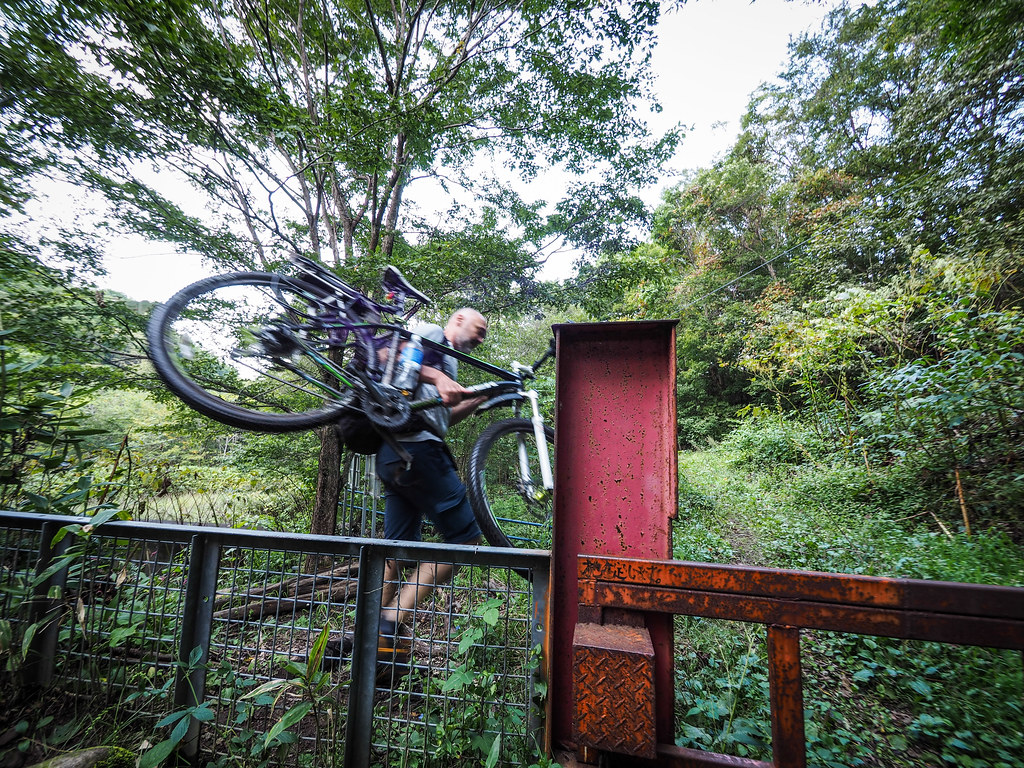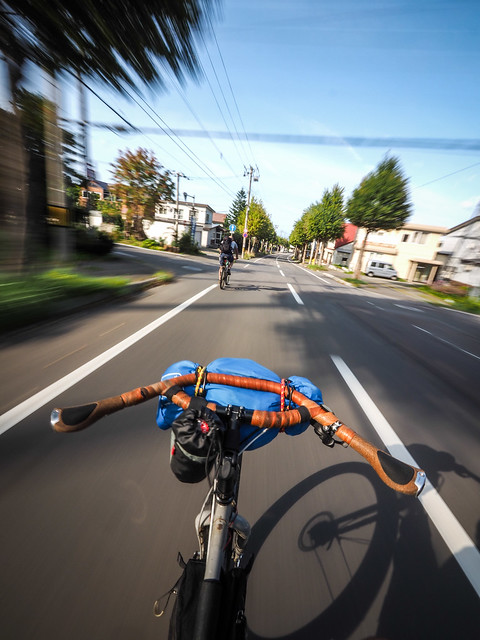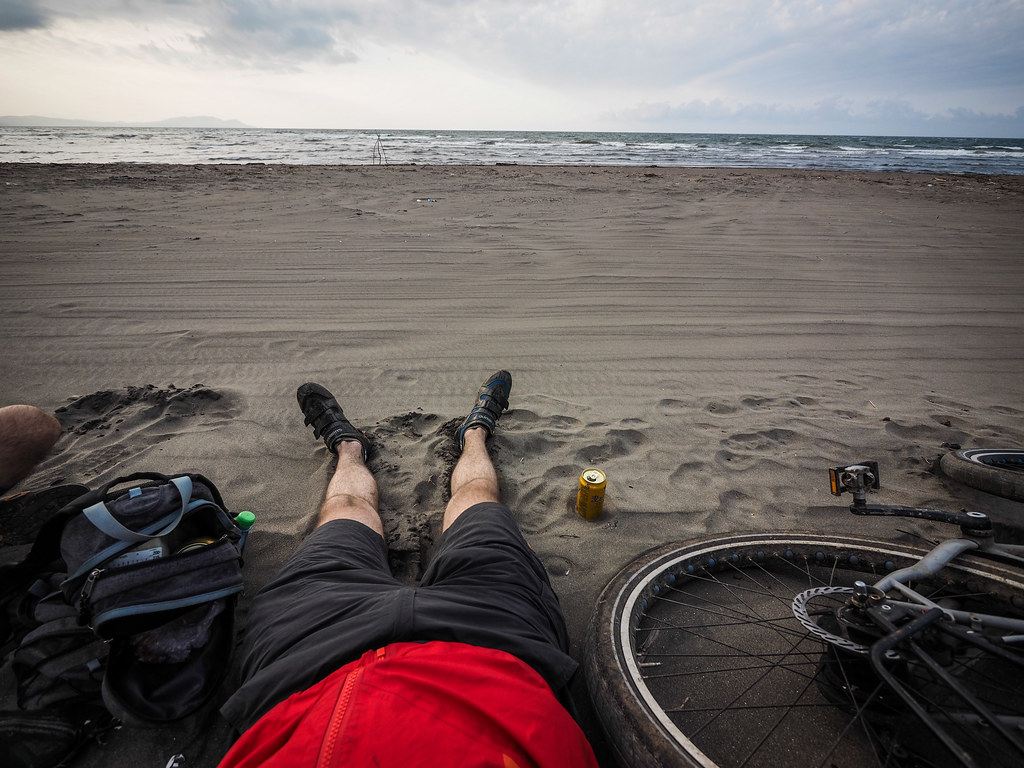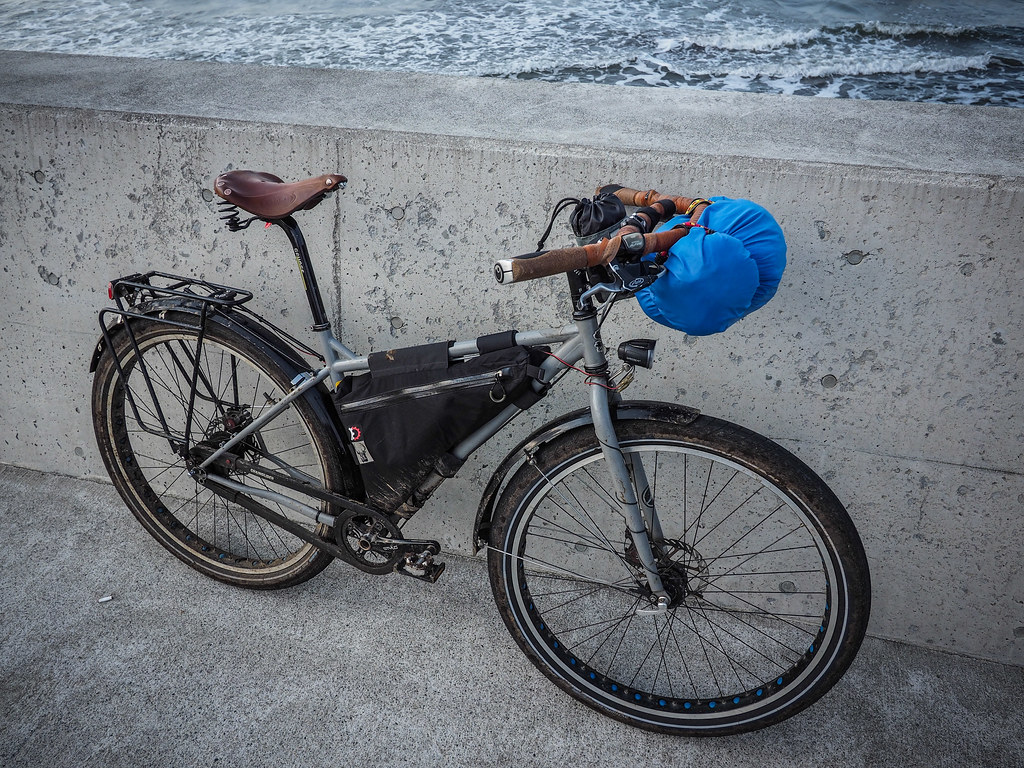Introduction
The vast majority of photos that I take are taken outdoors, during human-powered adventures. My style of photo in particular is one that captures humans in natural environments, engaged in some form of movement or activity in those natural environments. It might be dusty, cold, raining, or snowing. Regardless of the conditions, I really appreciate a device that allows me to capture crisp, clear images (and footage) of what it means to experience a human powered adventure.
There are plenty of cameras that would fit the bill. But I value one that is also light weight and compact. I’ve always admired the images produced by full frame DSLR cameras and their large, high quality lenses, but the prospect of having to lug the weight of such a system up a hill either on a bike or on my back does not particularly appeal.
Enter the mirrorless micro four-thirds camera system. Cameras that use this system have a sensor that is half the size of a full frame camera, and they don’t have an optical viewfinder that requires a bulky mirror system inside the camera body. The size of the sensor also dictates smaller lenses than their full frame counterparts. This means smaller camera bodies and smaller lenses.
So almost two years ago, I jumped in the deep end and bought an Olympus OM-D E-M1 camera body (pictured above with the Olympus 12-40mm f2.8 lens). At the equivalent of around US$1,000 at the time, this was a big purchase. But I’d already spent the preceding few years using a second-hand, first-generation micro four-thirds camera, the Panasonic Lumix GF1. I loved the small size of the GF1, and liked the ability to use old cheap lenses on it with an adapter. But the lack of weather proofing made using the camera in all outdoor conditions difficult, and the only option for image stabilization was to use lenses with image stabilization. When using old manual lenses from the late 1990′s, it was difficult to get a crisp shot in low light.
The Olympus OM-D E-M1, with its weather resistant, shock resistant, freeze-proof (to an extent, see below) body, complete with in-body stabilization, was a very promising proposition. It has now been almost two years since I bought it, and here’s my long term thoughts about it, from the perspective of seeking a quality camera for adventure photography.
Review – the good stuff
Basically, the camera is incredible. It is much more advanced than my current photography skills, and it does everything I want it to do, with clear, sharp images, and great dynamic range for a small-ish sensor. I have no major beefs with the image quality. So, I will start the review with several features that I really love about the camera, and end with some things that I wish the camera had.
Weather sealing
When I am outdoors with the camera, the majority of the time I have the camera slung over my shoulder using a shoulder strap. Until recently, I generally didn’t use any sort of cover for the camera. The rationale behind this is that I always want really quick access to the camera for capturing images of people as they move through landscapes and scenes. As much as possible, I don’t want to ask people to stop what they’re doing so that I can get a camera out of a bag and set up a shot. So far, the camera has held up to the abuse of being carried like this across dusty gravel roads on a bicycle, through rain showers, and in heavy snow.
The Olympus OM-D E-M1 also boasts to be ‘freeze-proof’. Previous to moving to Hokkaido, the northern most island of Japan, I never really used a camera much in sub-zero temperatures (although it got pretty cold in eastern Turkey with my Canon G9 compact camera), so I don’t have anything to compare it to. But I can say that the camera does perform fine down to around -10 deg C, as advertised. Most of the timelapses below, filmed at the Sapporo Snow Festival in Hokkaido, Japan, were captured over periods of hours at a time, at below freezing, with no issues.
That said, I’ve experienced the shutter sticking closed on a number of occasions when using the camera on ski trips. Generally, conditions where the shutter seems to freeze shut are those where I’ve had the camera attached to me using a shoulder strap, the temperature is at or below -10 deg C, and the wind is howling. After half an hour or so of the camera being exposed to conditions like that, the mechanical shutter will stick, and only a couple of stiff blows to the camera will free it. The wind quickly sucks any warmth out of the metal body and lens.
I felt like this was a serious drawback of the camera, until 1) Olympus came out with Firmware Version 4.0 (which includes a full electronic shutter feature) and 2) that I had perhaps expected a little too much from the camera. I’ve since bought a neoprene soft case (the Hakuba PixGear SS cover) that still allows quick access and lets me carry the camera on a shoulder strap, but gives the camera much more protection from subzero winds. So far this extra protection seems to be helping to keep the shutter working.
Why not just use the electronic shutter all the time? The reason is that using the electronic shutter to capture moving subjects causes some distortion sometimes. This is called ‘rolling shutter’, like when you try to film outside a moving train’s window: vertical objects like power poles and trees appear as though they are bent. I don’t see nearly as much distortion on the OM-D E-M1′s electronic shutter, but when scrolling through consecutive images panning across a landscape, captured using the high speed continuous shot, you can see some distortion.
On one occasion at the top of Mt. Annupuri at 1300m (just after I took the picture below with the hiking skiers), with the ambient temperature at around -15 deg C and the wind howling at around 30km/h, the electronic viewfinder started to flicker a little. The camera had spent around 2 hours hanging around me on a shoulder strap, with no case. Pictures taken using the electronic shutter, however, came out fine.
In-body stabilization
One of the standout features of the OM-D E-M1 that I really appreciate is the in-body stabilization. In many cameras, the lenses have little motors built into them that compensate for the small movements of the hand when holding the camera. The sensor in these cameras are generally fixed and don’t move. In the OM-D E-M1 however, when the power is on, the sensor moves, acting as a 5-axis stabilization device. Apart from the advantage of suddenly being able to use old non-stabilized lenses as ‘stabilized’ lenses, the Olympus in-body stabilization is simply amazing.
I push the limits of this in-body stabilization most frequently when taking photos while riding my bicycle. I love to capture the sense of speed of flying downhill, which requires taking a photo at a fairly slow shutter speed. I’ve found that in general, I can capture photos such as the one above at speeds as slow as 1/10 of a second, so long as I have the camera set to high-speed continuous shot, and just point the camera at the subject, hold the camera as stable as possible, and take up to 20 photos in succession. Usually a few shots will come out with the subject nice and crisp, with some great speed blur. This requires me to ride no-hands, with both hands holding the camera steady. A shutter speed of 1/30 of second produces more reliable results when shooting one-handed. And of course, for the best speed-blur shots, the wider angle the lens the better.
It is not only when moving that I realize the benefit of the stabilization. I can take hand-held shots with a shutter speed as slow as 1 second and still get usable results.
Live Composite feature
The Olympus OM-D E-M1 camera has a special long-exposure feature called Live Composite, mainly for night time photos such as capturing star trails. When this setting is engaged, the camera first takes one photo, and then takes a succession of other photos over as long a period as the user wants. All these photos are then merged together. The amazing thing is that with this feature, the camera only merges the bits of the successive photos that have changed in brightness. This way, it is possible to have a long exposure effect where it is possible to capture the movement of stars, without buildings and trees etc in the foreground becoming too over-exposed.
I’ve not used this feature all that often, but when I have, it produces great results.
Massive selection of lenses
For my camera I own the following lenses: Olympus 12-40mm f/2.8 PRO (weather sealed), Panasonic Lumix 7-14mm f4, Panasonic Lumix 20mm f1.7, and a number of old Canon FD lenses (50mm 1.4, 135mm f2.5, 200mm f4) using a Canon FD to micro four-thirds adapter.
In reality these days, for outdoor adventure use, I find the two zoom lenses (Olympus 12-40mm and Panasonic 7-14mm) to be the most versatile. I rarely take any of the prime lenses with me on trips any more. Primes are fun, and restricting oneself to one focal length can force artistry. But I find that zoom lenses are the way to go when zooming with your legs is difficult (picture yourself 50 meters away from someone who is moving away from you, in waist-deep powder, and you want to take a picture of them). The two zooms that I do have are beautifully sharp and have great contrast. If the 7-14mm Panasonic lens was weather sealed, then it would be perfect (I know that Olympus has a 7-14mm PRO lens that is weather sealed, but it is relatively massive and weighs a ton).
Aside from what I own, there is a growing selection of excellent lenses to choose from. As much as I don’t use primes much these days, I think my next lens acquisition would be the Olympus 75mm f1.8 lens. That is a very sharp and bright lens!
Review – the stuff that could be improved
Video quality
The video quality on the OM-D E-M1 is perfectly usable. But, it is way out of the league of Panasonic’s offerings. I don’t necessarily need massive resolutions such as 4K, but I do wish it had a 60fps option, and higher bitrates. That said, it still produces some nice footage. The two videos below are ones that I shot on the OM-D E-M1.
Dynamic range
I’m not sure if this is something that can realistically be improved much, beyond the quality of the Olympus OM-D E-M1, on a micro four-thirds sensor. Olympus really gets the most out of a relatively small sensor. But I still drool over what a full frame mirrorless camera like the ones by Sony produce. I still feel like there are situations where a full frame sensor would outperform a micro four-thirds camera on dynamic range. That said, if you’re OK with fiddling with the RAW files, it is possible to improve things a little.
Overall impressions and final remarks
I am happy with the combination of compact size, low weight, and amazing image quality that the Olympus OM-D E-M1 offers. The range of lenses available, as well as its ruggedness for adventures in the outdoors, is fantastic. And you cannot beat the in-body stabilization. I do find myself drawn in the direction of the Sony Alpha 7 series of cameras, due to their full frame sensors, but the added weight and bulk of their full-frame sized lenses put me off. At this point in time, I feel like the Olympus OM-D E-M1 is the ultimate camera for human-powered adventures.







